17 Of The Most Beautiful Steps Around The World
Street art is gradually coming to be accepted as a legitimate and wonderful art form by more and more people, but that doesn’t mean that street artists can rest on their laurels – they continue exploring with new ways to exploit public surfaces and cover them in beautiful art. This post is all about street artists and regular people who have decorated something that most of us probably wouldn’t think of decorating – public outdoor steps.
Much like the hidden street art of Zebrating, most of these pieces can only truly be appreciated when viewed from a certain vantage point. They may seem like random splashes of paint to someone actually climbing those steps, but someone looking at them from below will see the artist’s full vision. If they’re long enough, someone ascending the steps will see the image and see how it stretches and twists as they approach it. Of course, not all of them have to form images – some are simply colorful decorations that make the neighbourhood a more uplifting place.
Quite a few of these pieces were born out of community efforts, which also shows a growing worldwide acceptance of street art. When the Rainbow steps in Turkey were first painted over by the local government, nearby communities responded by painting their own steps as well in solidarity. The mosaic steps in San Francisco were created by more than 300 local people under the careful guidance of a couple of artists.
Are there any similar steps in your city that are worth sharing? If not, hopefully these images will inspire you to get your community together and paint your steps together!
1. 16th Avenue Tiled Steps, San Francisco

Image credits: yellofish.tumblr.com
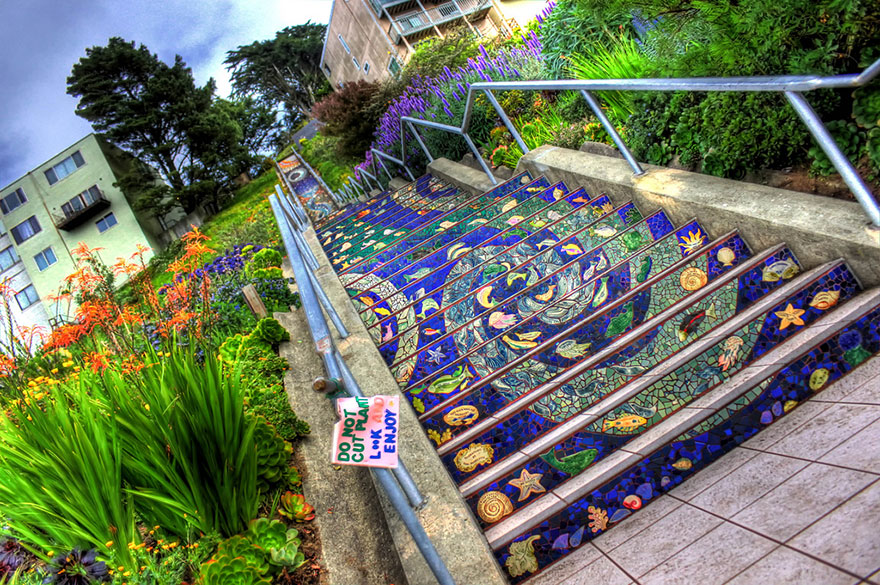
Image credits: Jordan Wong
2. Valparaíso, Chile
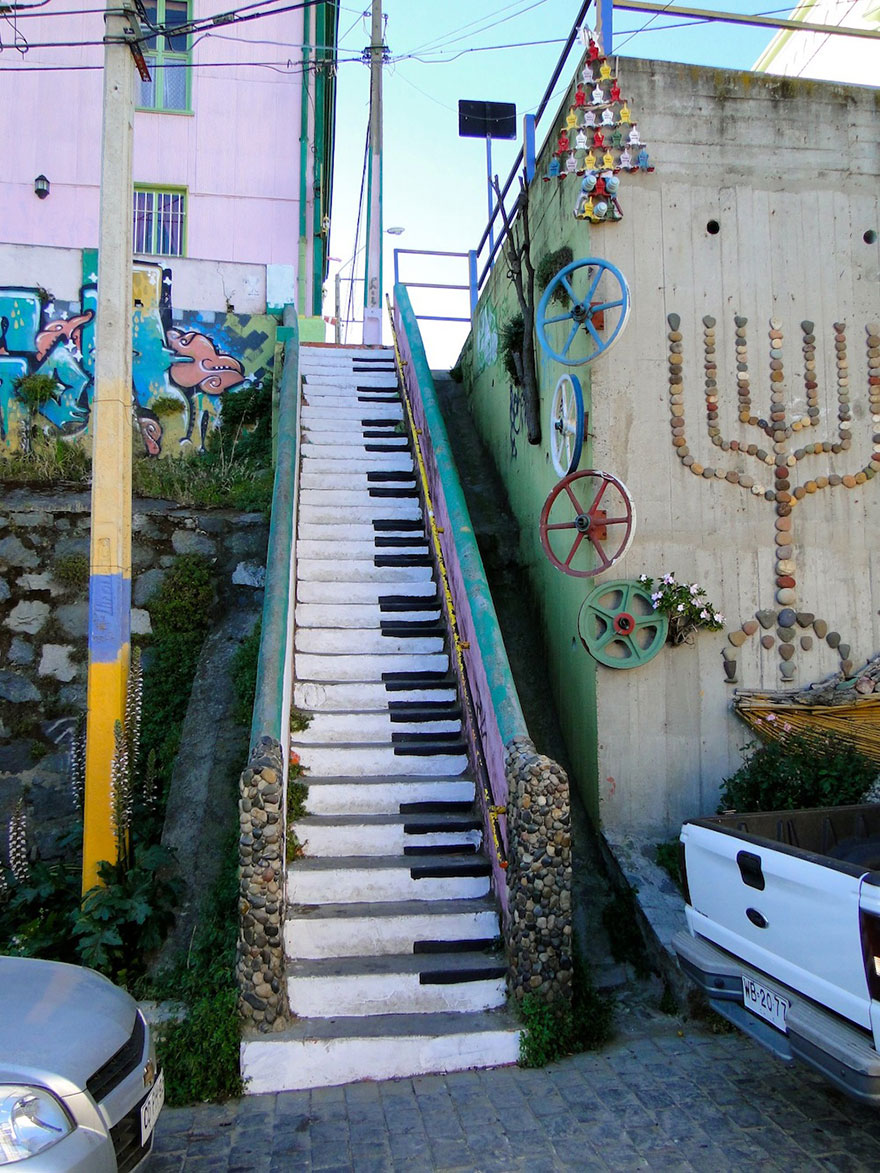
Image credits: Jean-BaptisteYunis
3. Philadelphia Museum of Art

Image credits: rleigh
4. Valparaíso, Chile
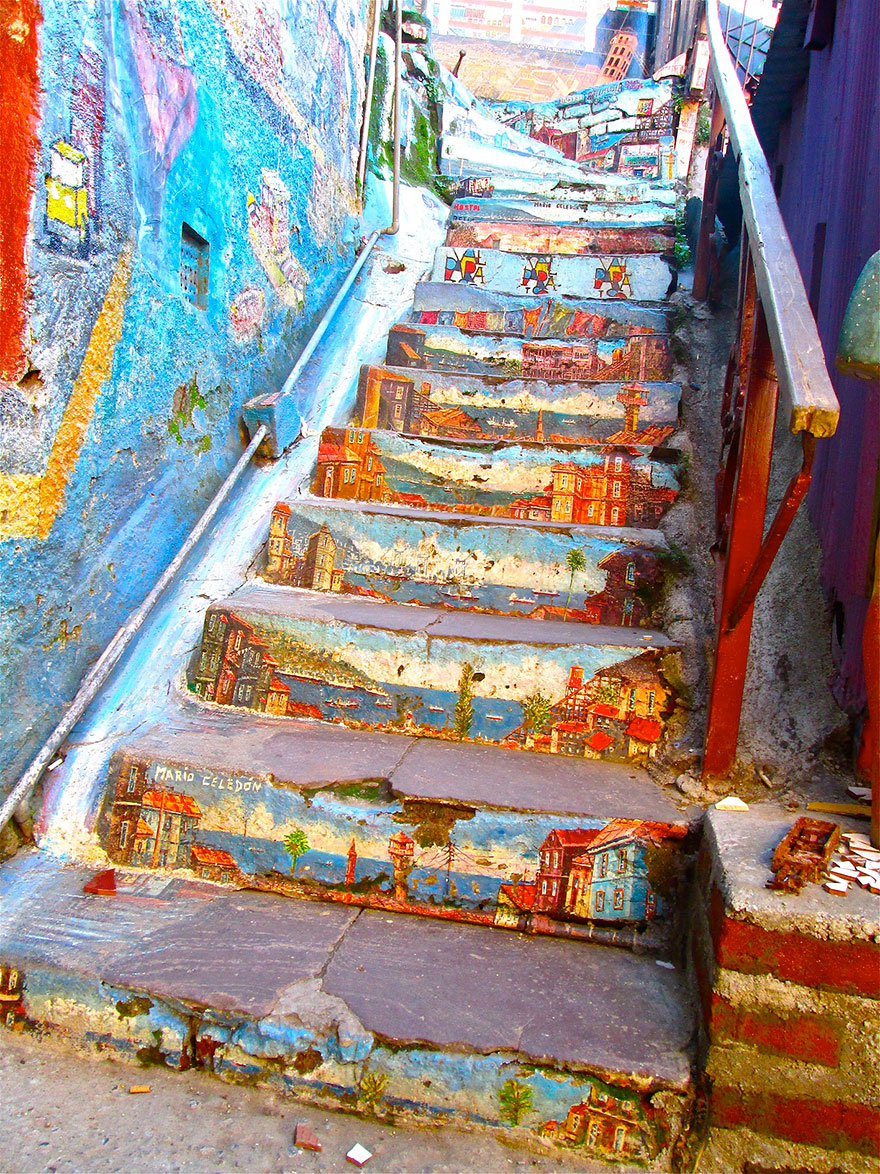
Image credits: oueduabroad.wordpress.com
5. Seoul, South Korea

Image credits: Kevin Lowry
6. Wuppertal, Germany
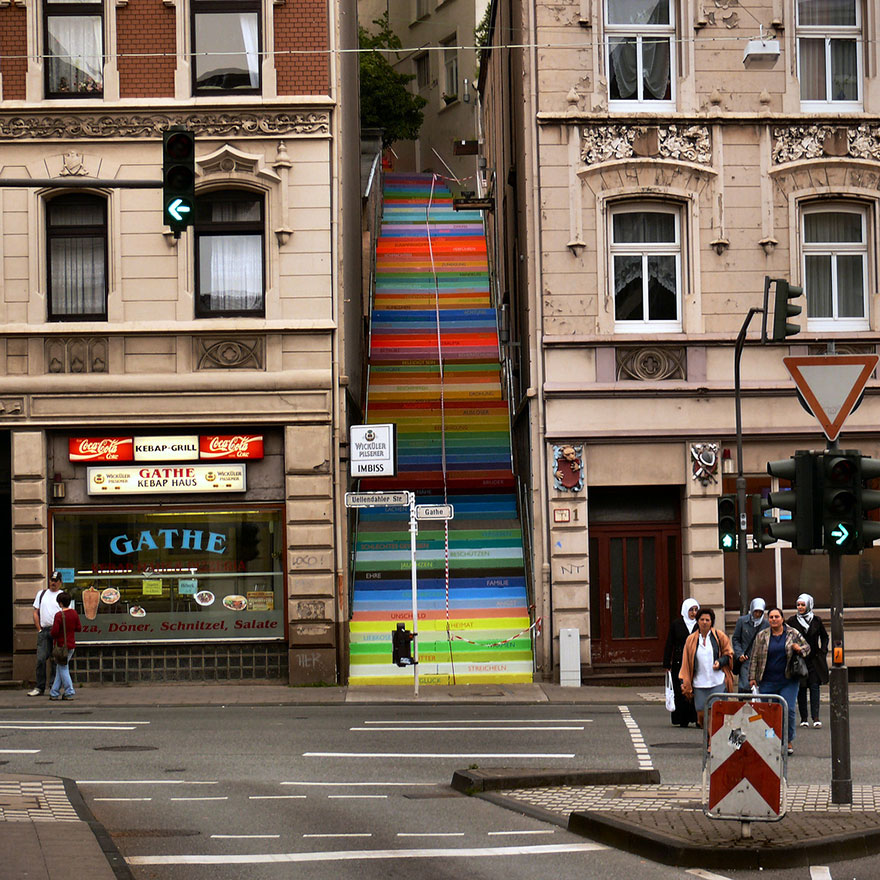
Image credits: frizztext
7. Sicily, Italy
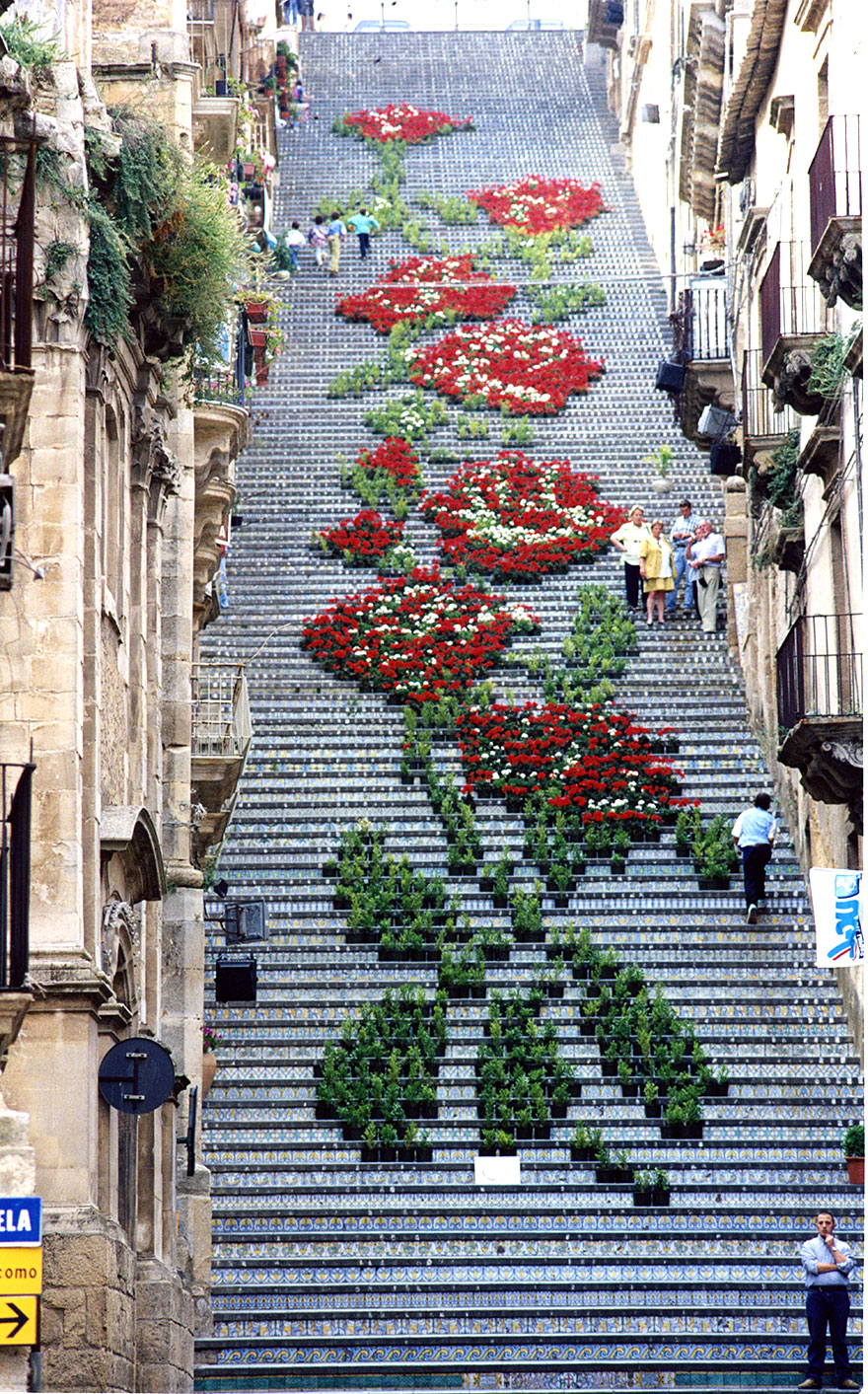
Image credits: Andrea Annaloro
8. Rio de Janeiro, Brasil

Image credits: jr-art.net
9. Beirut, Lebanon
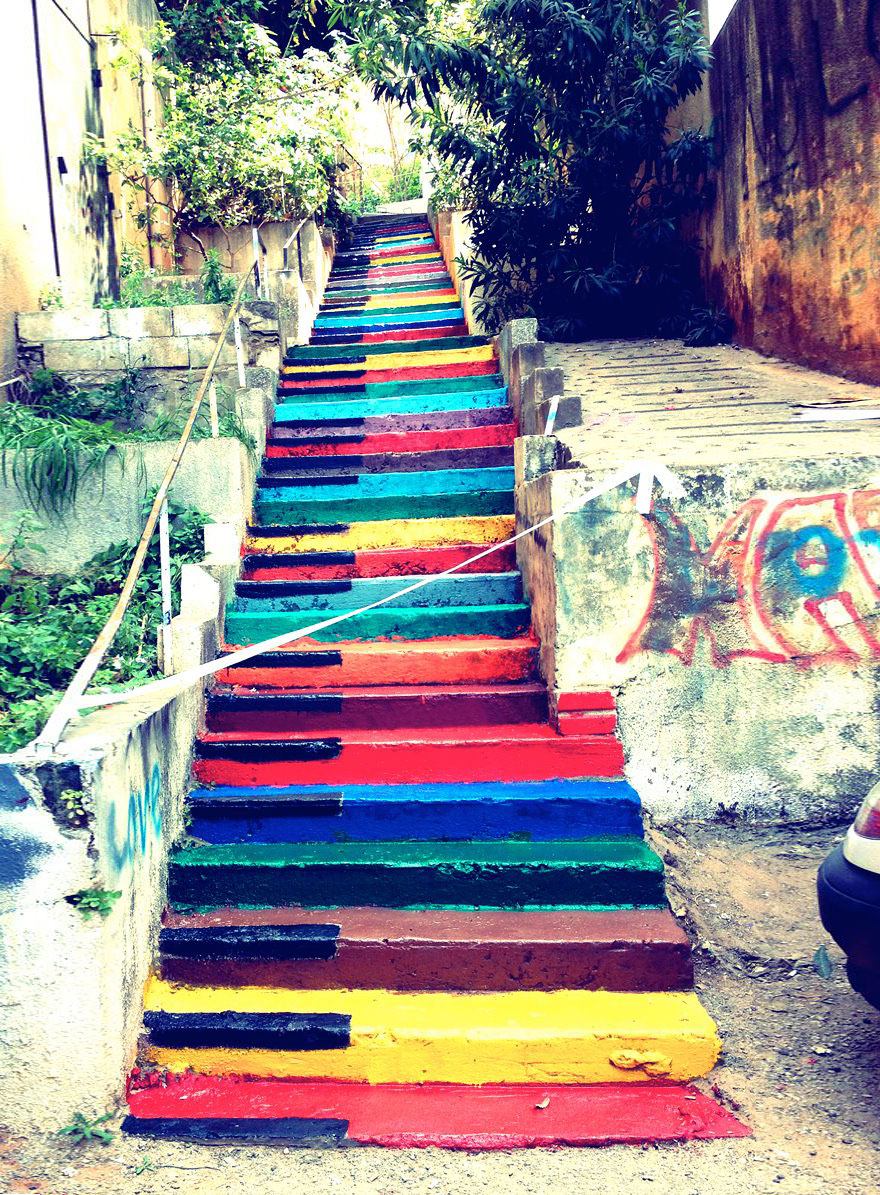
Image credits: Jubran E. Elias
10. Stairs to the musical theater in Seoul, South Korea

Image credits: Kimhwan SEOULIST
11. Stairs of Peace in Syria
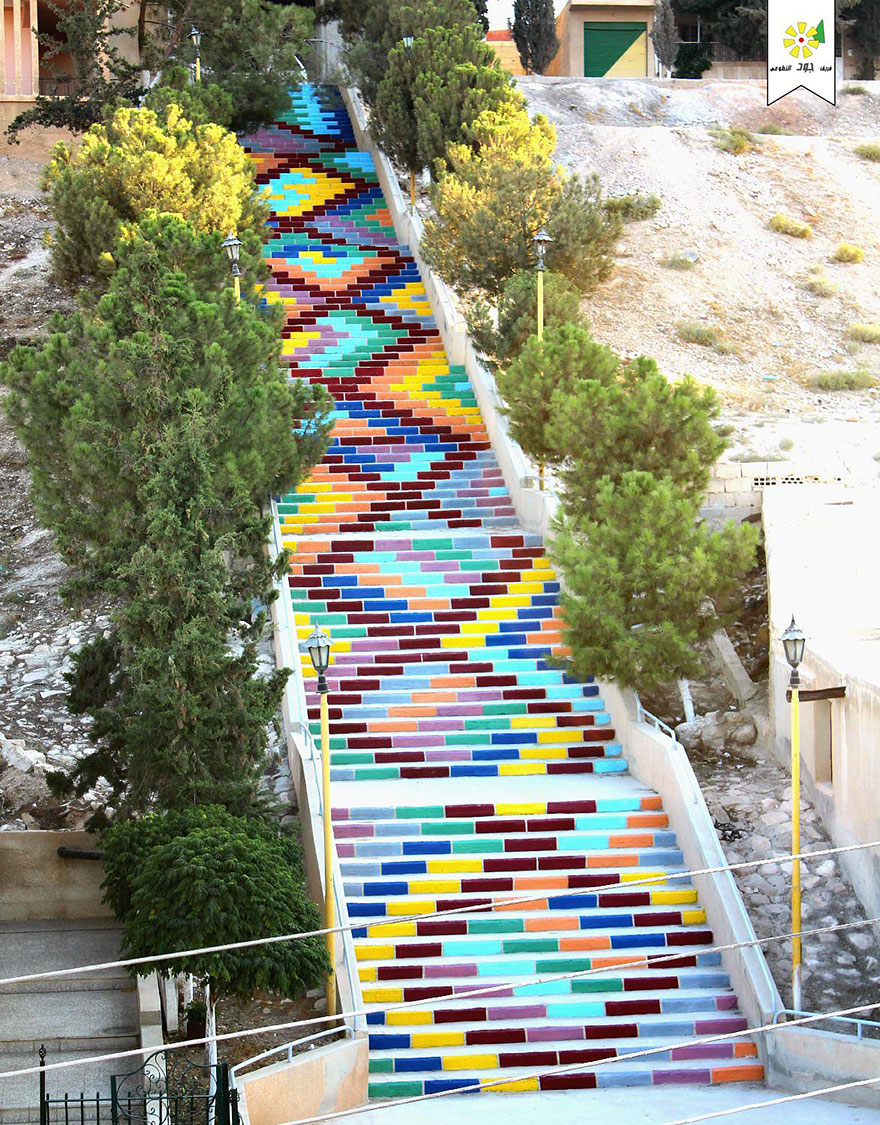
Image credits: Jood Voluntary Team
12. Rio de Janeiro, Brazil
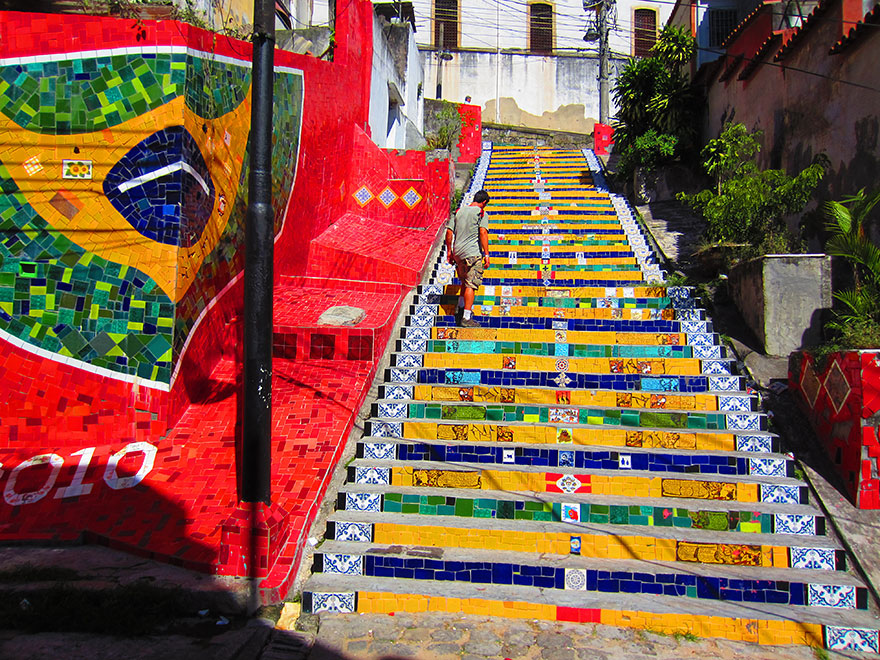
Image credits: justin-travels.com
13. Angers, France
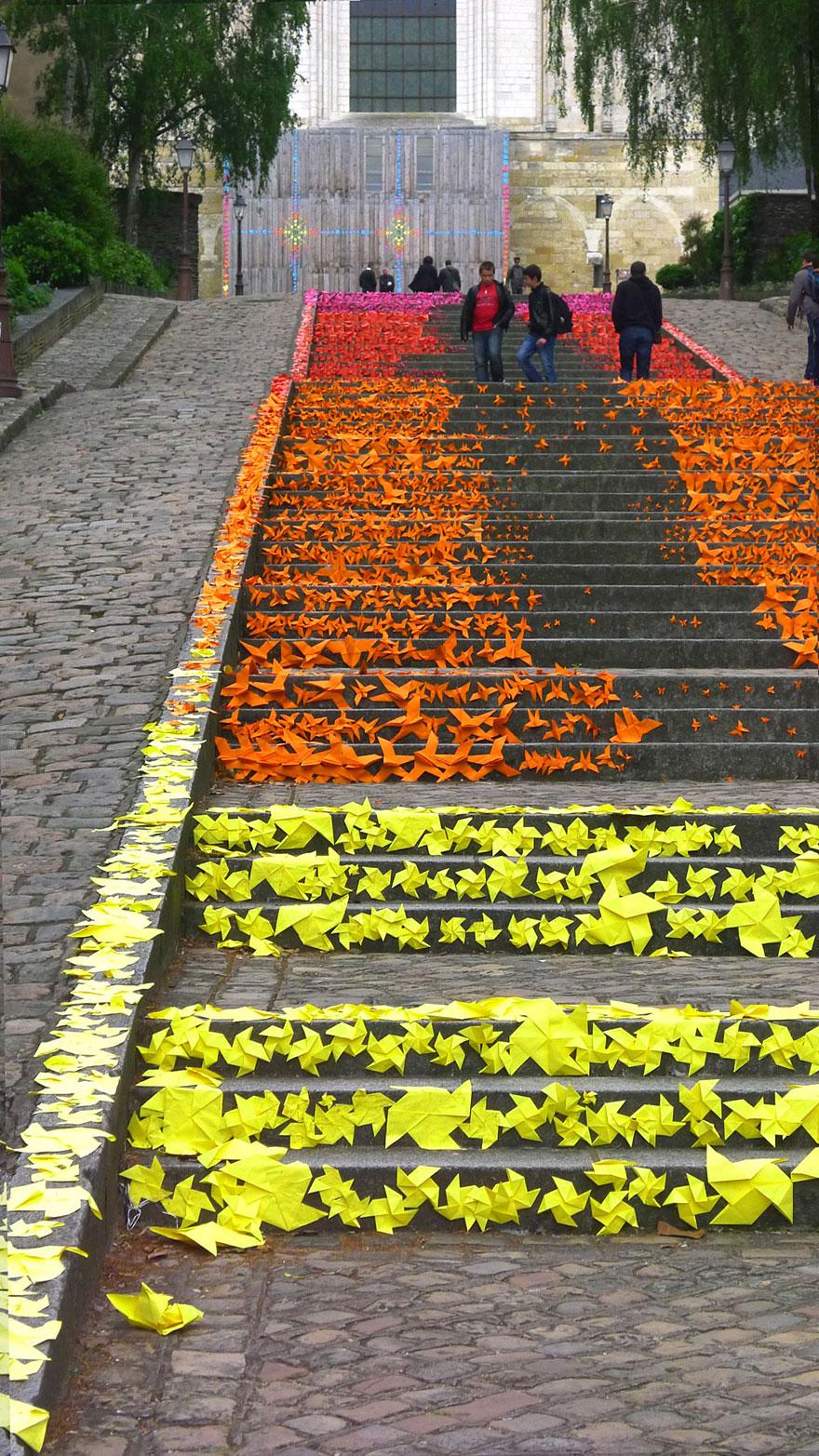
Image credits: Mademoiselle Maurice
14. Istanbul, Turkey
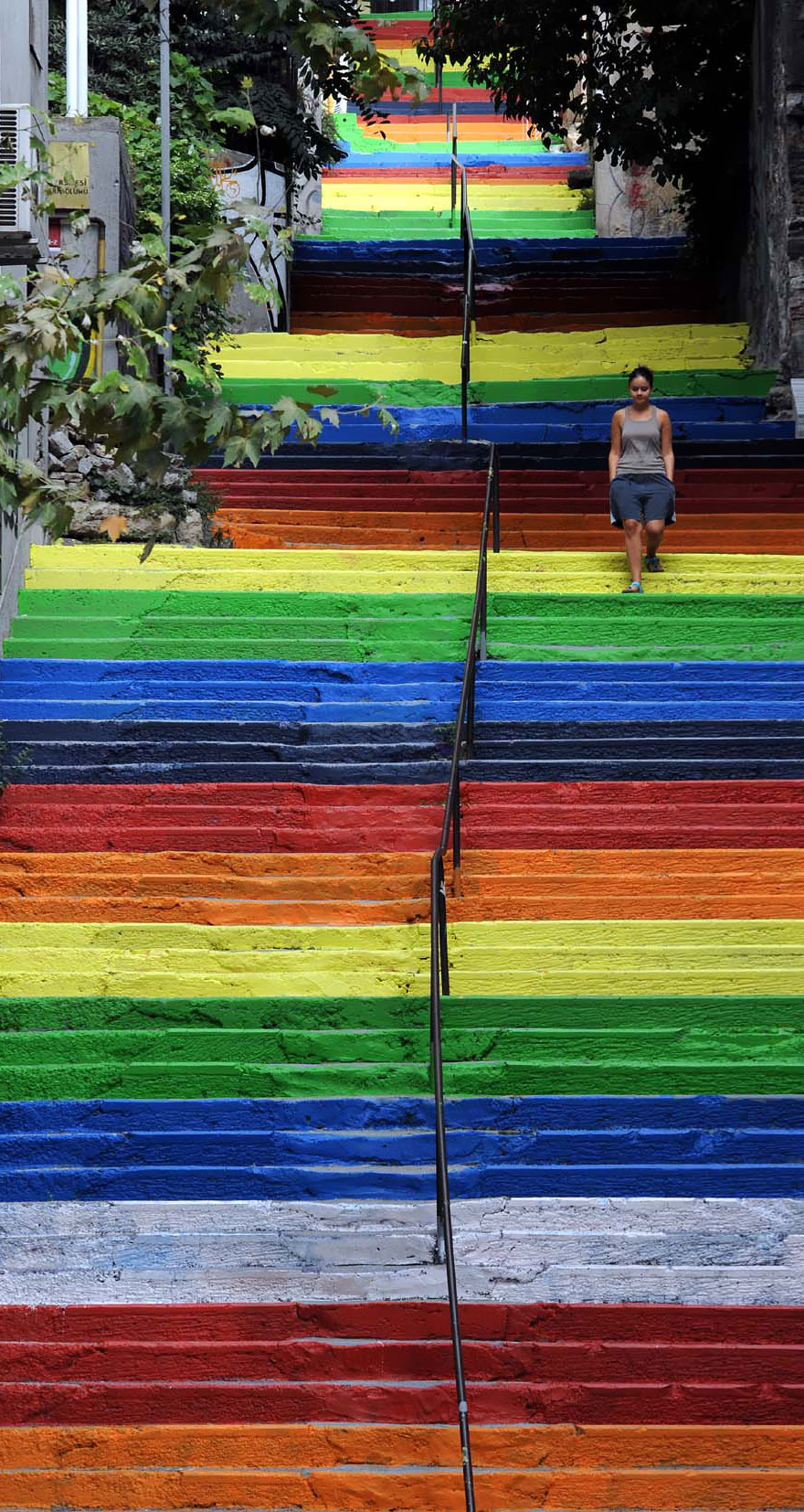
Image credits: DHA
15. Morlaix, France

Image credits: ZAG
16. Tehran, Iran
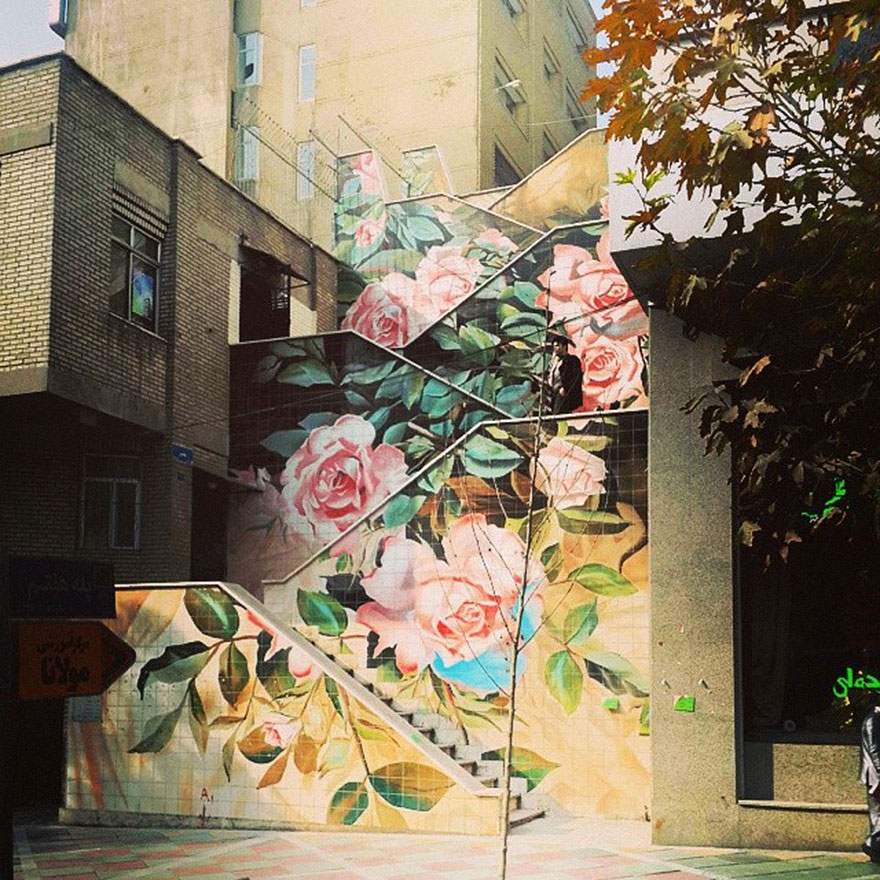
Image credits: farsizaban.tumblr.com (thank you Lijne Kreupeling for the suggestion!)
17. Beirut, Lebanon
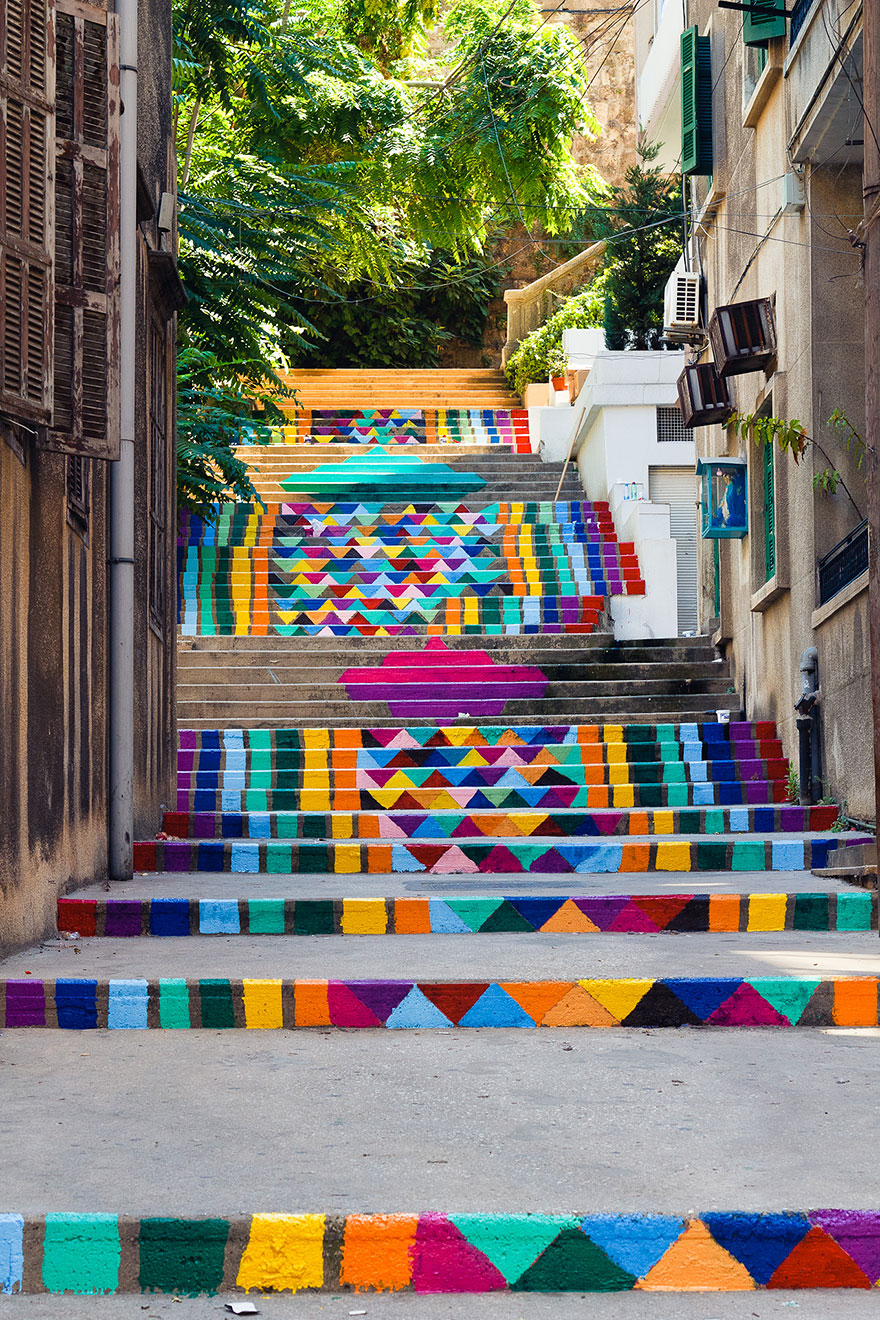
Image credits: Dihzahyners Project
33 First-World Anarchists Who Don't Care About Your Rules
The world relies on rules and regulations to run in an orderly fashion. But there’s a few people out there who are rebels. They won’t follow your rules – they’re their own masters. This post is for the first-world anarchists – the revolutionaries who don’t care about your rules.
OK, so maybe they aren’t REALLY rebels, but these pictures are still hilarious. Most of them involve finding some sort of public notice that announces a not-all-that-important rule or request and then blatantly violating it. My personal favorites are the ones that interpret a given warning differently than it was intended – when they wrote “No Diving” on the side of that pool, I’m sure they didn’t mean “No Scuba Divers Allowed.”
Whether you’re a lover of law and order or a rebellious outlaw, check out these images and let us know if you have any of your own!
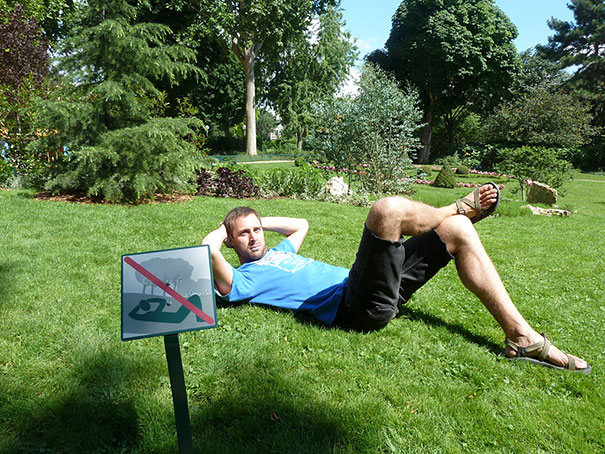
Source: willrl.com

Source: imgur


Source: gamingmasters.org

Source: lowbird.com
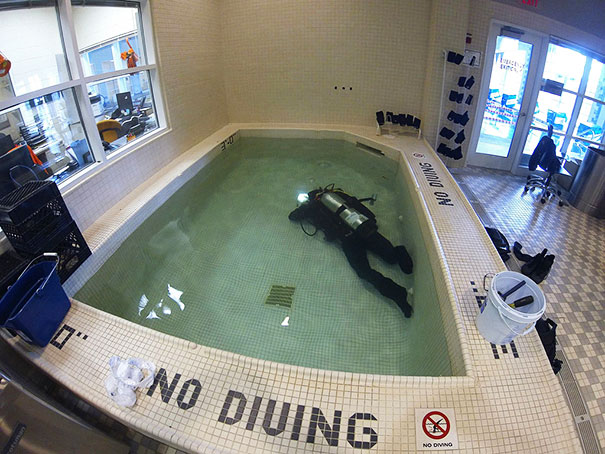
Image credits: Kirtsky

Source: imgur

Source: imgur

Image credits: Pam

Source: imgur

Source: imgur
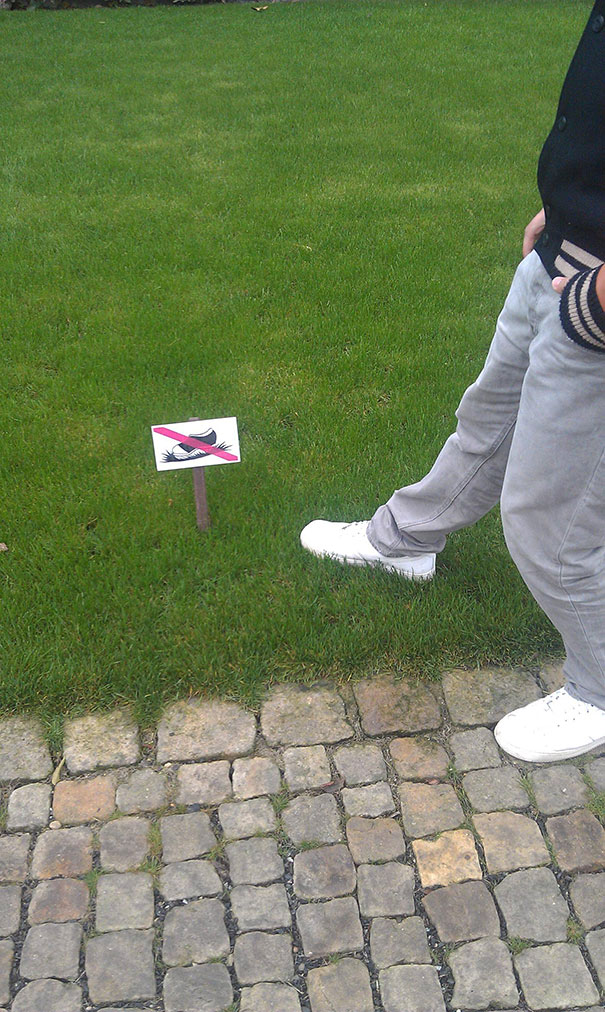
Source: imgur

Source: imgur
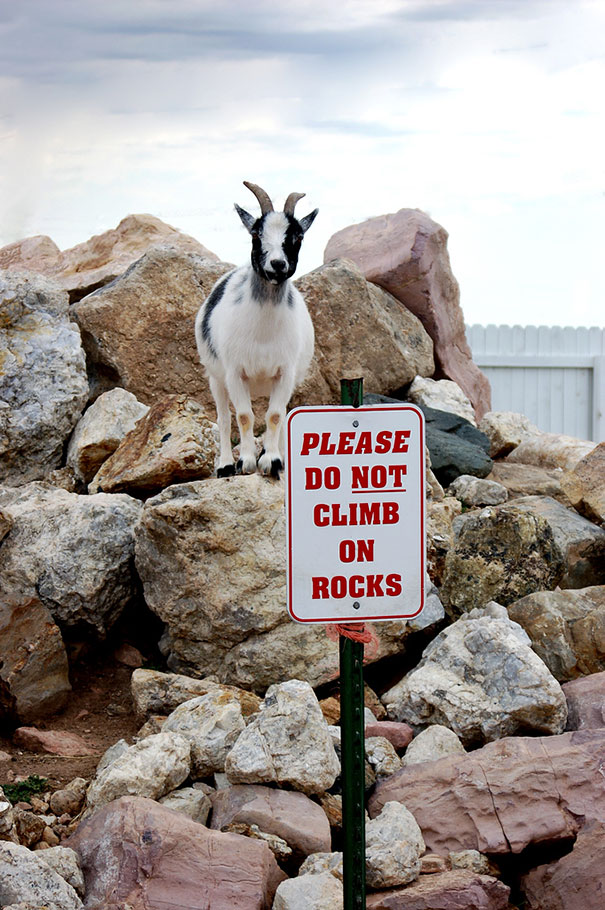
Source: daily-goat.tumblr.com

Source: imgur

Source: thesun.co.uk
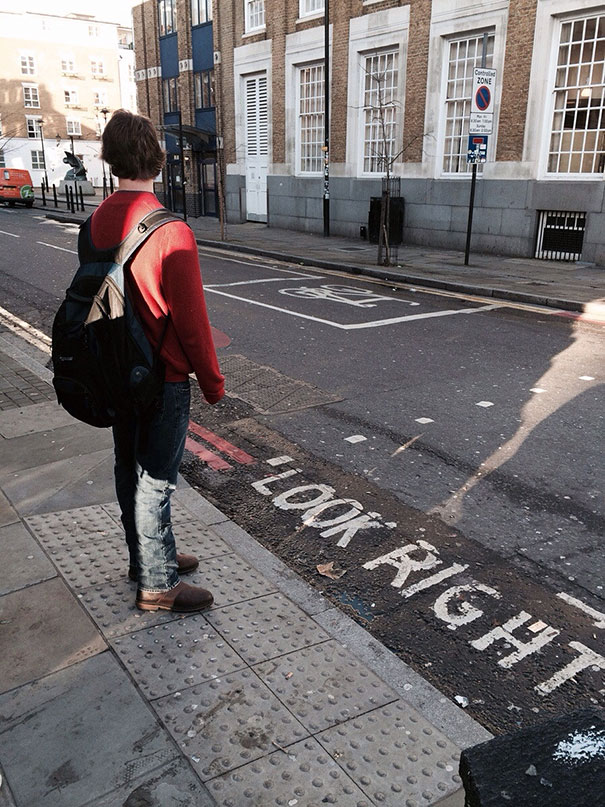
Source: imgur

Image credits: unknown

Source: imgur

Source: imgur

Source: imgur

Source: imgur
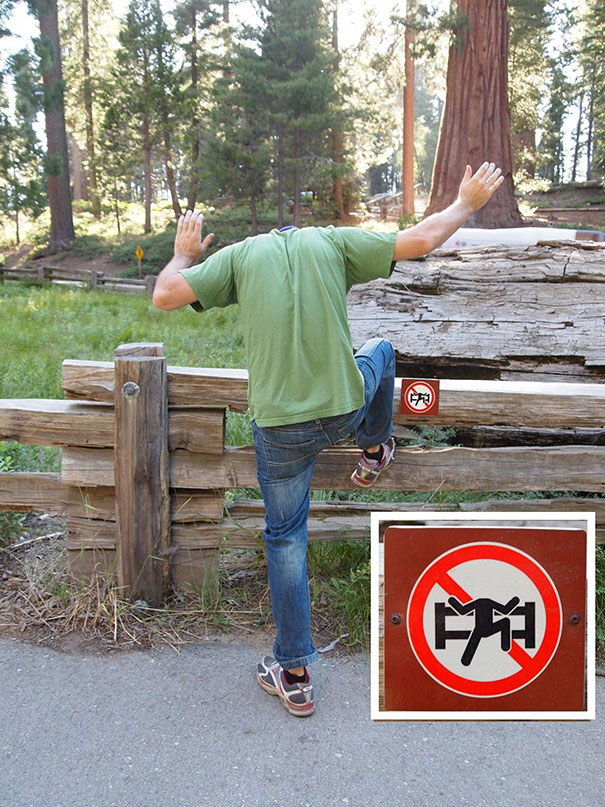
Source: fundir.org

Source: imgur

Source: imgur

Source: imgur

Source: imgur


Image credits: unknown

Source: imgur

Source: imgur

Source: imgur


Source: imgur

Source: franciscotrindade.blogspot.com
20 Of The Best Cities To See Street Art
We see a lot of street art posts on Bored Panda, but where is the best street art actually made? Where can we see it? To answer these questions, we collected a list of some (not all!) of the best cities in the world to see street art in.
On the surface, there’s only one thing linking all of these cities – their residents (and the travelling star street artists that visit) have a propensity for decorating their surroundings with big, beautiful, and only sometimes legal works of art. But what does it take for a city to have a vibrant street art community?
It takes buildings to paint on, for one. Street art sometimes seems to feed on an artist’s desire to fight the oppressive brick and concrete walls that surround them on all sides, so the buildings they paint on are at once canvases and catalysts for their rebellion. The city also needs to have a thriving community of underground artists who are itching to communicate their artistic and philosophical ideas to as many people as they can.
As more and more major cities around the world receive positive attention for the underground art decorating their streets, perhaps those cities’ governments will start to rethink the laws they’ve put in place to stifle street artists’ opportunities.
At the bottom of this post, you can submit your own images of awesome street art from your city. Show us what your city has got!
New York City, U.S.A.
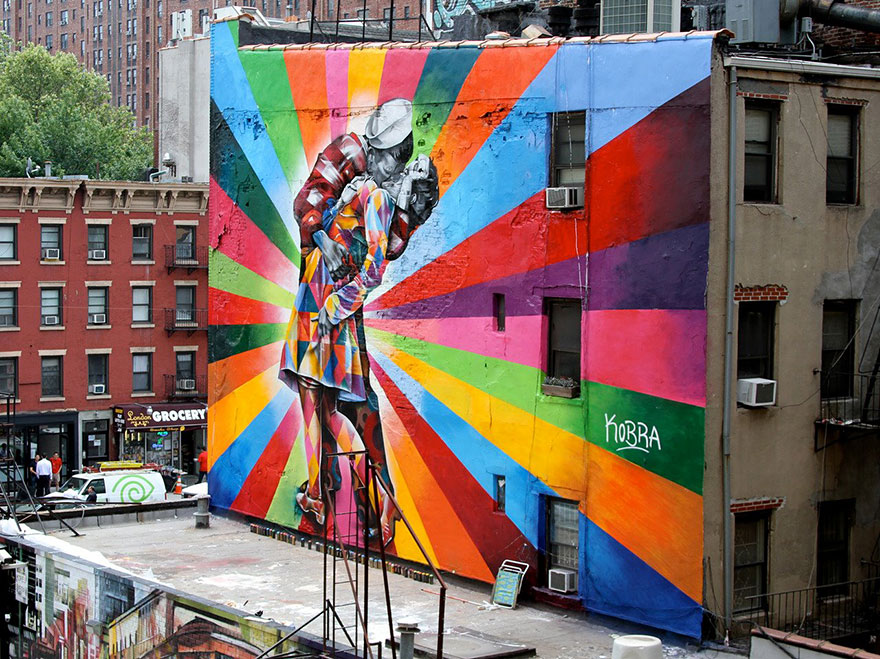
Image credits: Eduardo Kobra
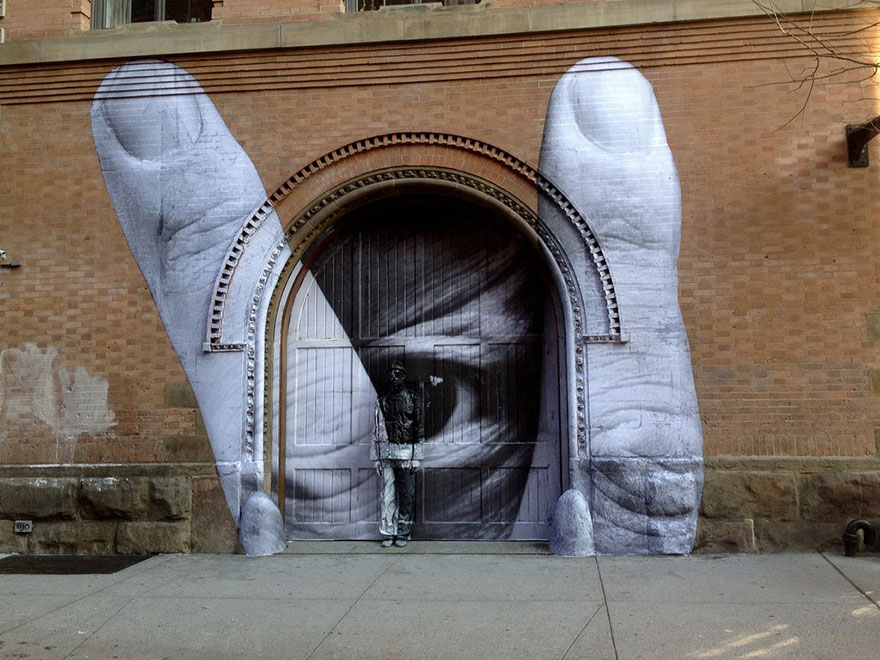
Image credits: JR & Liu Bolin

Image credits: Timothy Saccenti
Lodz, Poland

Image credits: Etam Cru

Image credits: ROA

Image credits: Etam Cru
Valparaiso, Chile
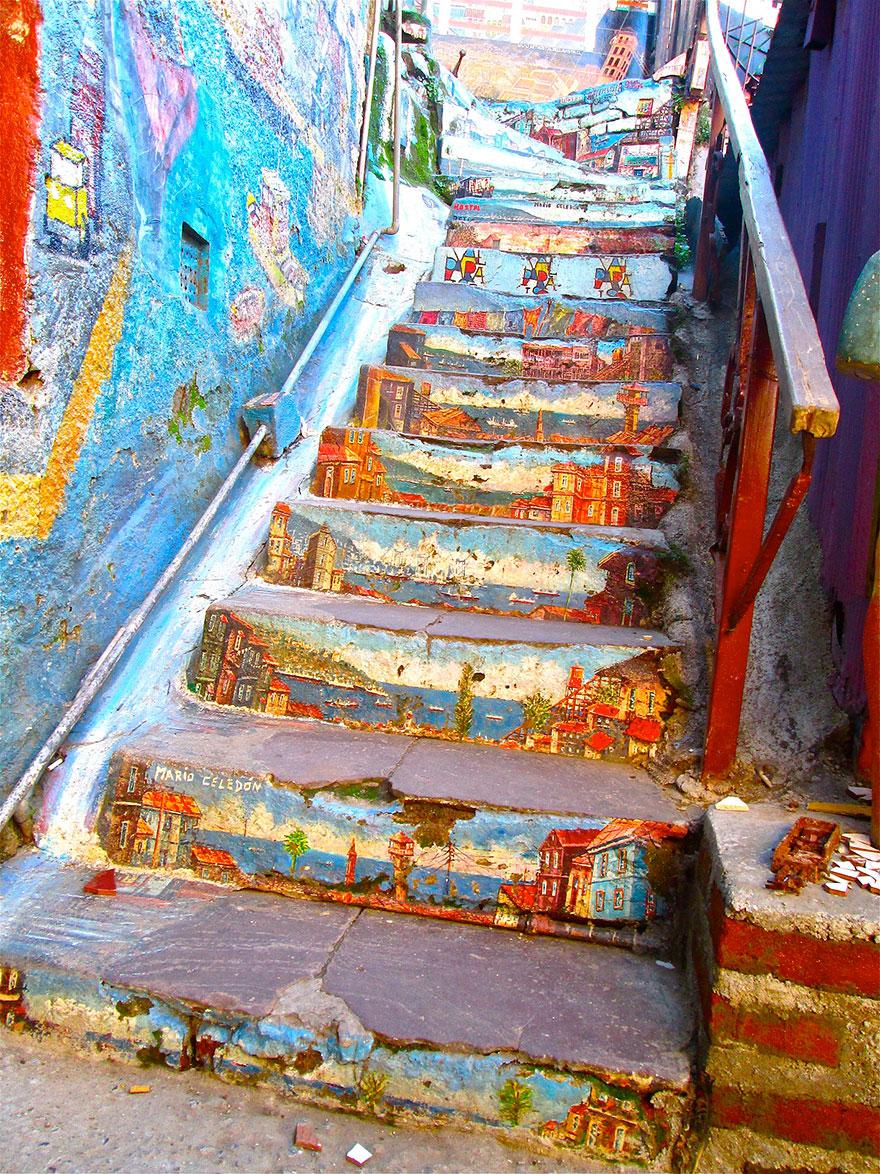
Image credits: oueduabroad.wordpress.com
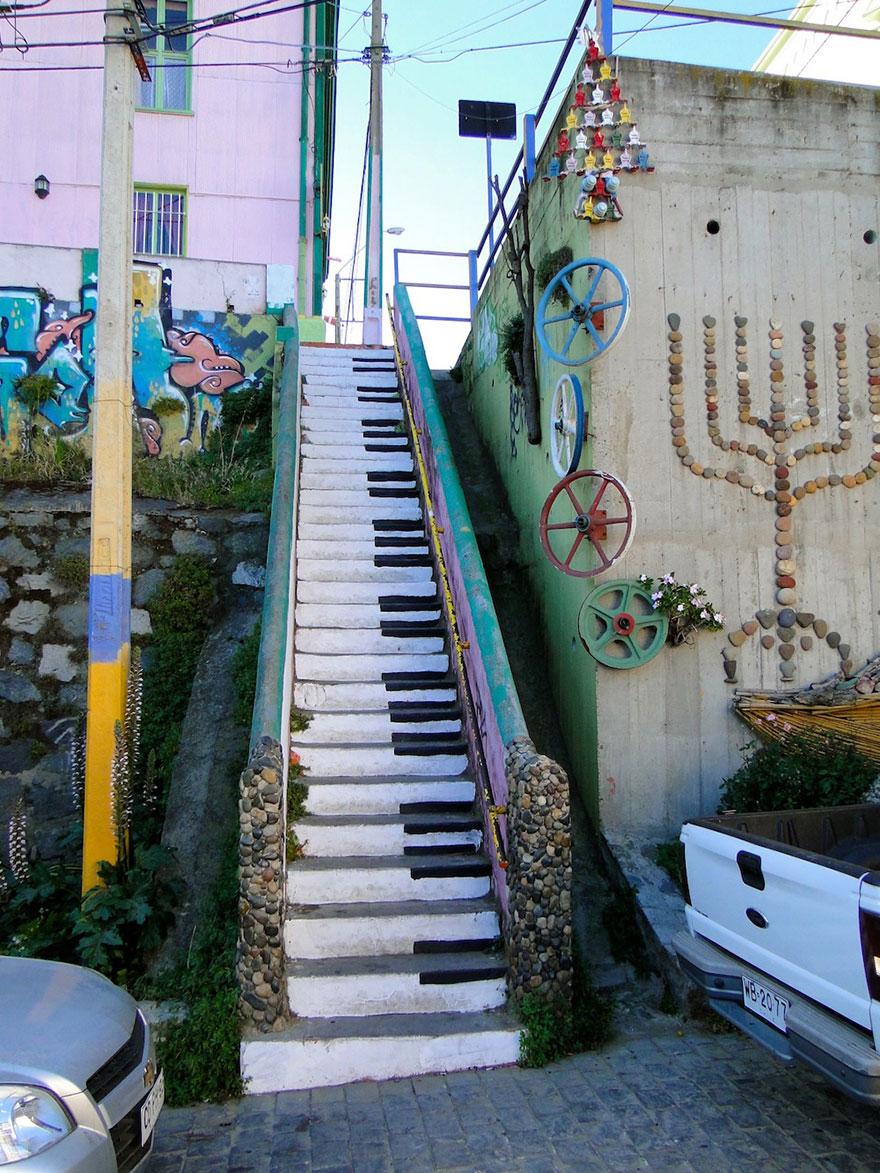
Image credits: Jean-BaptisteYunis
Mexico City, Mexico

Image credits: unknown
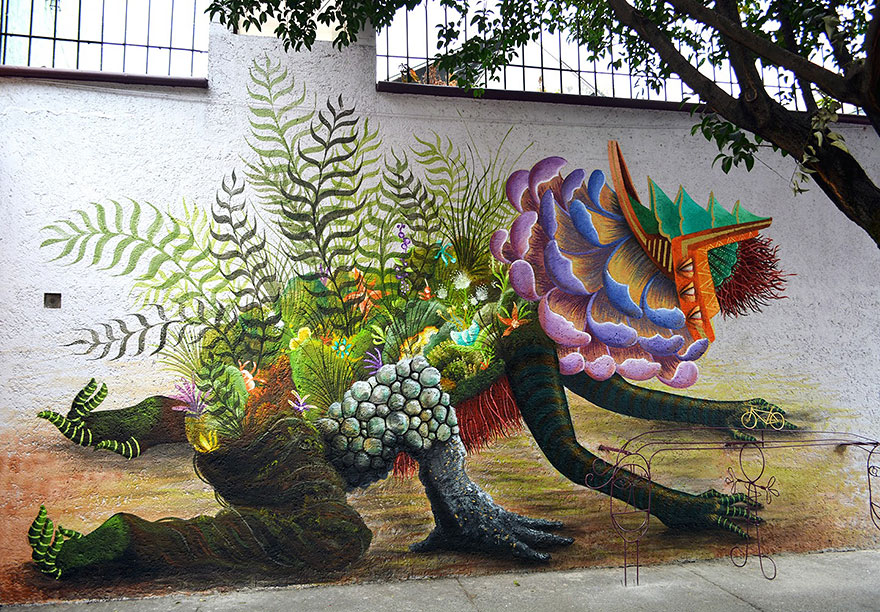
Image credits: curiot
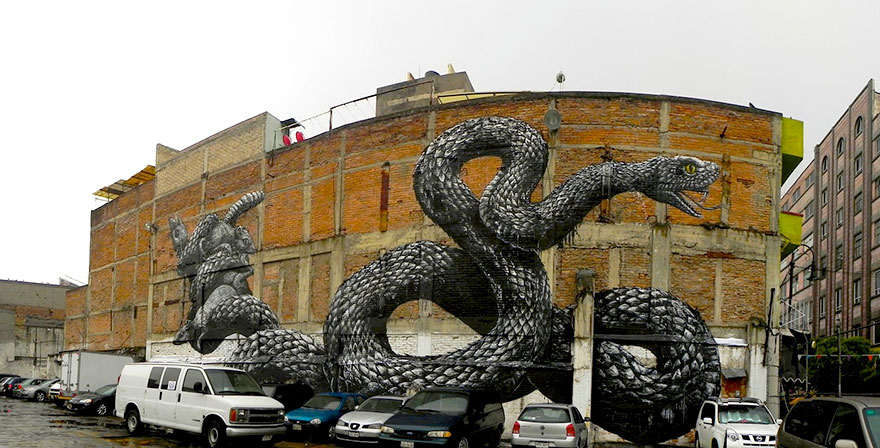
Image credits: ROA
Prague, Czech Republic
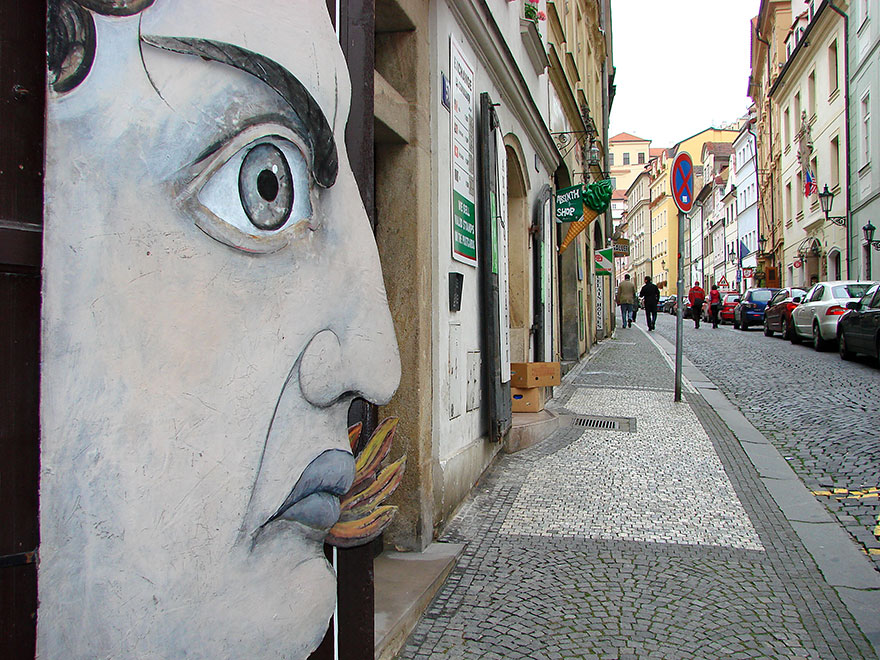
Image credits: Adam Jones
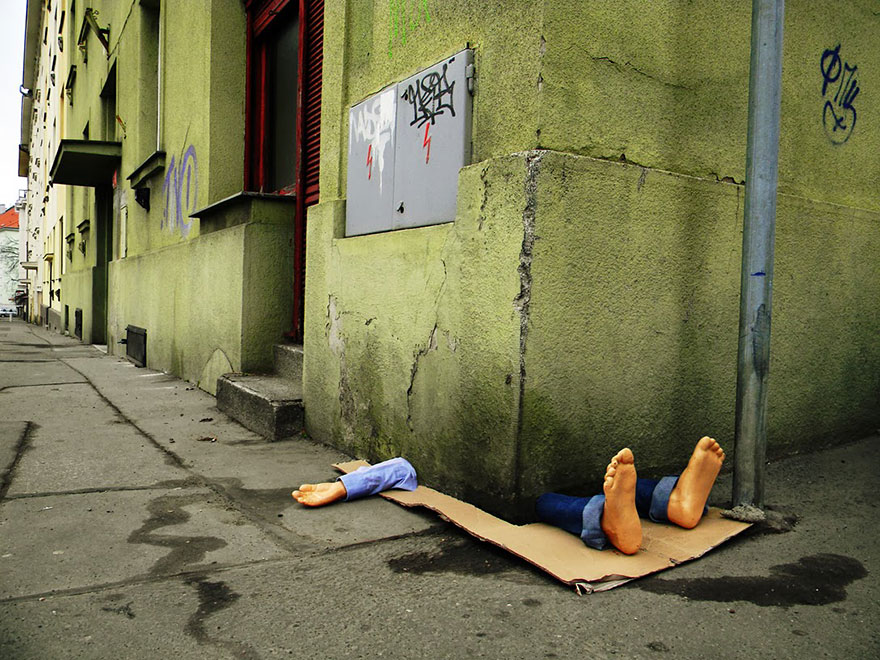
Image credits: fra-biancoshock.org
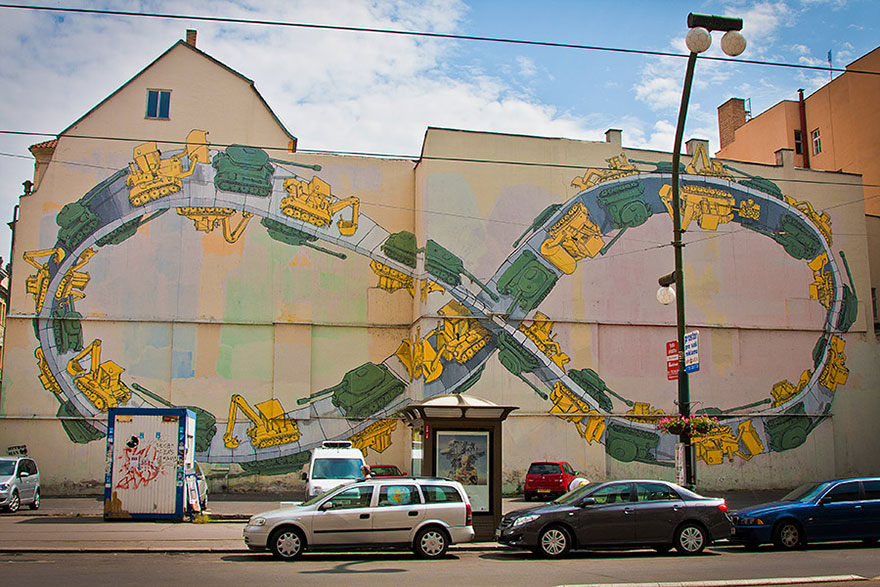
Image credits: BLU
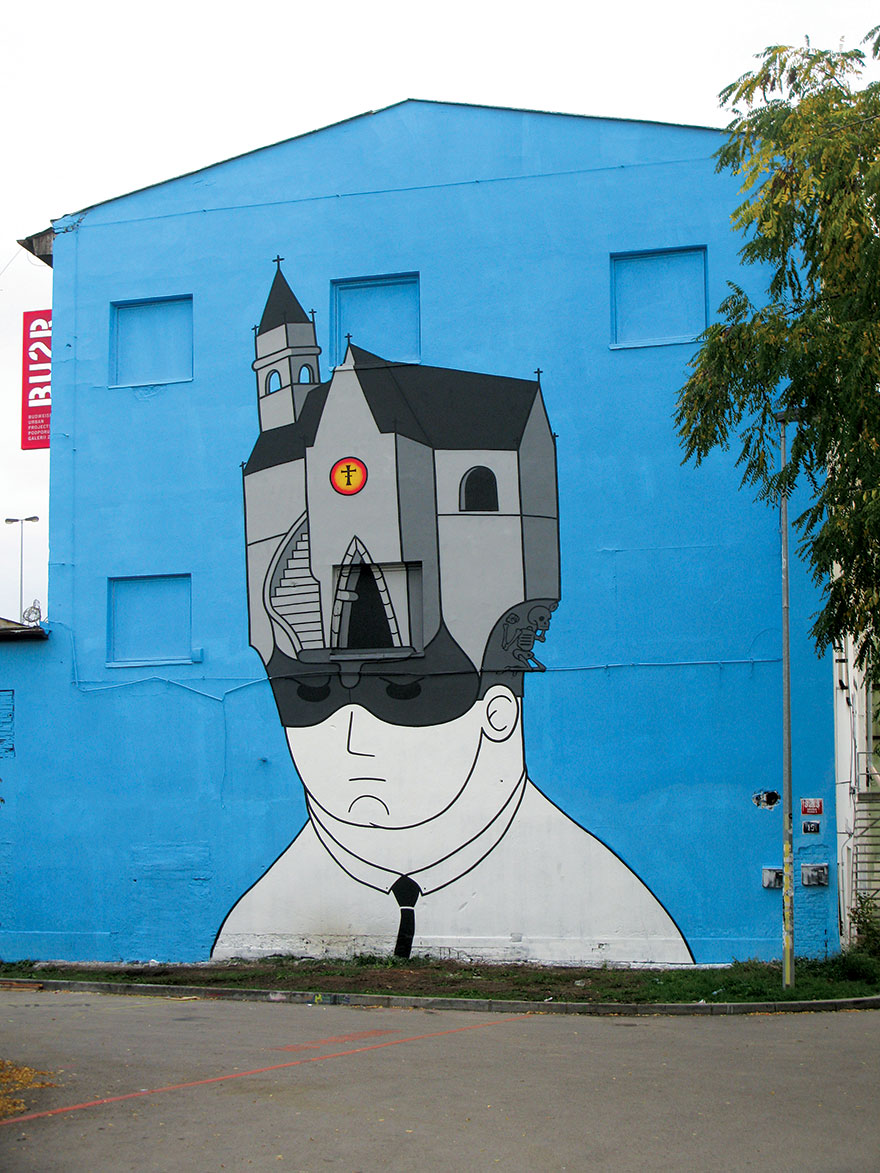
Image credits: Honet
London, United Kingdom
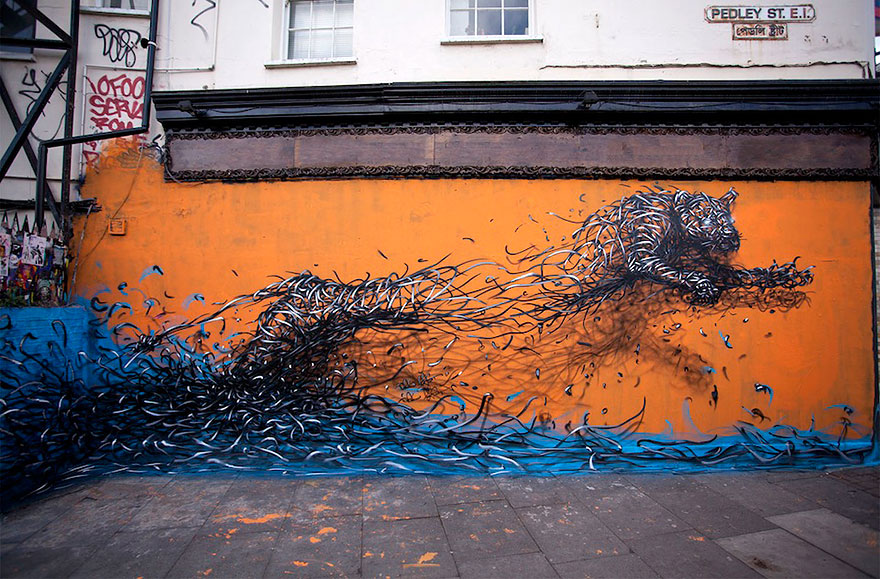
Image credits: DALeast

Image credits: Alexis Diaz

Image credits: David Walker
São Paulo, Brazil

Image credits: l7m

Image credits: Eduardo Kobra
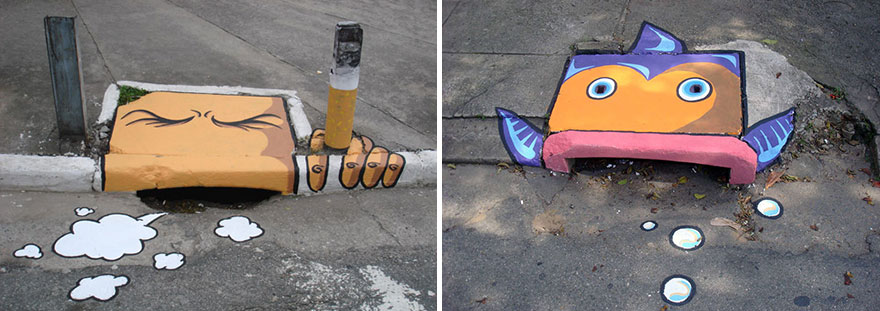
Image credits: 6emeia
Paris, France
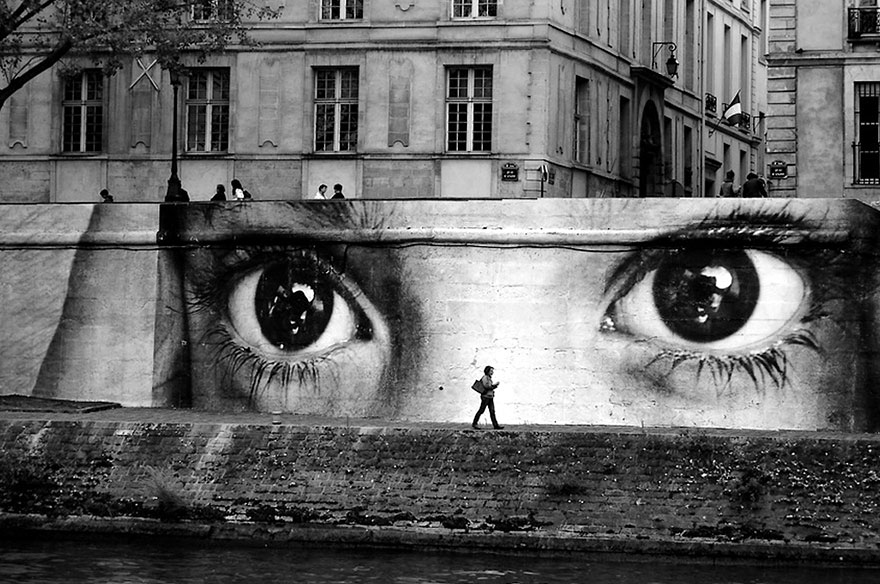
Image credits: unknown

Image credits: Levalet

Image credits: Seth
Melbourne, Australia

Image credits: herakut
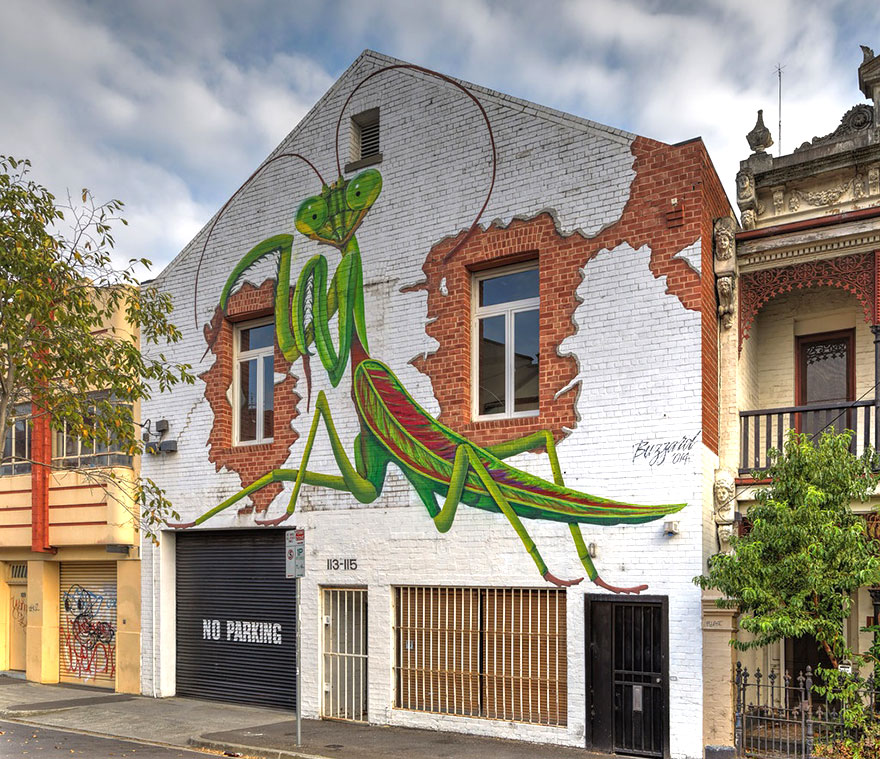
Image credits: ajhaysom

Image credits: ajhaysom
Berlin, Germany
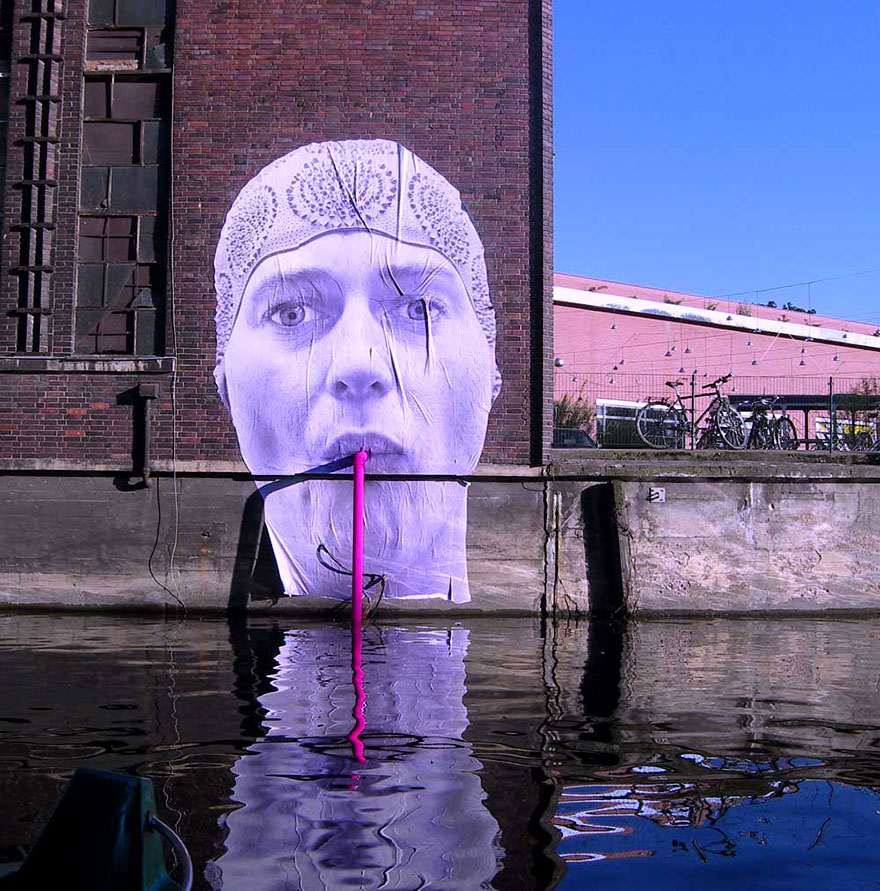
Image credits: mentalgassi

Image credits: BLU
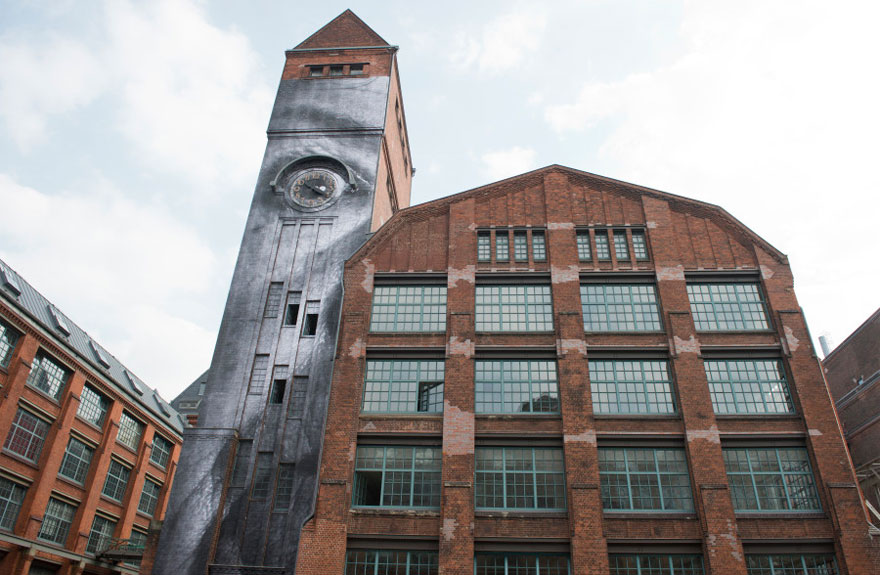
Image credits: JR
Cape Town, South Africa

Image credits: interesnikazki

Image credits: faith47
Moscow, Russia
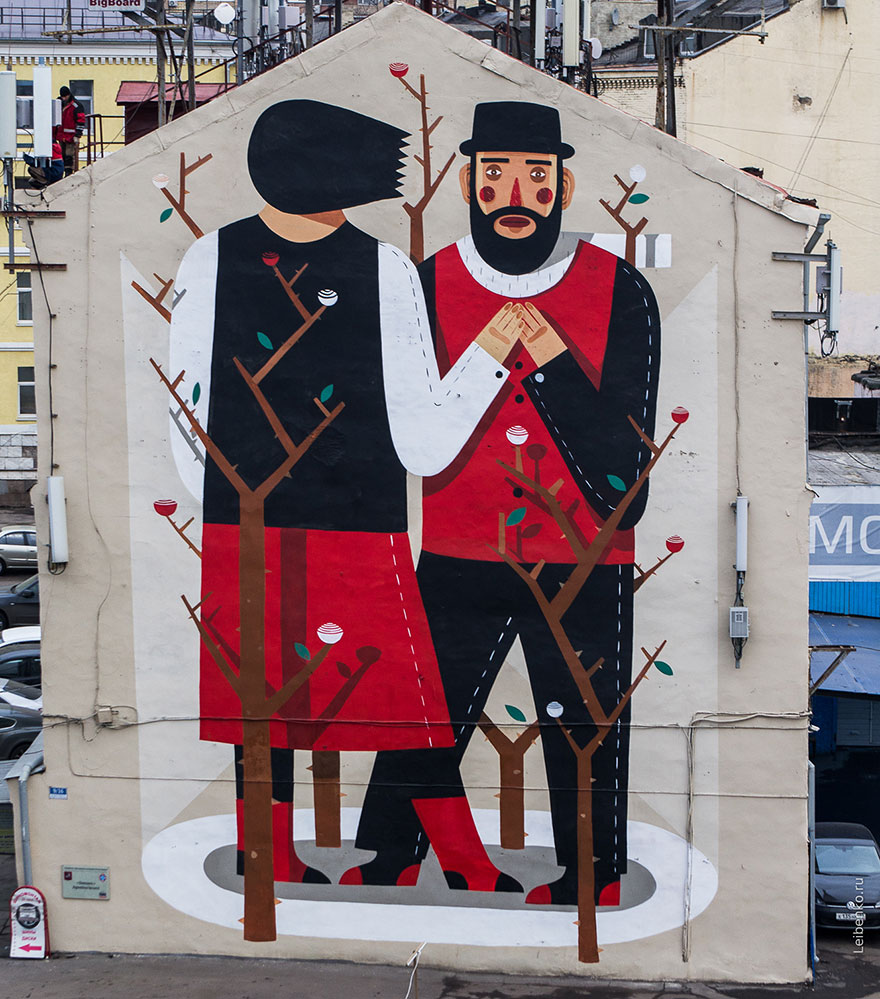
Image credits: Agostino Iacurci
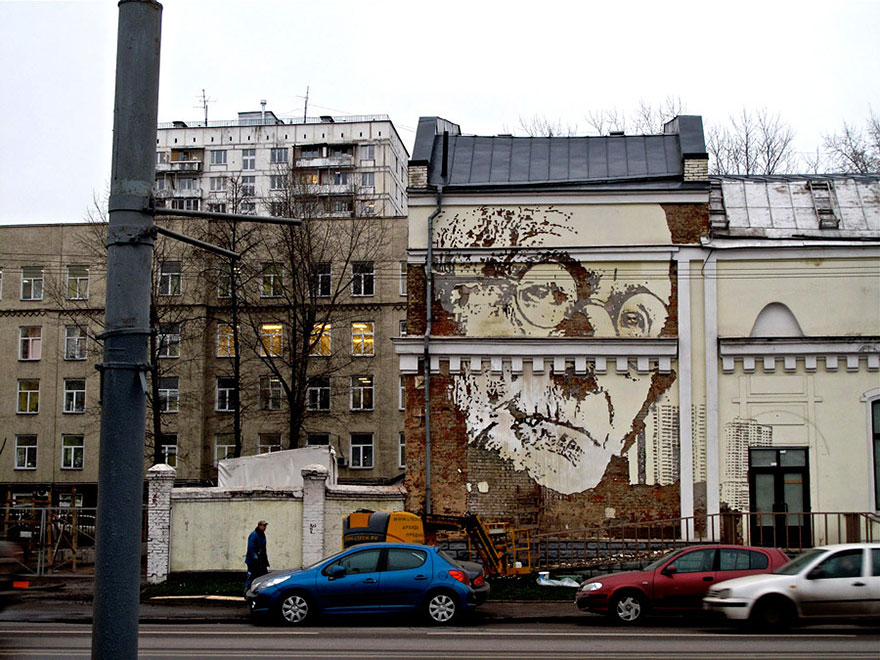
Image credits: Alexandre Farto

Image credits: c215
Bethlehem, West Bank

Image credits: Lois Stavsky

Image credits: banksy
Rio de Janeiro, Brazil

Image credits: jr-art.net
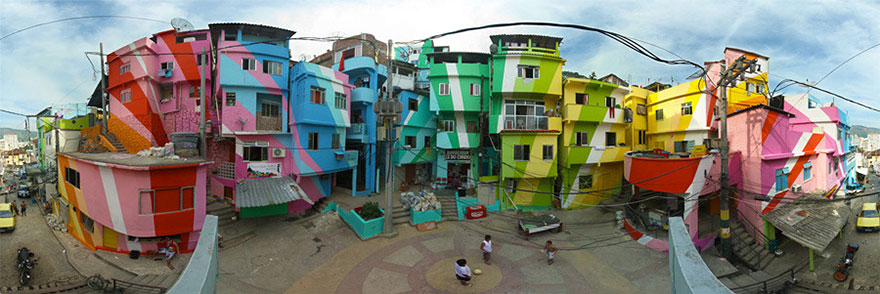
Image credits: favelapainting
Istanbul, Turkey

Image credits: Franko Fasoli
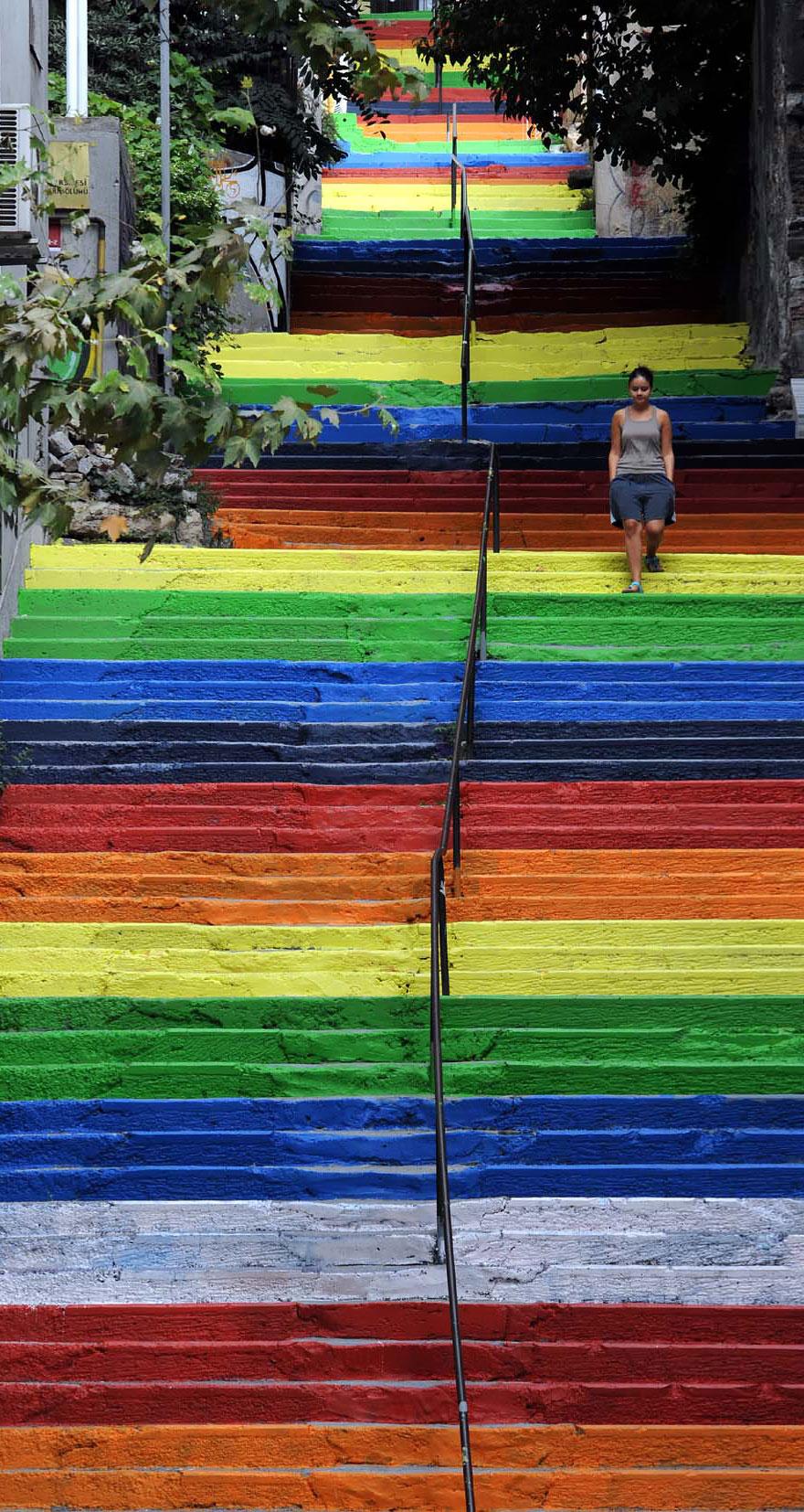
Image credits: DHA
Bogotá, Colombia

Image credits: Entes&Pesimo

Image credits: Bogota Sreet Art

Image credits: unknown
Bristol, United Kingdom
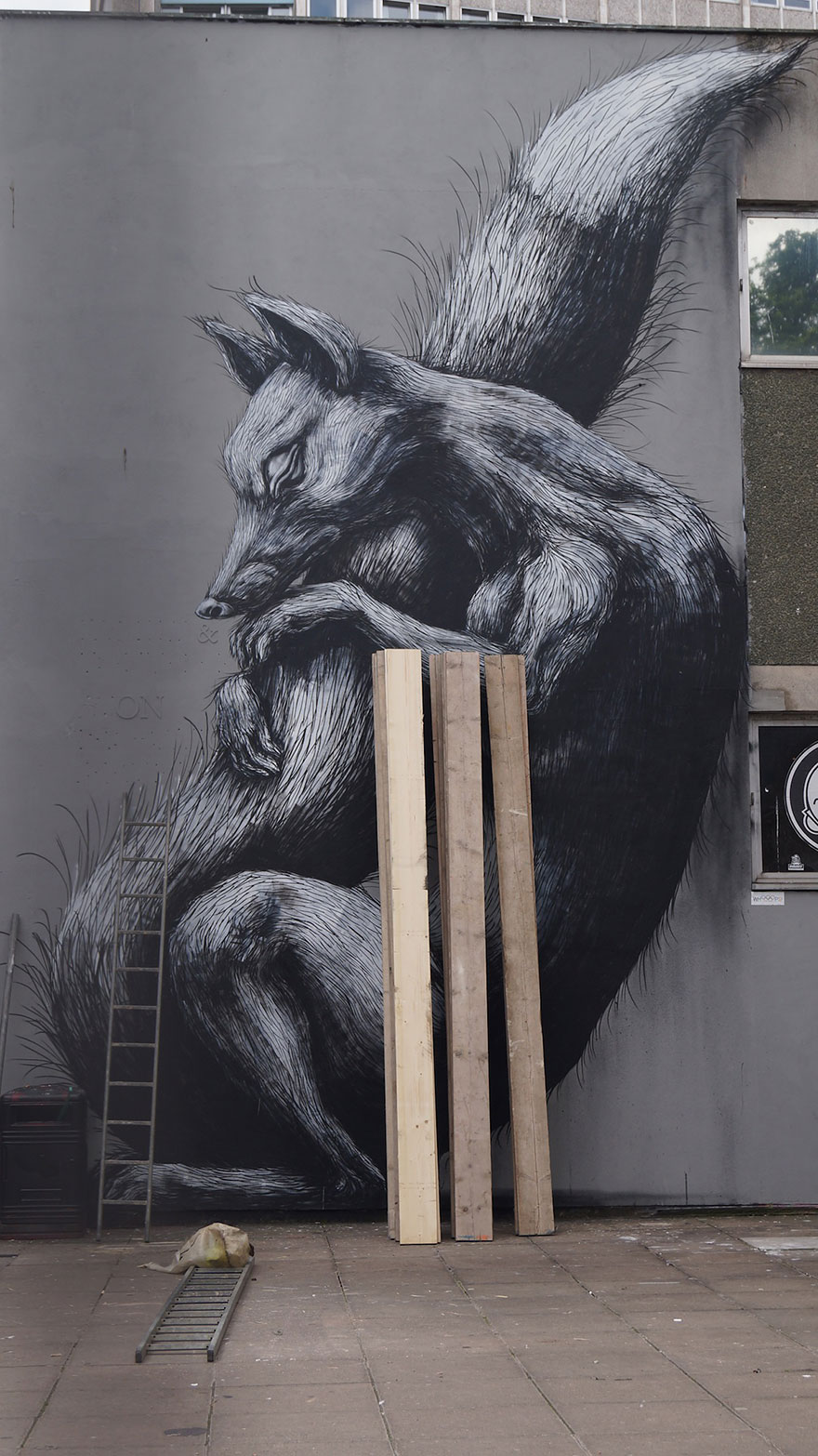
Image credits: ROA
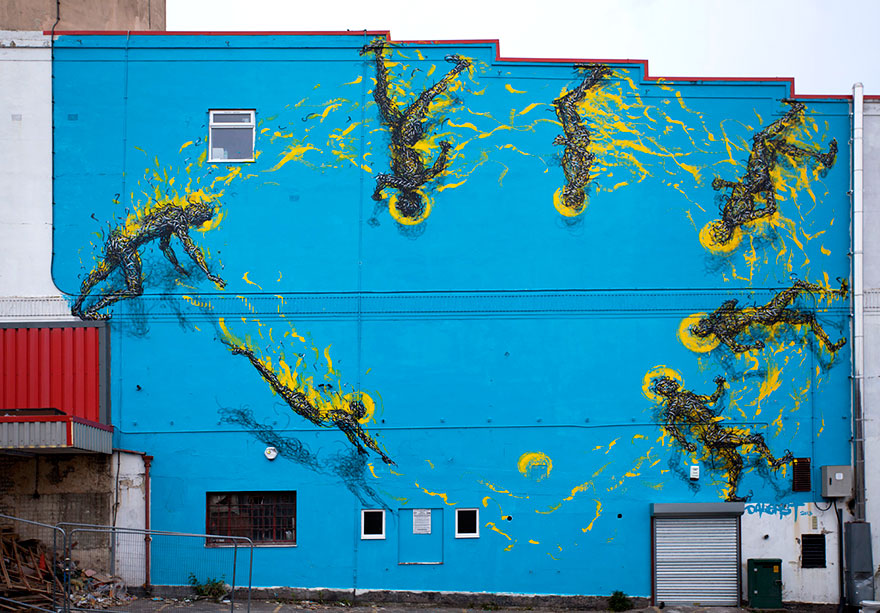
Image credits: DALeast
Santiago, Chile

Image credits: CHARQUIPUNK – LAROBOTDEMADERA

Image credits: Jano y Basti
Buenos Aires, Argentina
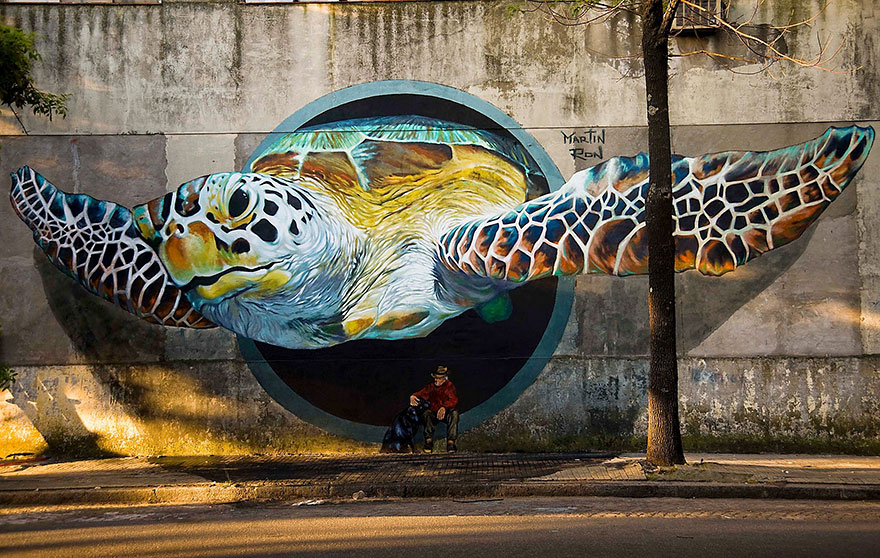
Image credits: Martin Ron
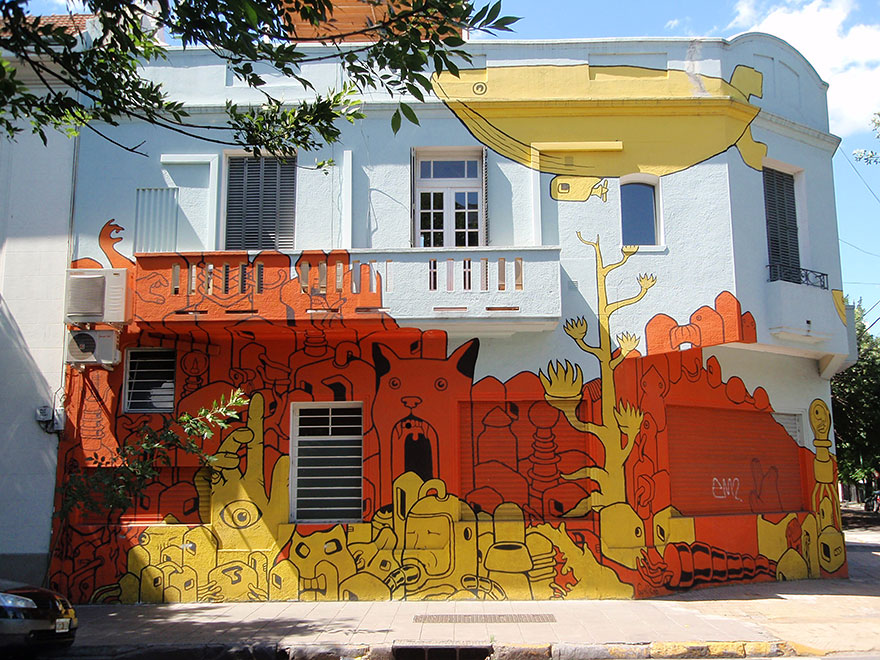
Image credits: jamesschloeffel.com

Image credits: Martin Ron
Lisbon, Portugal
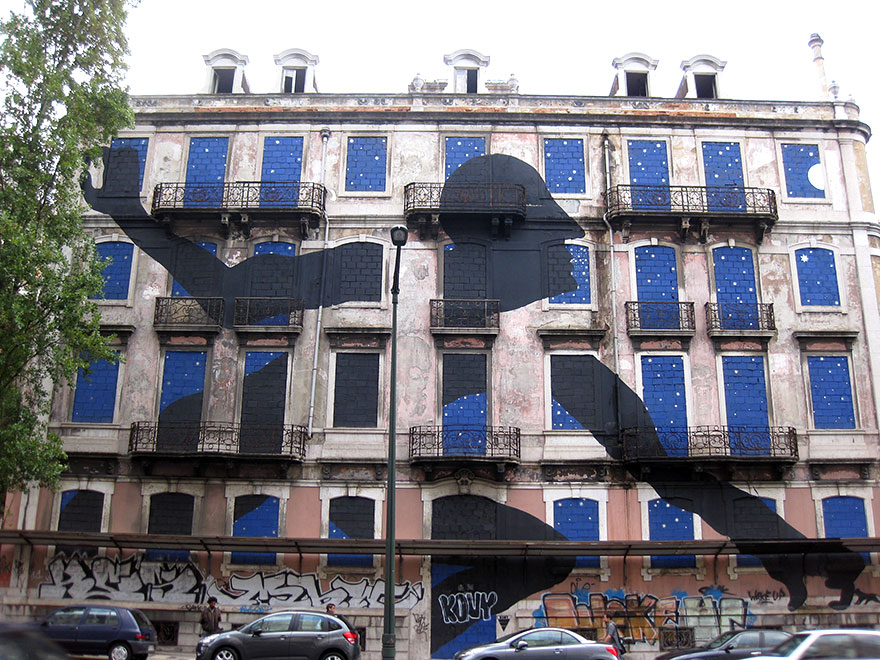
Image credits: sam3
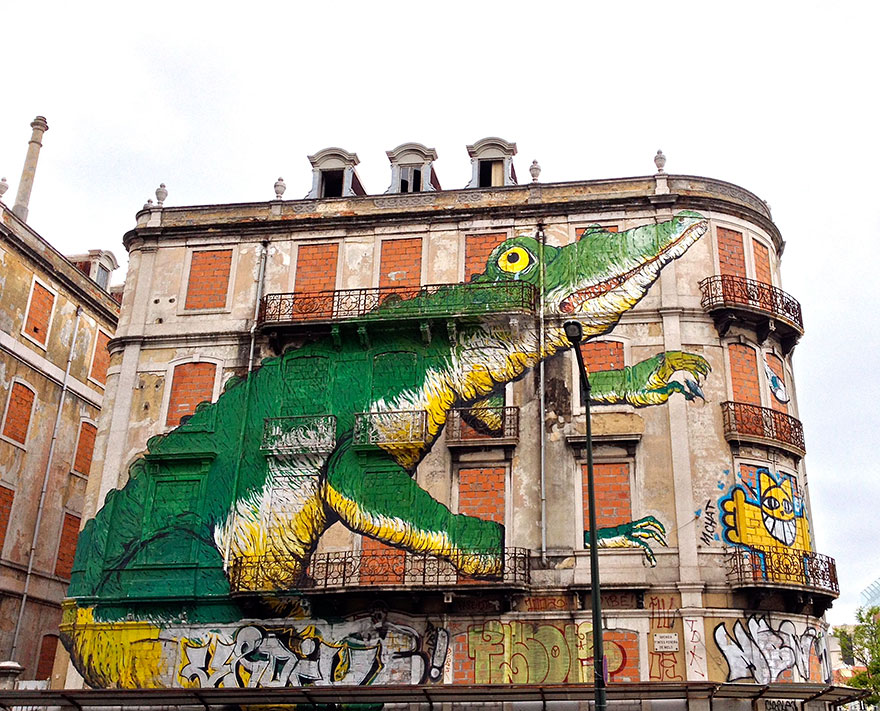
Image credits: Os Gémeos
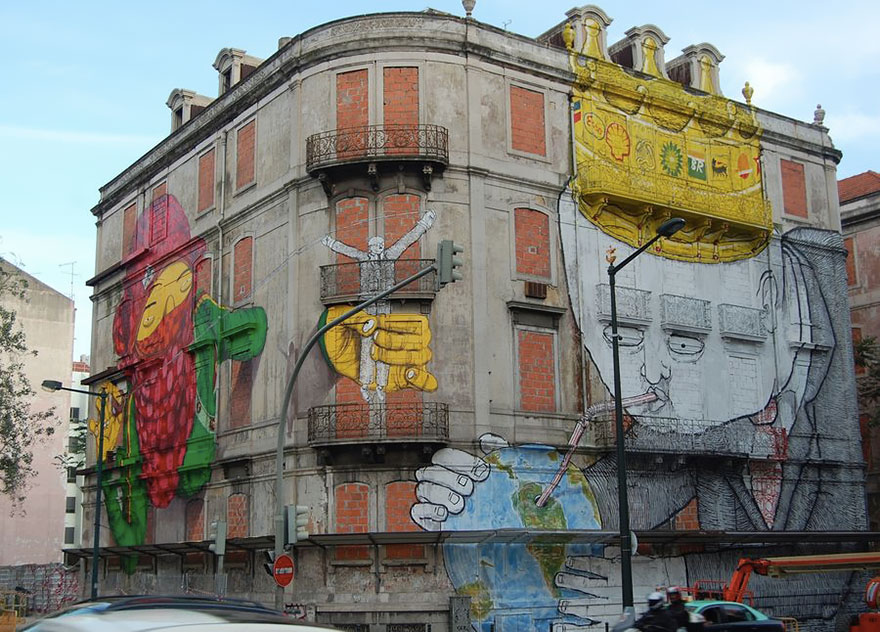
Image credits: Os Gémeos & BLU
16 Funny-Shaped Fruits And Vegetables That Forgot How To Be Plants
You’d think that a carrot is a carrot is a carrot, but that’s just not the case – some carrots are just carrots, and others are also intergalactic superheroes. And we’ve got a series of amazing fruits and vegetables here to prove it.
In truth, there is quite a variety of reasons for which a fruit or vegetable can grow into weird shapes. The most common is damage/scar tissue. If some part of the fruit or vegetable is scarred, especially during its earliest growing stages, this can slow the growth in that area and cause it to deform the rest of the plant. In the case of root vegetables, inconsistent soil fertilization can also cause strange growth – carrots, for example, can branch out and grow arms into surrounding pockets of manure.
Fruits can often be forced to grow into certain desired shapes, although no artificially shaped fruits are shown here. By enclosing them into glass forms, tree and vine fruits can be forced to grow into squares, stars, hearts or any other form. Some farmers even grow pears that look like Buddha!
A Sophisticated Radish

Source: reddit
StrawBEARy

Source: imgur
Toy Story’s Buzz Lightyear As A Carrot

Source: metro.co.uk
A Duck-Shaped Tomato

Image credits: Rick
A Happy Eggplant That Wants To Hug You

Image credits: MelButts22
A Radish And A Carrot Taking A Bath

Source: planetivy.com
A Goose-Shaped Gourd

Source: uyirvani.com
An Evil Tomato

Image credits: unknown
A Bear-Shaped Potato

Image credits: Geoff Robinson
A Long-Nosed Eggplant

Image credits: unknown
A Duck-Shaped Gourd

Source: quecanteo.com
Terrified Peppers

Source: imgur
Baby Carrot Won’t Let Go Of It’s Mother

Source: imgur
A Rabbit-Shaped Tomato

Image credits: unknown
A Running Radish

Source: planetivy.com
A Long-Faced Eggplant

Source: imgur
P.S. We always try our best to credit each and every photographer, but sometimes it’s impossible to track some of them. Please contact us if you know the missing authors.
31 Haunting Images of Abandoned Places That Will Give You Goose Bumps
They say that the only permanent thing in the world is change. History books are one way to understand the passage of time, but there are also some real-life monuments that speak of the past in their own ways. While some of these monuments are well taken care of and protected, those that are partially or even completely run-down often are the most interesting.
Here’s a selection of some of the most ghostly abandoned places around the world, every single one of which has its own special charm. Beneath all the dust, rust and cracks, there are stories of people who used to live, pray, or take their daily train rides there, and when you try to imagine these people and their lives, each picture gets a special aura of nostalgia. It’s as if the people in these places just picked up and left.
On the other hand, it’s also fascinating to see how some things that used to belong to people are slowly being reclaimed by nature again. You might also remember Finnish photographer Kai Fagerström and his pictures of how wild animals were taking over abandoned houses in the woods of Finland. That’s just the natural circle of life and existence – and it sure makes for some awesome shots!
Don’t these pictures just give you goose bumps?
1. I.M. Cooling Tower, Belgium

Image credits: brokenview

Image credits: Pippa Killi Nova
These are parts of a cooling tower in an old power station in Monceau, Belgium. The trumpet-like structure in the middle introduced hot water to the structure, where it then cooled while dripping down hundreds of small concrete troughs and slats.
2. Kolmanskop, Namibia

Image credits: Chris Gray
Kolmanskop was a small settlement in Namibia that saw a boom in the early 1900s when German settlers realized that the area was rich in diamonds. The surge of wealth gave out after WWI, however, when the diamond field began to deplete. By the 1950s, the town was completely deserted, and is now visited by photographers and tourists.
3. 102-Year-Old Floating Forest in Sydney, Australia

Image credits: Bruce Hood
This is the hull of the SS Ayrfield, a large steam ship condemned to dismantling in Homebush Bay, Australia after WWII. When the dismantling yard closed down, however, it and several other ships remained where they were. Now, it is a beautiful and haunting floating forest that serves as an example of nature’s capacity for survival.
4. The Maunsell Sea Forts, England

Image credits: jelltecks
The Maunsell Sea Forts were erected near the Thames and Mersey rivers in Britain to help defend against potential German air or naval raids during WWII. After being decommissioned in 1950, they have been inhabited by various new tenants, including pirate radio operators and by the Principality of Sealand, which claims to be an independent sovereign state.
5. Last House on Holland Island, U.S.A

Image credits: baldeaglebluff
This house was part of what was once a fairly successful small island colony in Chesapeake Bay in the U.S. Rapid erosion of the island’s mud and silt coast, however, meant that there was less and less room to live on the island. This house was the last one left on Holland Island before it too collapsed in 2010.
6. Pripyat, Ukraine

Image credits: Barry Mangham

Image credits: castlemaineindependent.org
Pripyat was established on Feb. 4th, 1970 in Ukraine near the border of Belarus as a Soviet nuclear city. It was home to many of the workers who worked in the nearby Chernobyl nuclear power plant, which melted down disastrously in the 1986 Chernobyl Disaster. After being evacuated, Pripyat remains a radioactive ghost town that can only be visited through guided tours.
7. House of the Bulgarian Communist Party, Bulgaria

Image credits: Dimitar Kilkoff
The former headquarters of Bulgaria’s Communist Party are just as eerie on the outside as on the inside. The flying-saucer-like building, while probably a wonder while it was in use from 1981 until 1991, went into disrepair soon after the fall of the Soviet Union. It is now a ghost of its former self, although plans are being made to restore it.
8. Nara Dreamland, Japan

Image credits: suspiciousminds
The Nara Dreamland park, inspired by Disneyland, was opened in 1961. By 2006, however, it closed down. Now it is a popular destination for urban explorers, although security guards still occasionally patrol the grounds and impose fines.
9. Uninhabited Island in Southwest Florida, U.S.A.

Image credits: imgur.com
These small domed structures were built in 1981 on Cape Romano off the coast of Florida in the U.S. They were the summer home of oil producer Bob Lee before falling into disrepair. What their fate will be today is still uncertain.
10. Abandoned Mill, Italy

Image credits: Dale Tennyson
This mill in the Valley of the Mills in Sorrento, Italy was abandoned in 1866. This mill ground wheat, and a sawmill operated nearby as well. The mill was isolated from the sea by the construction of Tasso Square, which raised the humidity in the area and caused it to be abandoned.
11. Michigan Central Station in Detroit, U.S.A.

Image credits: Chris Luckhardt

Image credits: The New No. 2
Michigan Central Station was built in 1913 in Detroit to create a new public transportation hub. Several planning oversights and mistakes, however, led to its gradual decline and closing in 1988. The building’s fate is still being decided, but in the mean time, the station has appeared in several films and videos, including Eminem’s “8 Mile” film and “Beautiful” music video.
12. Sunken Yacht, Antarctica

Image credits: ruschili.35photo.ru
This eerie ghost ship is the Mar Sem Fim, a Brazilian yacht that was shipwrecked near Ardley Cove in Antarctica. A Brazilian crew had taken it to film a documentary, but strong winds and stormy seas forced the crew to abandon ship. The water that washed over the ship froze, cracked its hull and sunk the yacht, but it has since been salvaged.
13. The Haunting New Bedford Orphuem, U.S.A.

Image credits: Frank Grace
The New Bedord Orpheum is an old theater and entertainment building located in Massachusetts in the U.S. It was opened in 1912 and closed in 1959 – since then, it has stored tobacco and served as a supermarket. Now, the Orph Inc. nonprofit is trying to raise money to revitalize the building.
14. Abandoned Train Station, Abkhazia, Georgia

Image credits: Ilya Varlamov
This train station in Sukhumi, Abkhazia was abandoned during the War in Abkhazia in 1992 and 1993. The dispute between Georgia and Russia over the region has isolated the region, but the decaying station retains some of its former glory in the form of intricate plaster work and mahogany furniture.
15. Abandoned Wooden Houses, Russia



Image credits: Andrew Qzmn
These beautiful, intricately decorated buildings are found deep in Russian forests, where their isolation has helped them remain relatively intact.
16. Underwater City in Shicheng, China

Image credits: china.org.cn
This incredible underwater city, trapped in time, is 1341 years old. Shicheng, or Lion City, is located in the Zhejiang province in eastern China. It was submerged in 1959 during the construction of the Xin’an River Hydropower Station. The water protects the city from wind and rain erosion, so it has remained sealed underwater in relatively good condition.
17. The Abandoned City Hall Subway Stop in New York, U.S.A.

Image credits: John Paul Palescandolo & Eric Kazmirek
This beautifully-designed metro station sits underneath City Hall in New York City. Because of its location, much attention was given to its design, but nearby stations ensured that this one never received a significant amount of traffic, and its curved layout made it unsafe for use with newer, longer trains. The station was closed in 1945 and, because of security concerns, it generally remains closed, with the exception of occasional exclusive tours.
18. Salto Hotel, Colombia

Image credits: astrophysicistkev
The Hotel De Salto opened in 1928 near Tequendema Falls in Colombia to serve tourists who came to marvel at the 157 meter-tall waterfall. It closed down in the early 90s after interest in the waterfall declined. In 2012, however, the site was turned into a museum.
19. Abandoned Subway Tunnel in Kiev, Ukraine

Image credits: general-kosmosa.livejournal.com
This image of an abandoned subway tunnel was captured in the metro system underneath Kiev, Ukraine. Many of the tunnels are partially flooded, and stalactites hang from the ceilings.
20. Abandoned Submarine Base in Balaklava, Ukraine

Image credits: Thomas Alboth
While this old submarine dock in Ukraine isn’t totally abandoned, the decommissioned formerly top-secret site near Balaklava is still impressive. Until its decommissioning in 1993, the site was one of the Soviet Union’s most top-secret sites, and was said to be able to weather a direct nuclear strike due to its underground construction. Today, it is a national naval museum.
21. Abandoned Military Hospital in Beelitz, Germany

Image credits: Michis Bilder

Image credits: d.r.i.p.
These eerie pictures are part of the Beelitz-Heilstätten hospital complex in Beelitz, Germany. The large complex was built at the end of the 1800s and helped Adolf Hitler recuperate from a leg wound incurred at the Battle of Somme in 1916. Parts of the complex remain in operation, but most were abandoned after the Soviets withdrew from the hospital in 1995.
22. Hashima Island, Japan


Image credits: hashima-island.com
Hashima island in Japan has a wide array of nicknames, including Battelship Island (for its shape) and Ghost Island. From the late 1800s to late 1900s, the island was populated because of the access it granted to undersea coal mines. However, as Japan gradually switched from coal to petroleum, the mines (and the buildings that sprung up around them to support their workers) closed down, leaving an isolated ghost town that reminds some of a ghostly concrete battleship.
23. San Zhi, Taiwan

Image credits: picc.it
These alien-looking houses in Sanzhi were initially intended to serve as a vacation destination, especially for U.S. military officers returning from their positions in Asia. Lost investments and unfortunate car accidents, however, forced the site to close down in 1980, not long after it had been built. Unfortunately, the buildings were torn down in 2010.
24. Abandoned Church in the Snow, Canada

Image credits: Kevin McElheran
37 Reasons Why You Need To Visit Iceland Right Now
Iceland, a country rich with roaring volcanoes, monolithic glaciers, icy mountains and deep fjords, has become a mecca for photographers looking to capture the raw, mystical power of its natural northern beauty.
The ruggedness of and stark contrasts present in Iceland’s landscapes makes them irresistible to photographers. Glacial floodplains, waterfalls, towering mountains, fjords and even deserts of volcanic ash can all be found in relative proximity to each other. Its small population (of roughly 325,000) also means that the majority of its natural wonder remains nearly or completely untouched, giving photographers the opportunity to capture a world that seems empty and almost alien in nature. And because of its northern location, enterprising night photographers can capture images of the mystical and stunningly beautiful aurora borealis as it dances over an Icelandic volcano or glacier.
Iceland is, in both geological and historical aspects, a relatively young country. Its violent geological upheaval is all due to its position at the Mid-Atlantic Ridge, which marks the separation point of the Eurasian and North American tectonic plates. It is believed that Iceland formed only 16 to 18 million years ago.
The eruptions of Icelandic volcanoes have impacted the course of human events throughout history. In 1783, the eruption of Laki caused widespread devastation throughout Europe, and even caused a famine in Egypt and interrupted monsoon patterns in Northern Africa and India. In 2010, the eruption of Eyjafjallajökull sent up clouds of ash across Europe, grounding thousands of flights.
For any photographer interested in capturing images of stunning natural landscapes filled with raw power, Iceland is an absolute must-see.
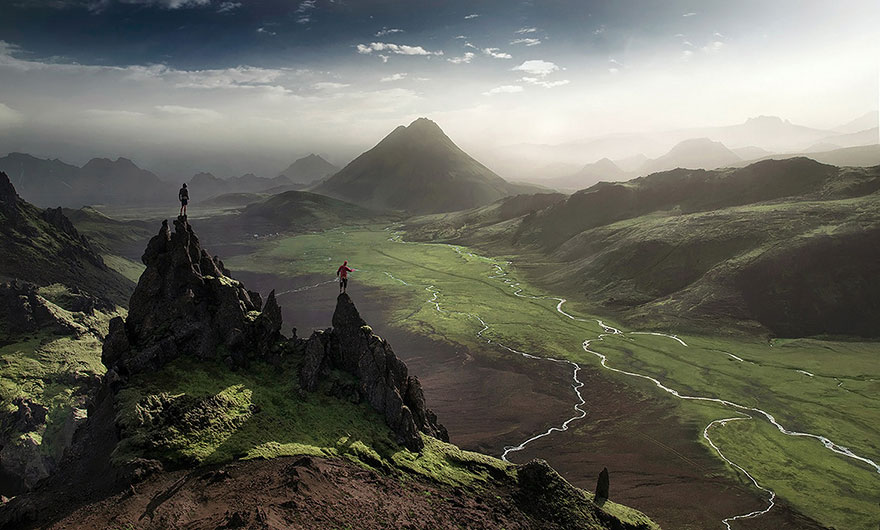
Image credits: Max Rive
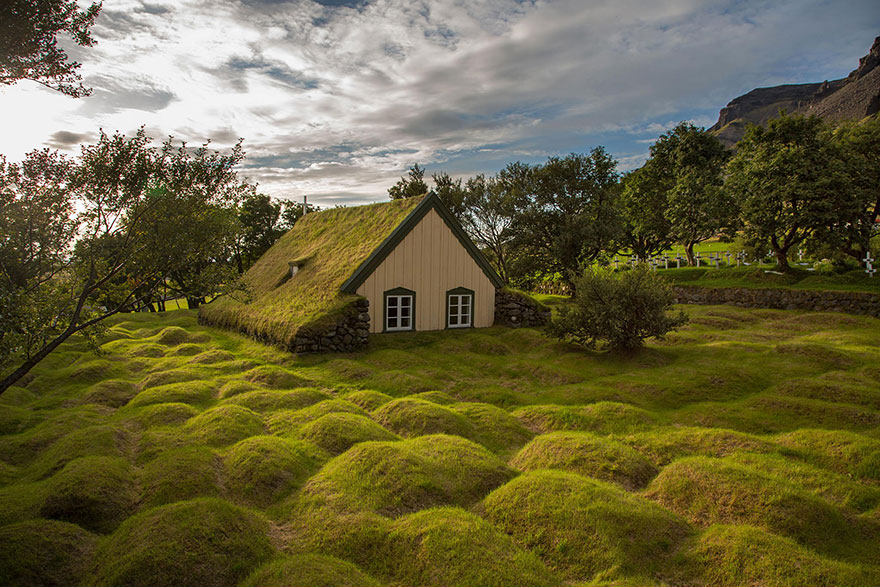
Image credits: Menno Schaefer
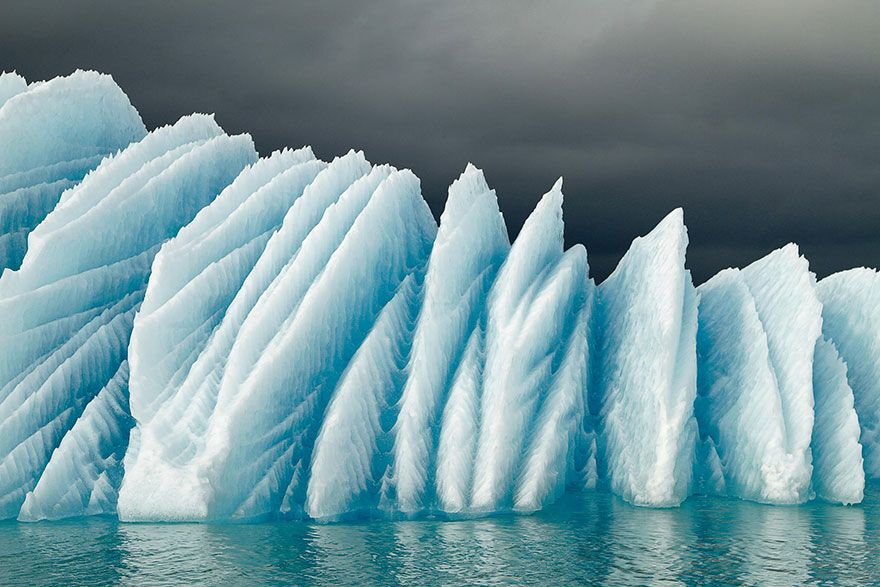
Image credits: Milko Marchetti
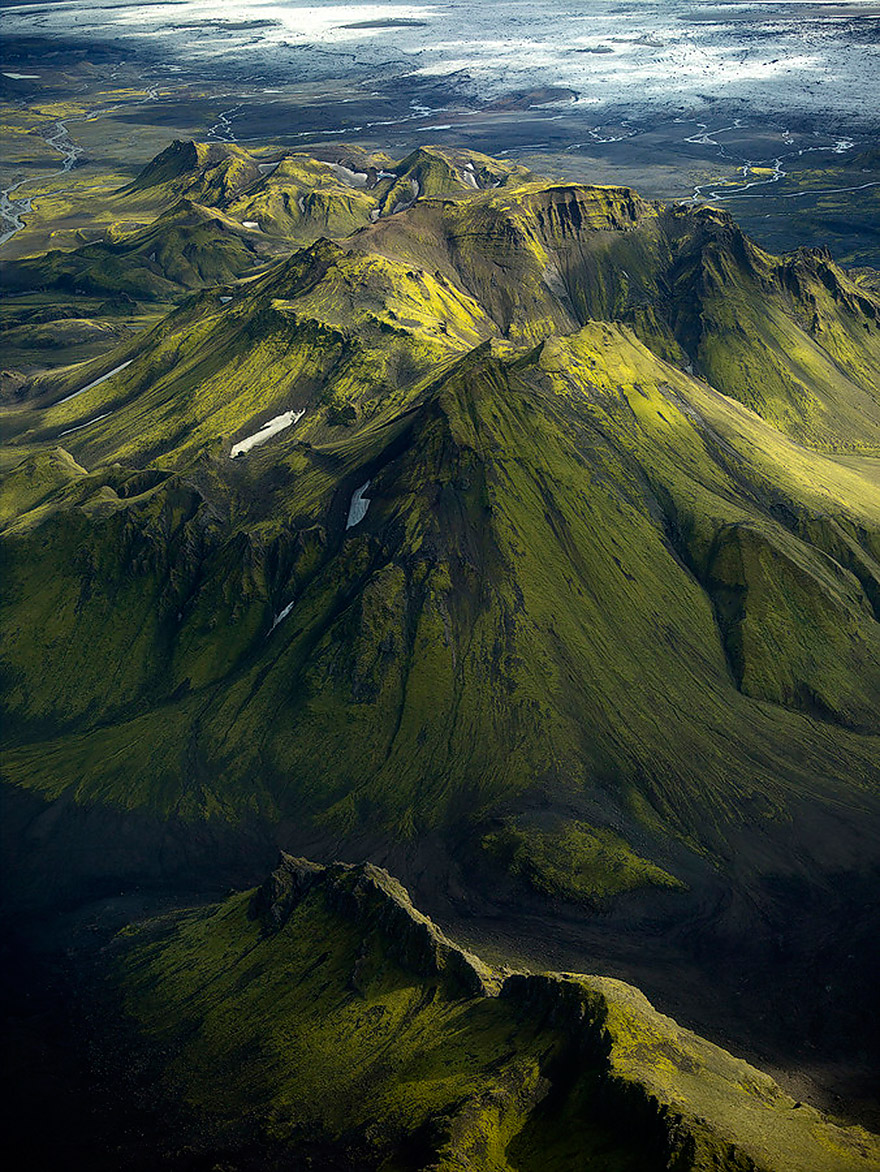
Image credits: Antony Spencer
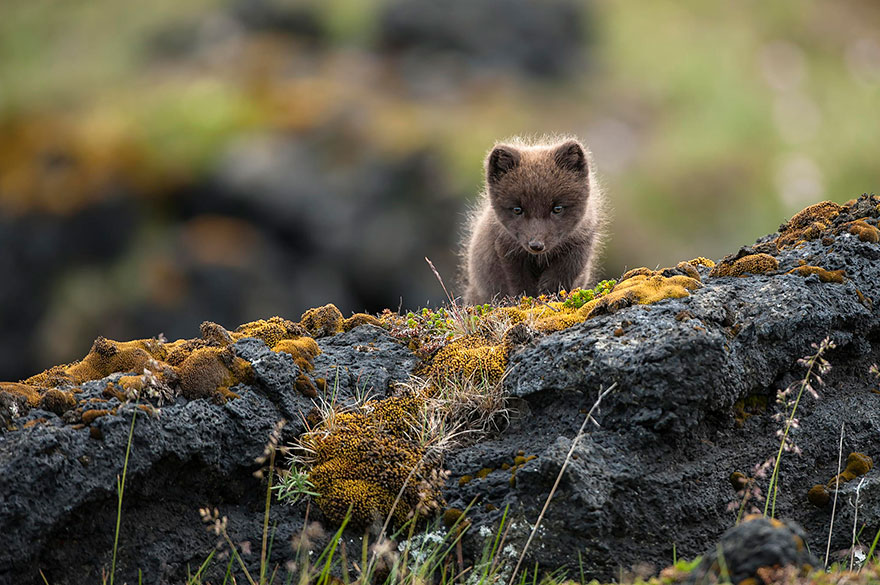
Image credits: Einar Gudmann
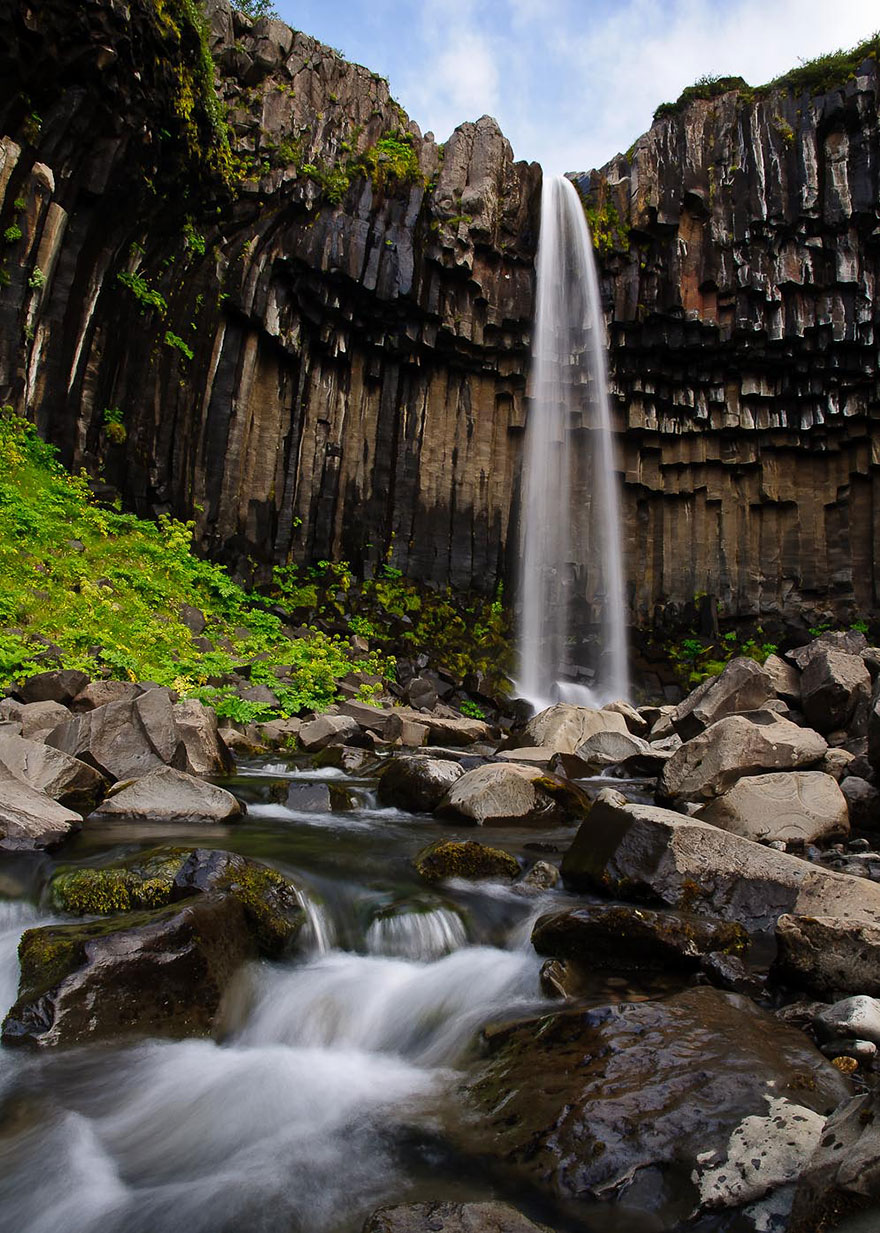
Image credits: extremeiceland.is
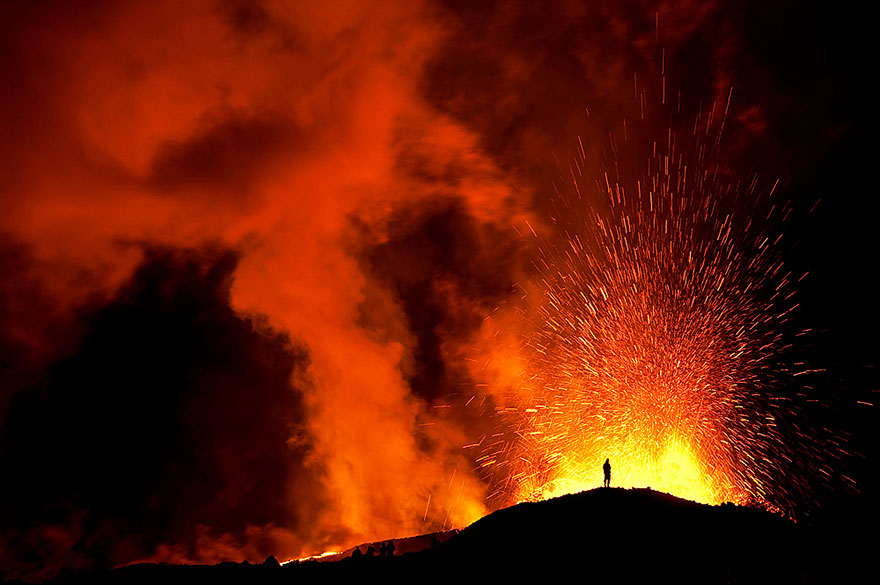
Image credits: Gunnar Gestur
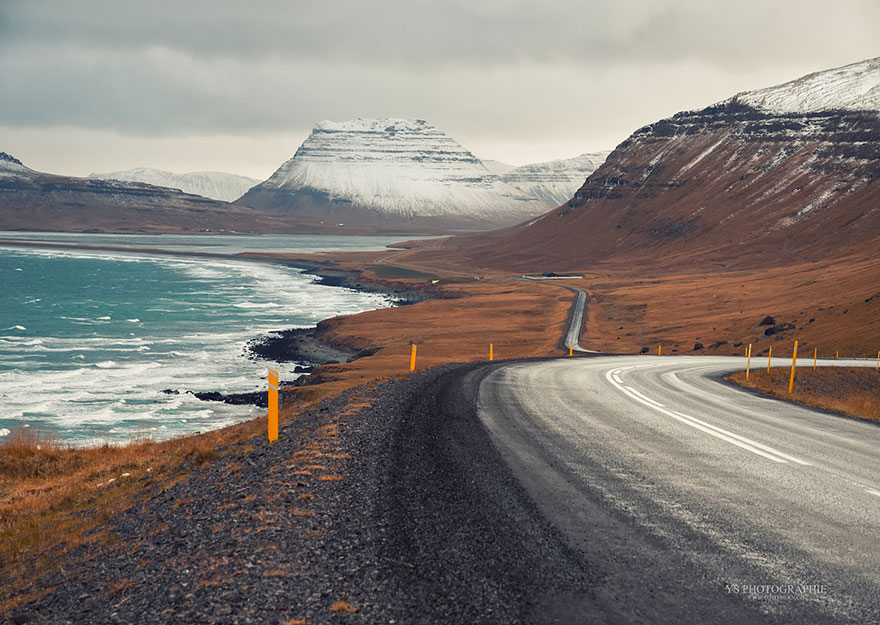
Image credits: Yves Schüpbach
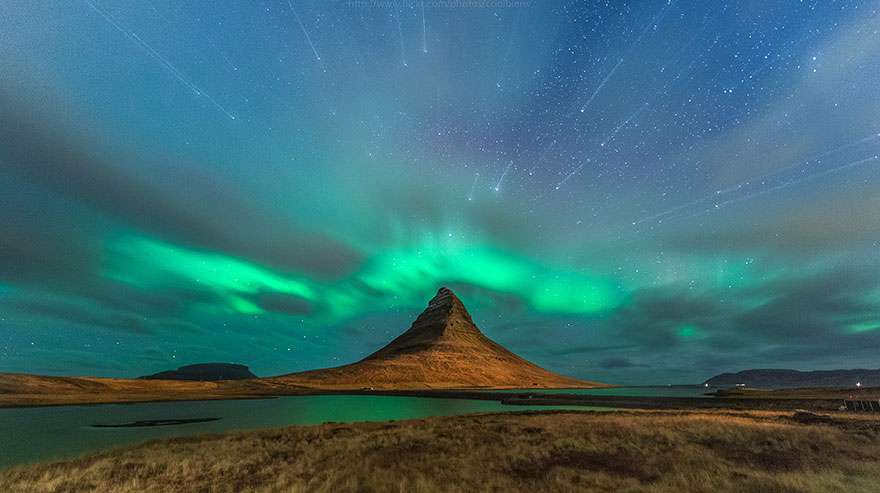
Image credits: coolbiere
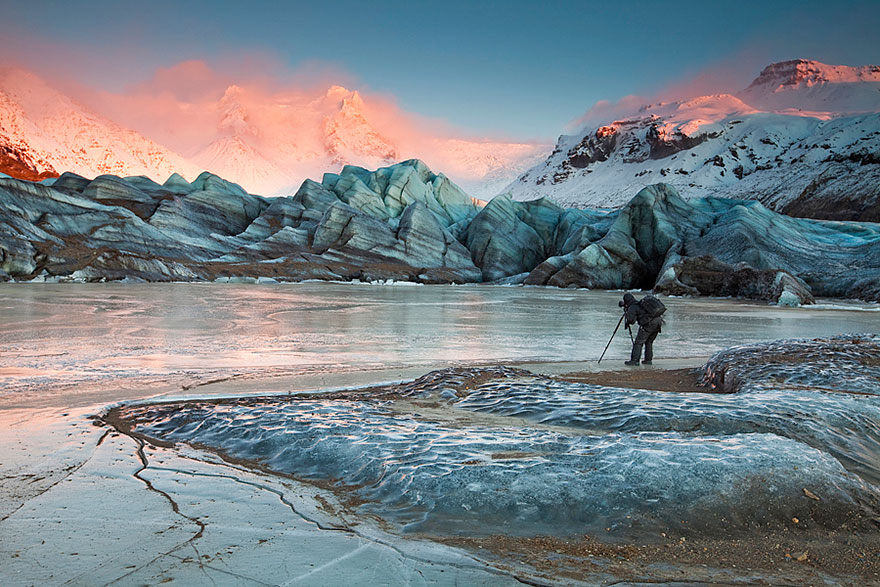
Image credits: Skarphedinn Thrainsson
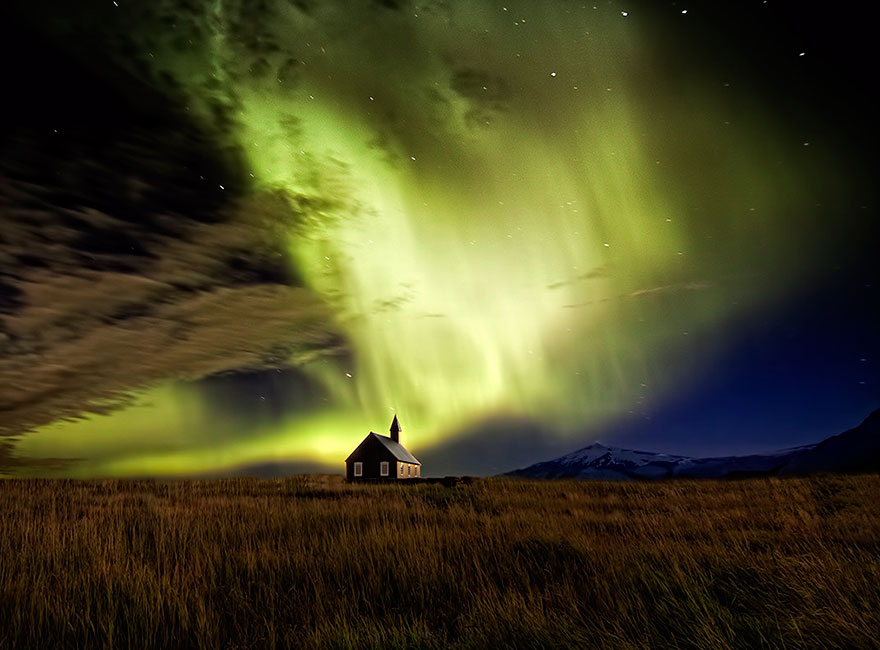
Image credits: Wim Denijs
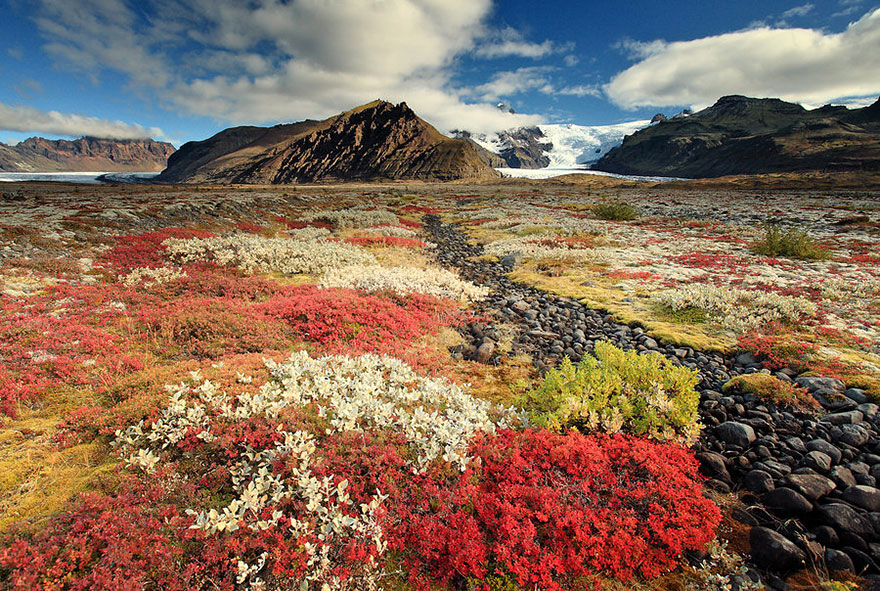
Image credits: Alexandre Deschaumes
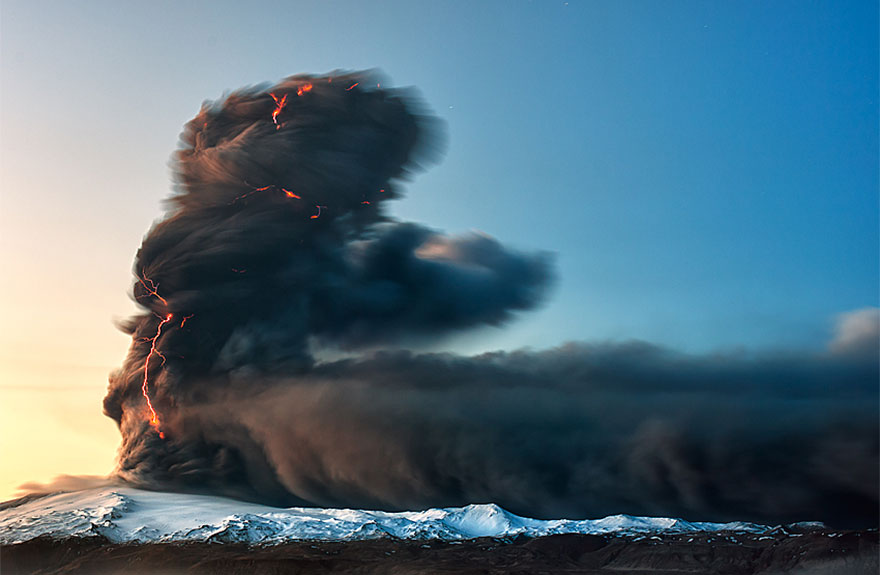
Image credits: Gunnar Gestur

Image credits: euskadi 69
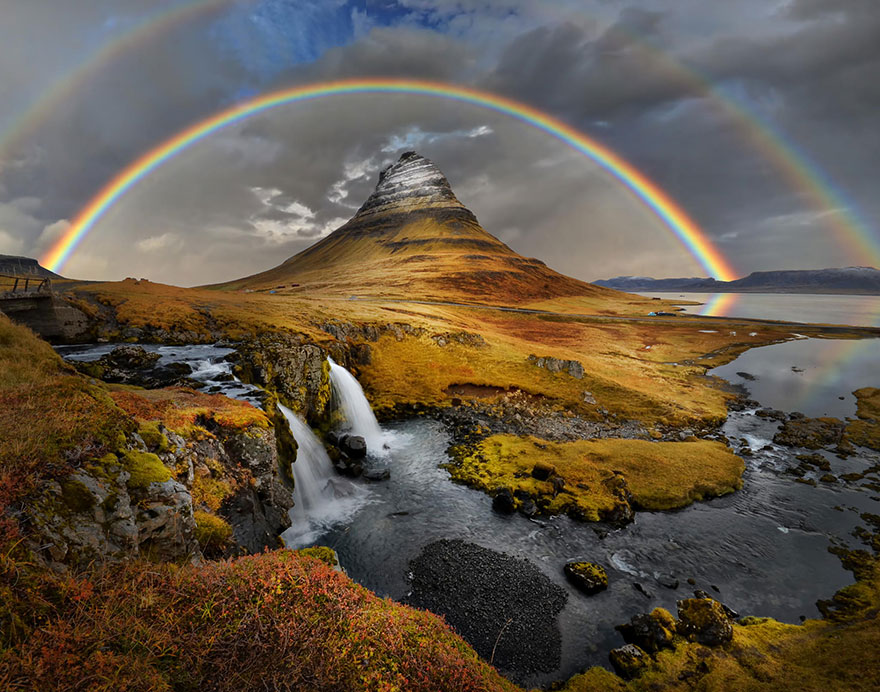
Image credits: Peter Hammer
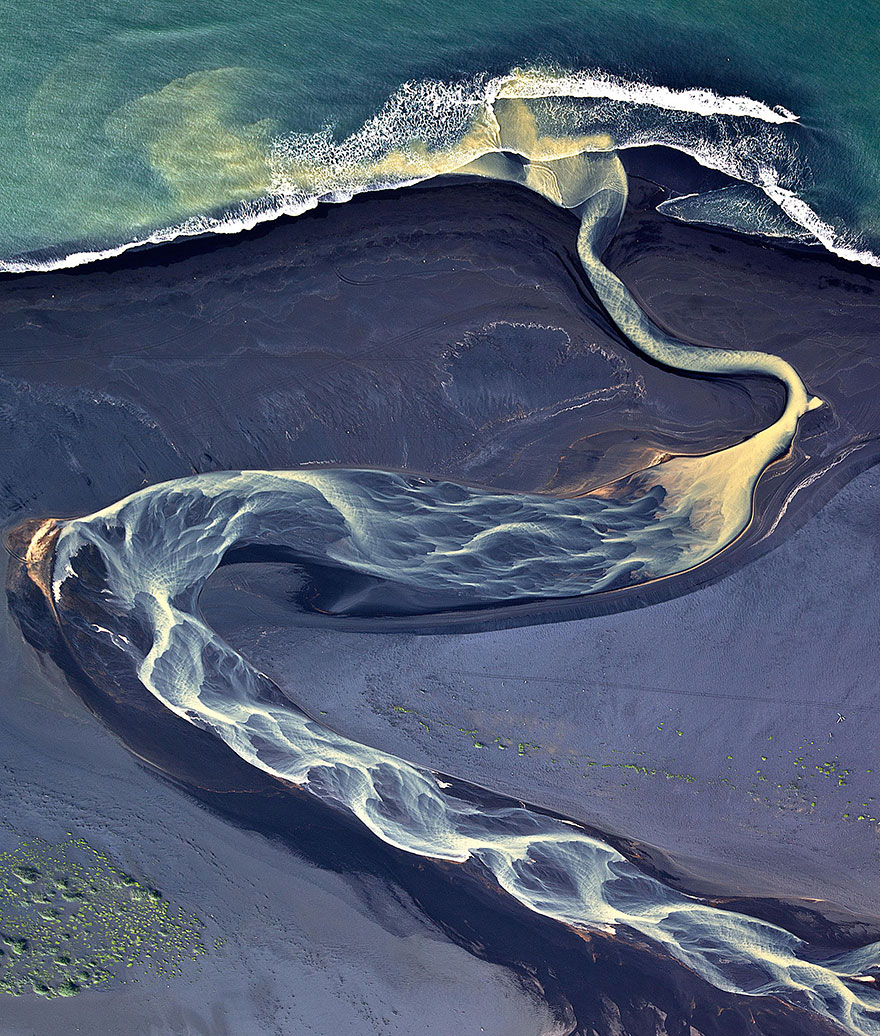
Image credits: Andre Ermolaev

Image credits: J. G. Damlow
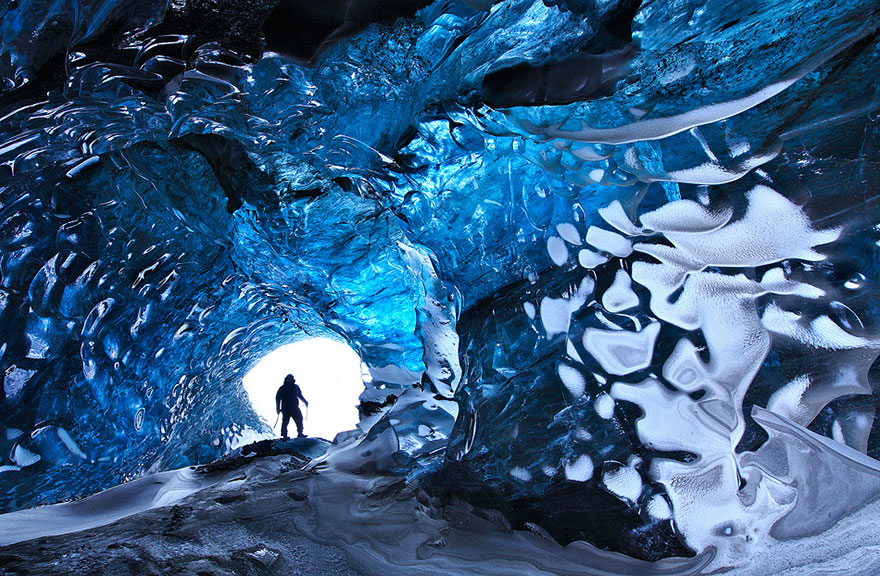
Image credits: Orvar Atli
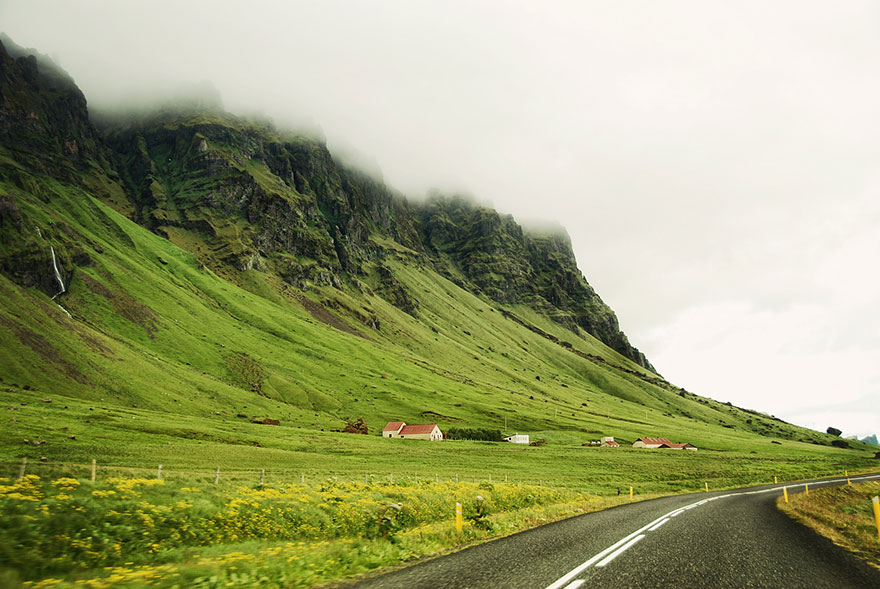
Image credits: -justk-
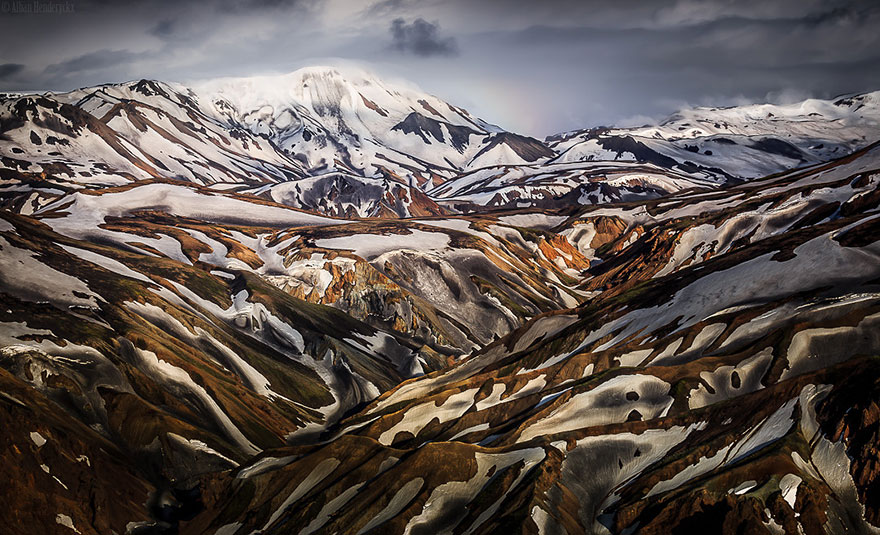
Image credits: Alban Henderyckx
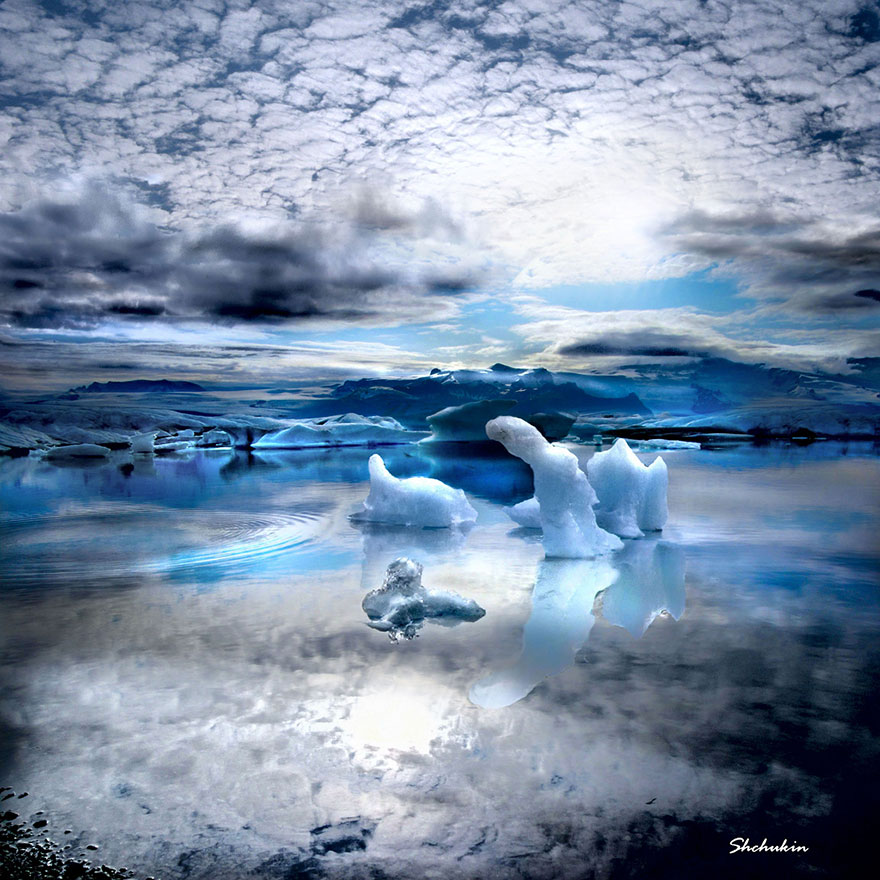
Image credits: Alexander Shchukin
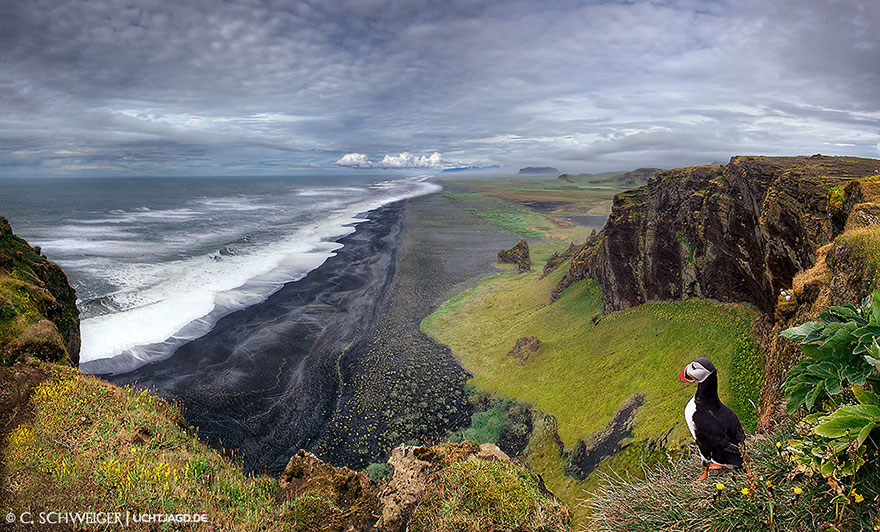
Image credits: Christian Schweiger
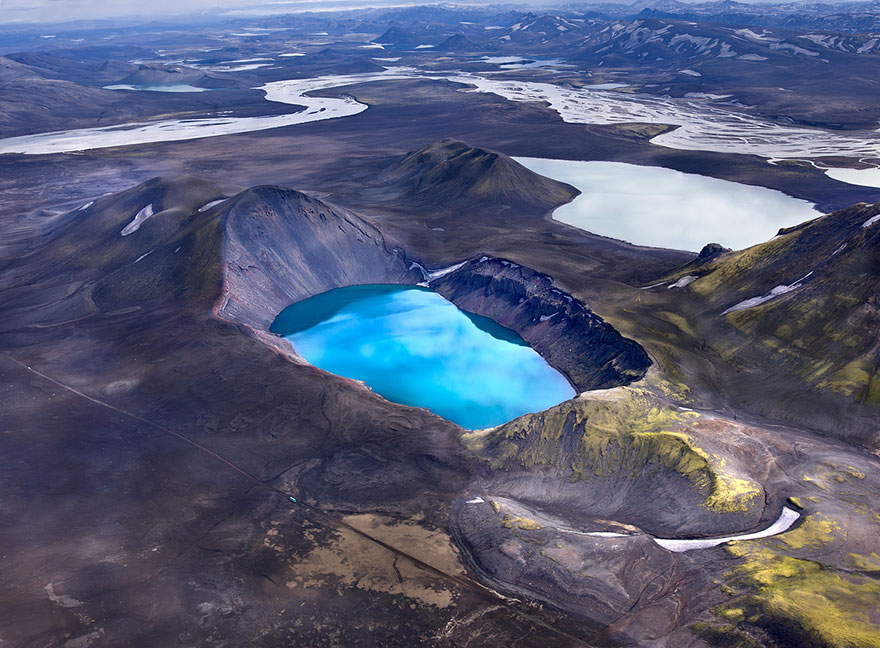
Image credits: Andre Ermolaev
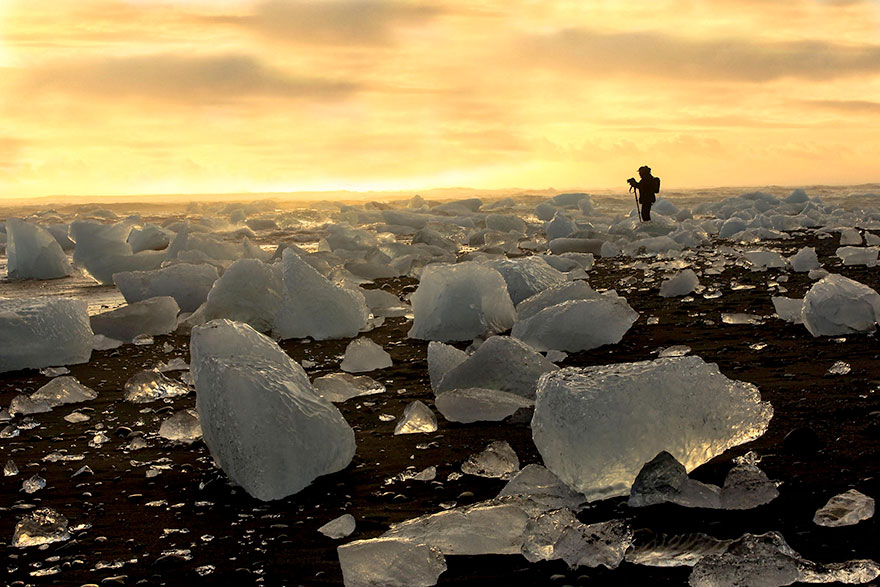
Image credits: Manisha Desai
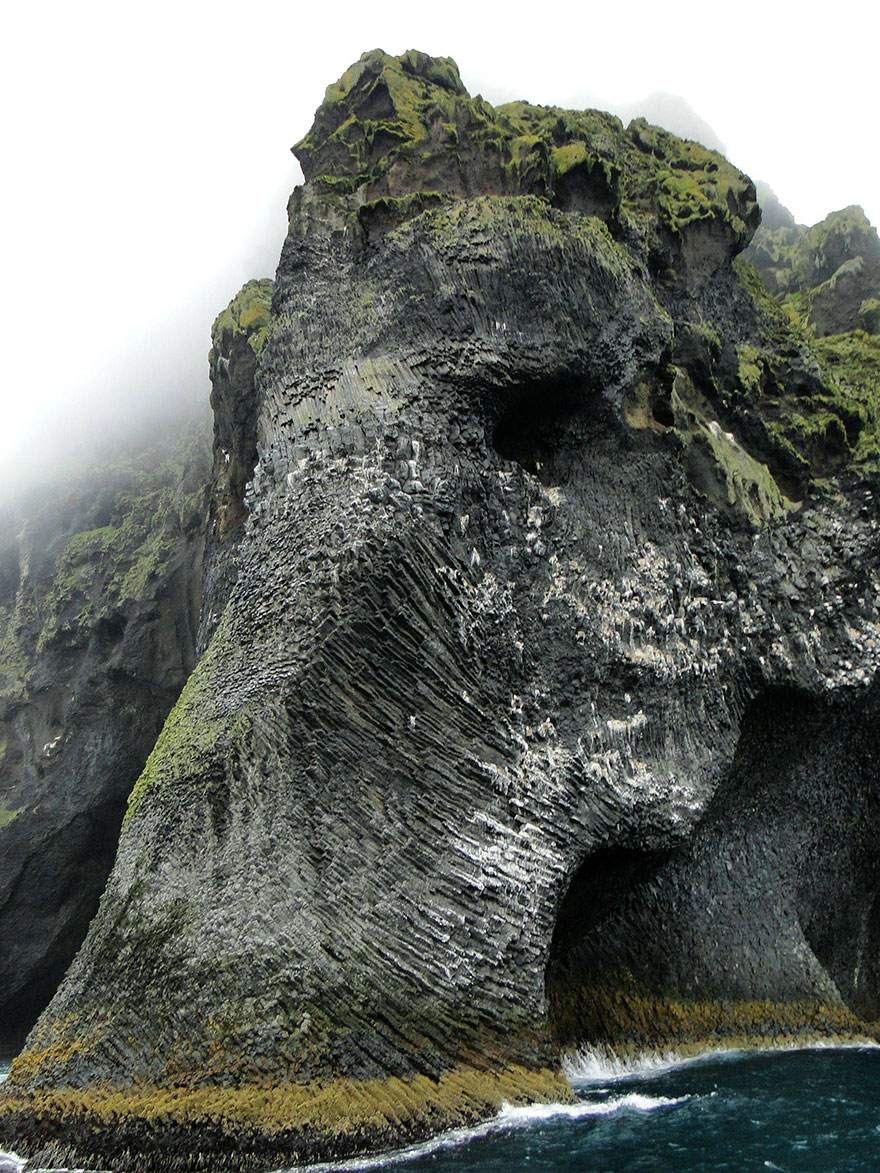
Image credits: imgur.com
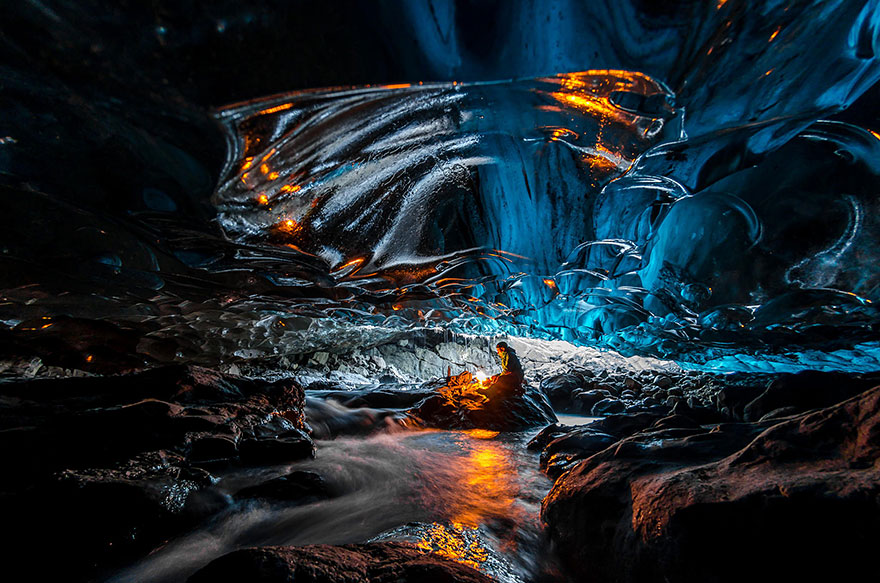
Image credits: Einar Runar Sigurdsson
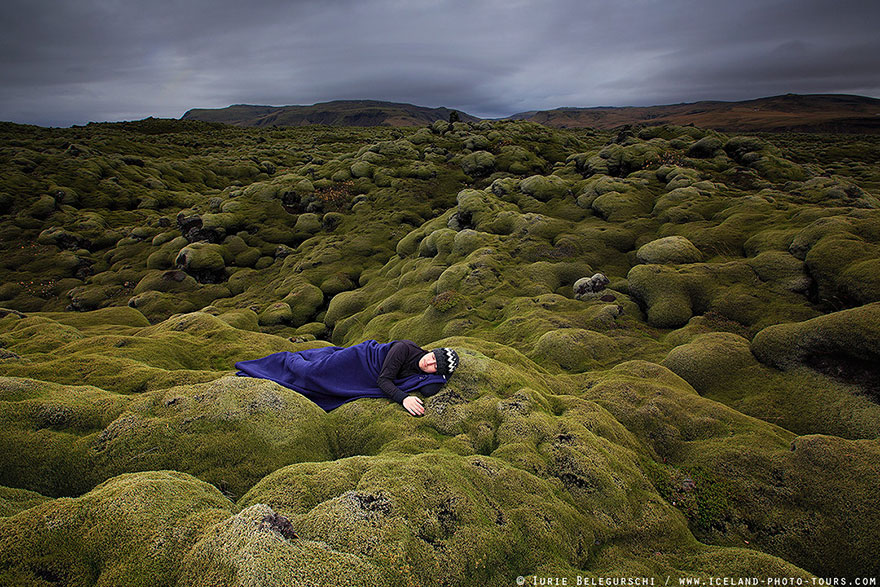
Image credits: Iurie Belegurschi
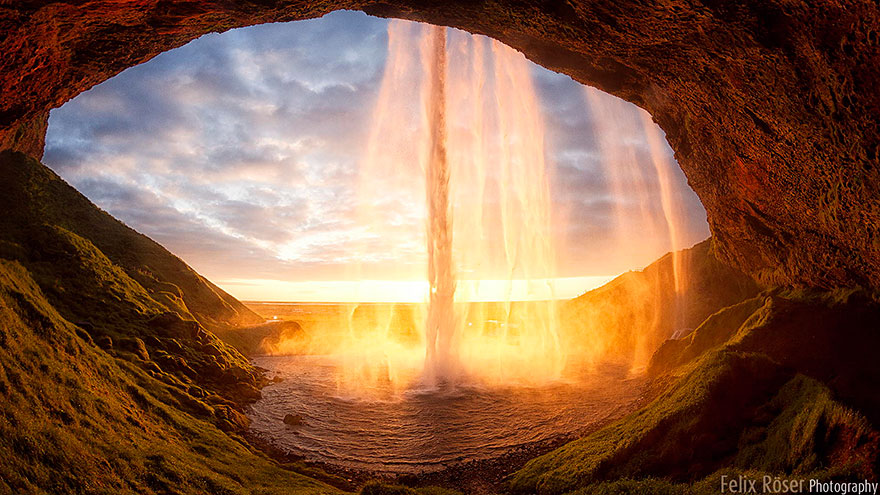
Image credits: Felix Röser
Image credits: Andre Ermolaev
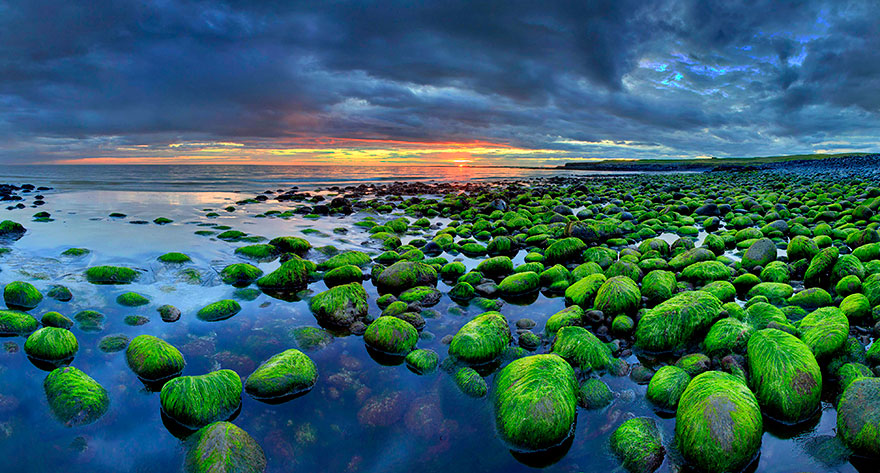
Image credits: Johnathan Esper
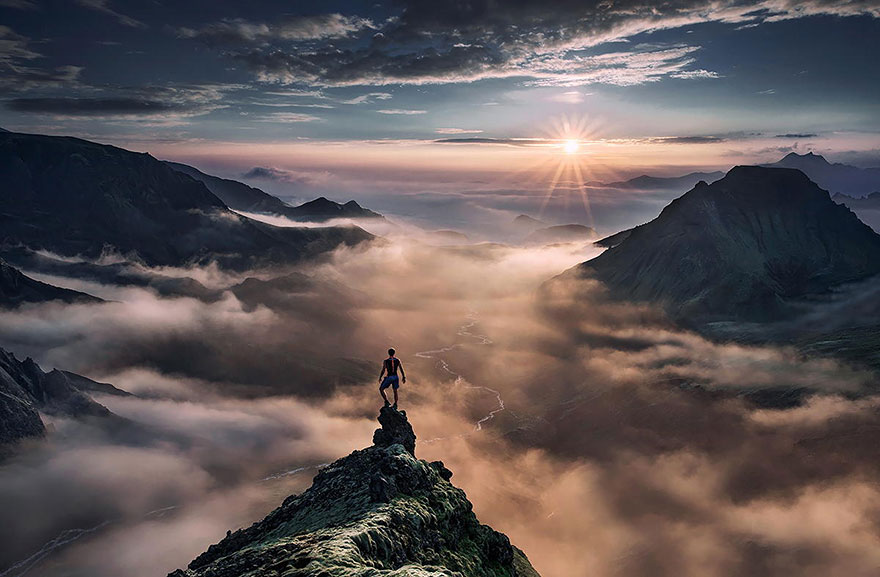
Image credits: Max Rive
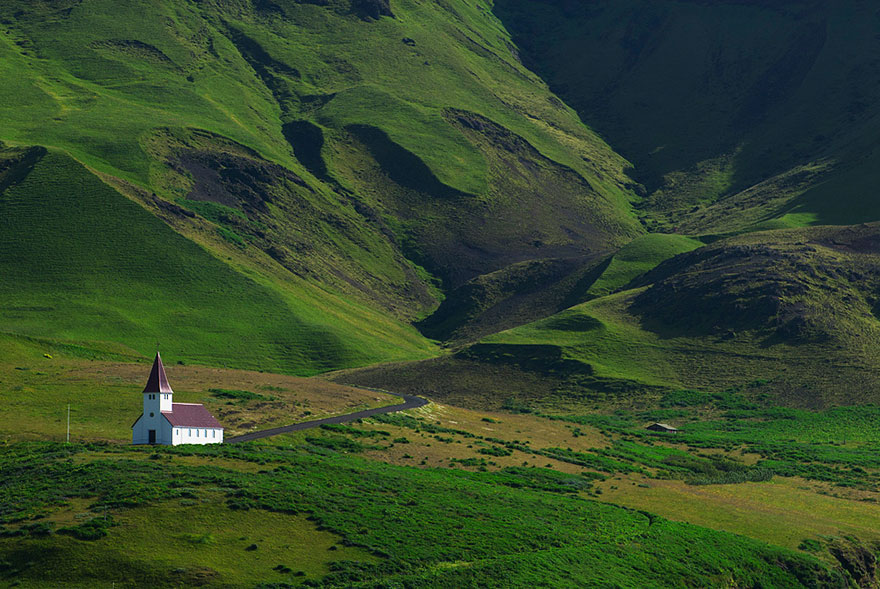
Image credits: Ivo De Decker
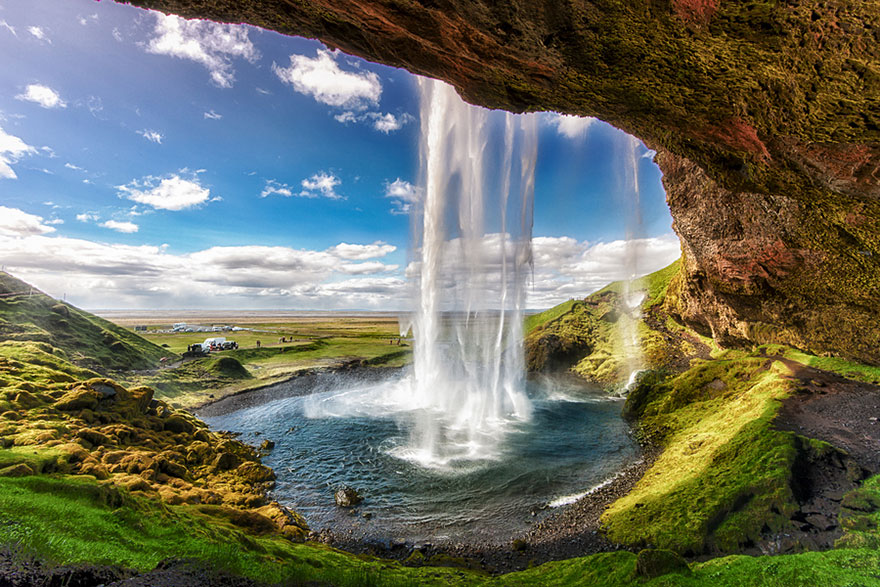
Image credits: unknown
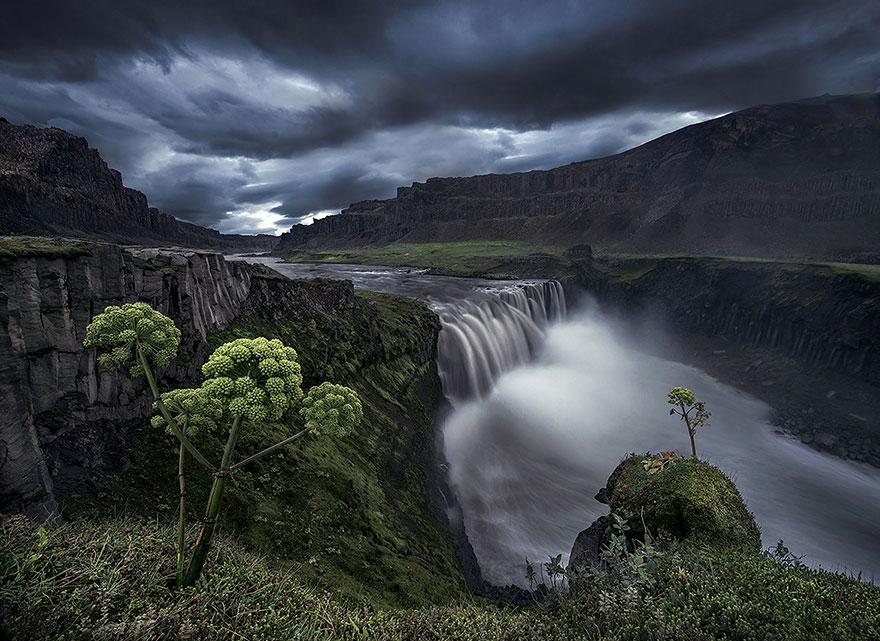
Image credits: Max Rive
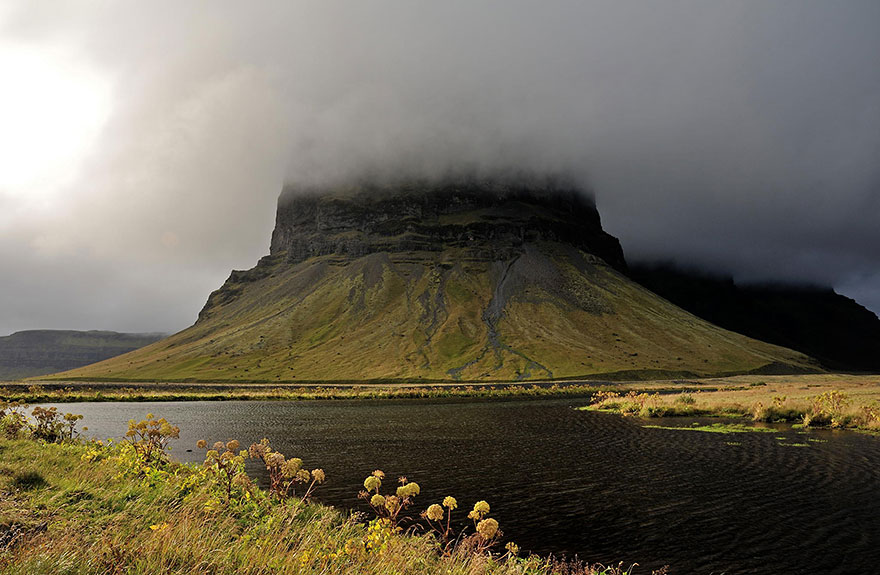
Image credits: Daniel Kaempf
Image credits: imgur.com
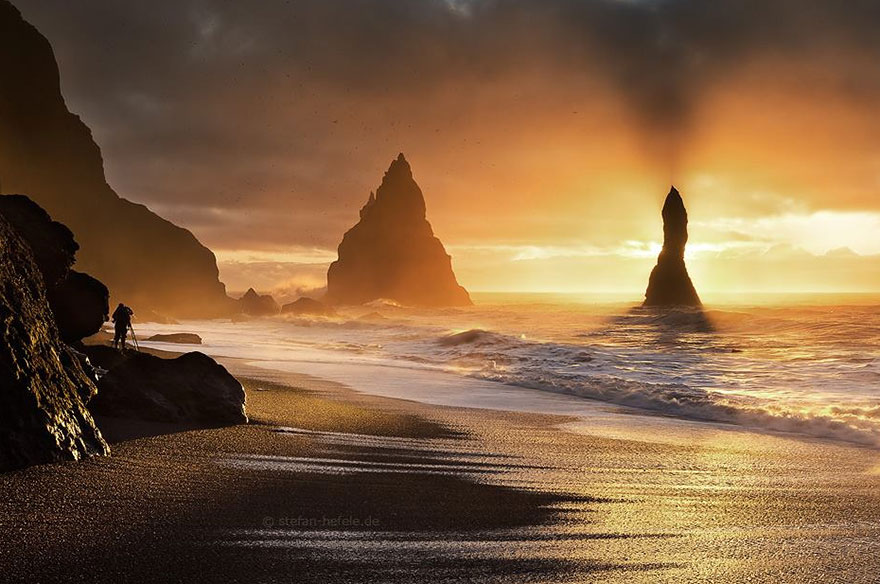
Image credits: Stefan Hefele
40 Places To See Before You Die
Our world is filled with indescribable beauty, both man-made and natural, and it’s hard to say whether a single lifetime would truly be enough to truly experience all of it. Most of us will probably never see everything that the world has to offer us, but it’s worth a shot! Here are 40 incredible places around the world that are definitely worth adding to your bucket list.
Some consider travel to be a luxury or even an unnecessary burden, while others consider it to be vitally important to living a fulfilled life. Still others don’t even have the opportunity to make that decision. But if you are afflicted with a case of wanderlust, you know that seeing the world’s sights can be a deeply moving and valuable experience.
My personal favorite is ecological tourism – climbing mountains, exploring deserts or simply in drinking in the sights of the countryside. However, you can’t deny the appeal of some of the man-made structures as well – from the epic, ancient grandeur of the Pyramids of Giza to the sunny charm of sea-side villages in Greece.
It’s a wonderful and beautiful world we live in, so make sure to see as much of it as you can before you kick the bucket! Here’s an excellent quote from St. Augustine that will hopefully inspire you to get your foot out the door: “The world is a book and those who do not travel read only one page.”
1. Bagan, Myanmar
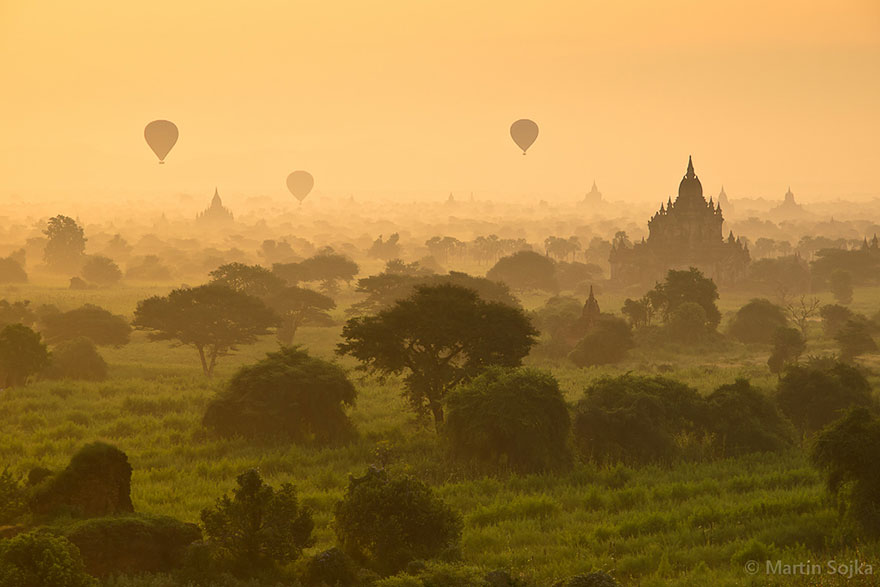
Image credits: Martin Sojka
2. Zhangye Danxia Landform in Gansu, China
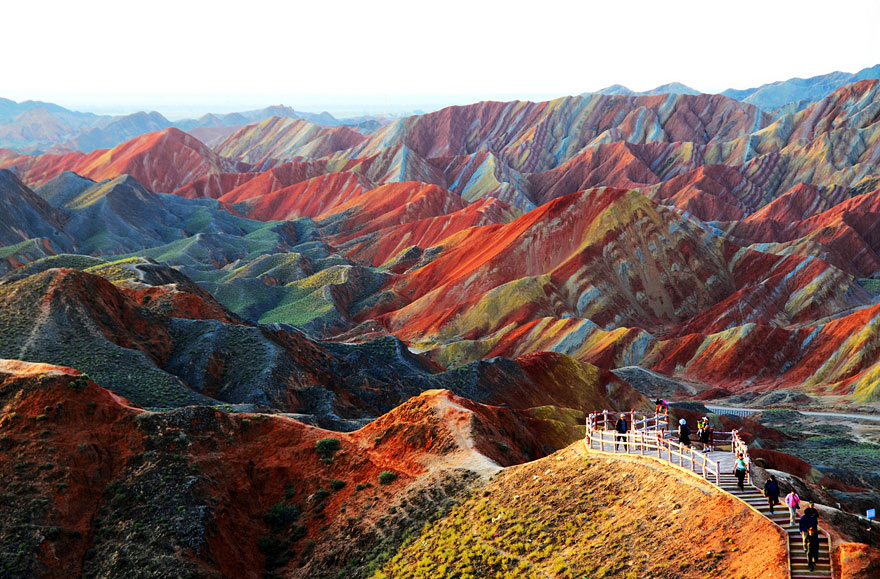
Image credits: unbelievableinfo.blogspot.it

Images credits: Melinda Chan
3. Li River, China
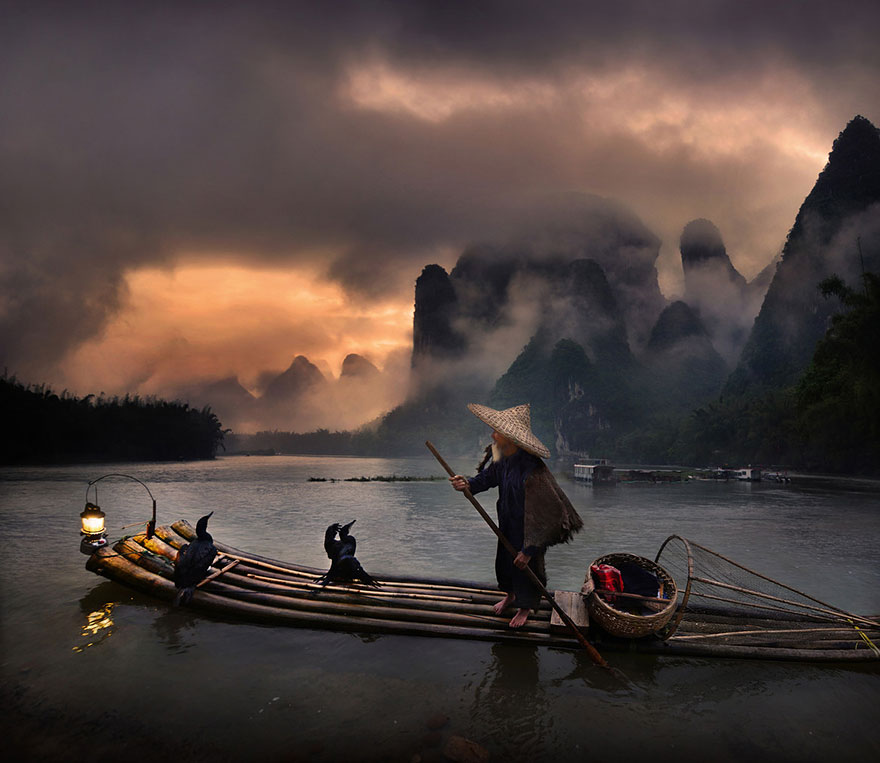
Image credits: Weerapong Chaipuck
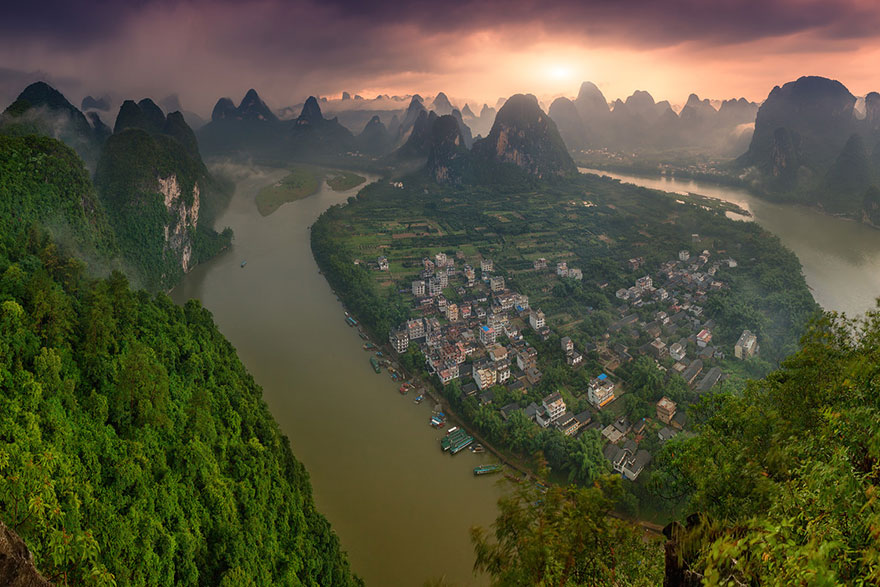
Image credits: Peter Stewart
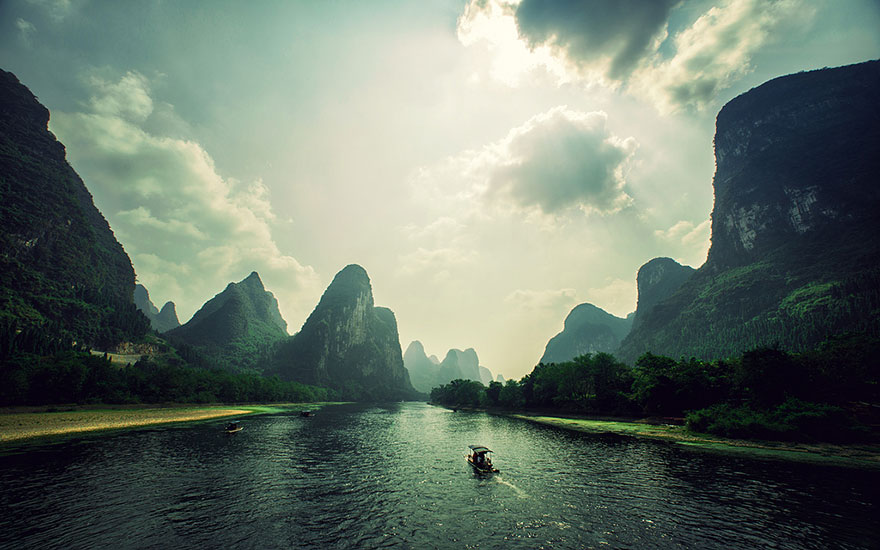
Image credits: Ed McGowan
4. Meteora, Greece
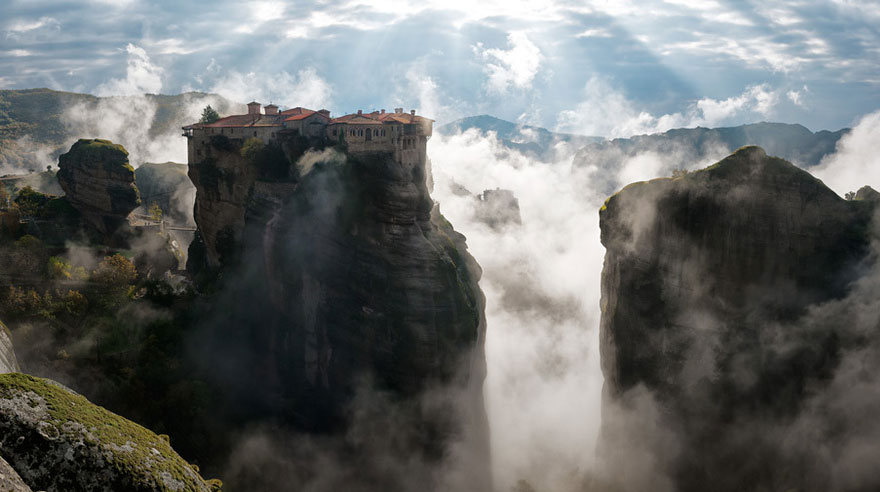
Image credits: Darby Sawchuk
5. Salar de Uyuni: One of the World’s Largest Mirrors, Bolivia
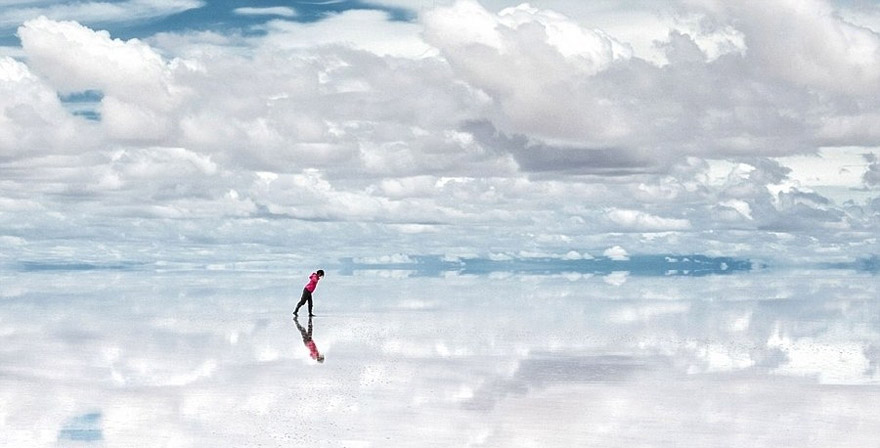
Image credits: dadi360
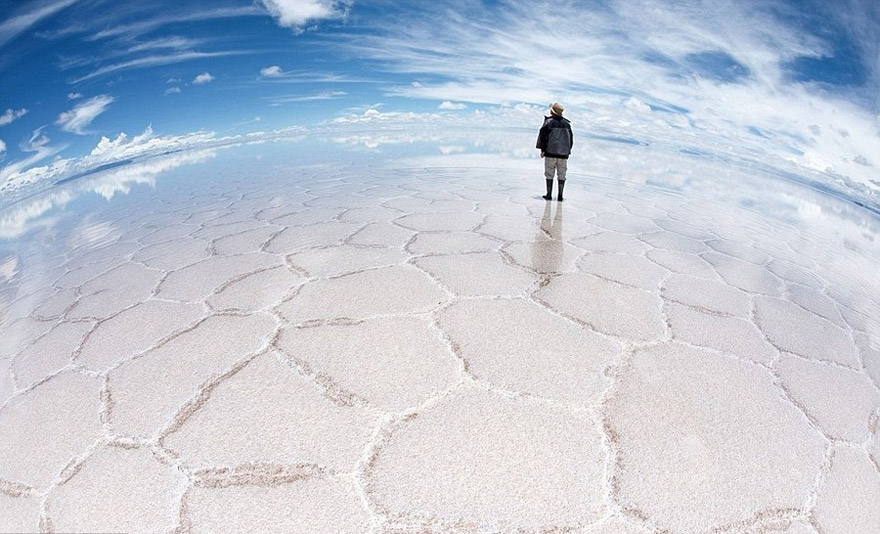
Image credits: dadi360
6. Tianzi Mountains, China
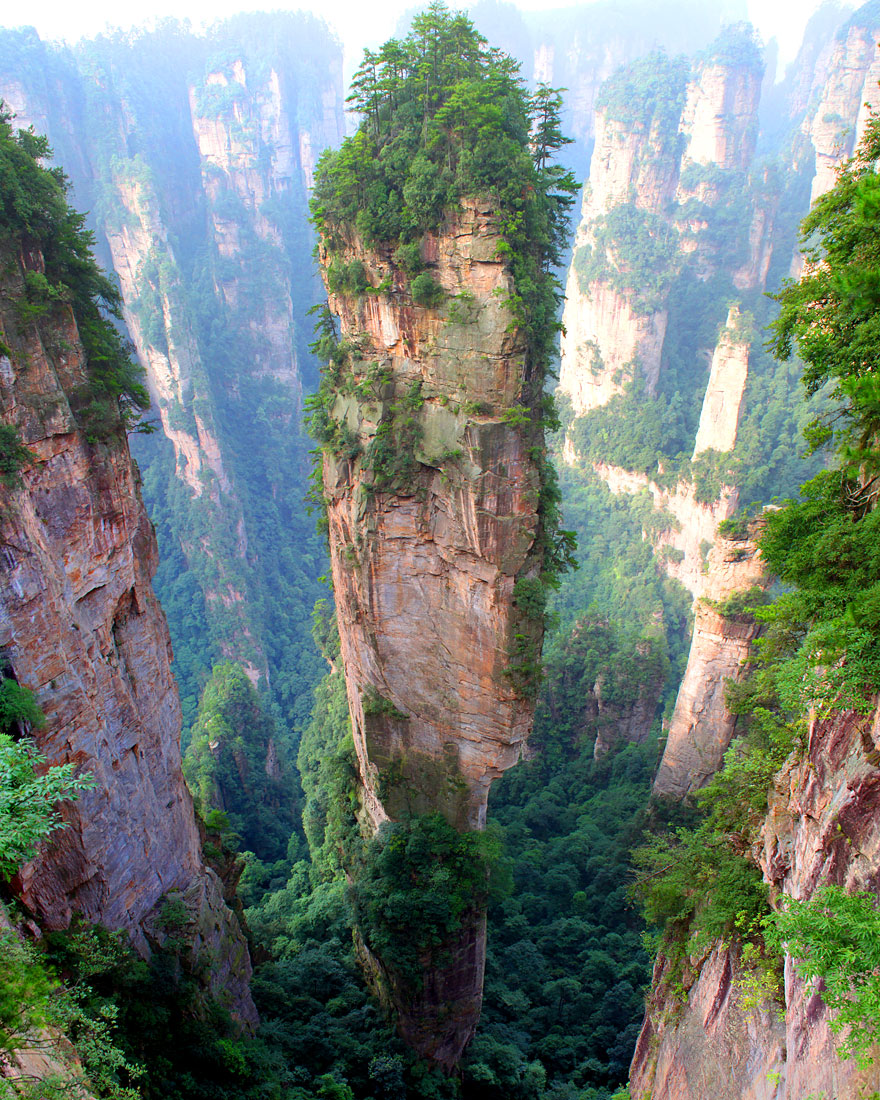
Image credits: Richard Janecki
7. Santorini Island, Greece

Image credits: paowmagazine.com
8. Angkor Wat, Cambodia
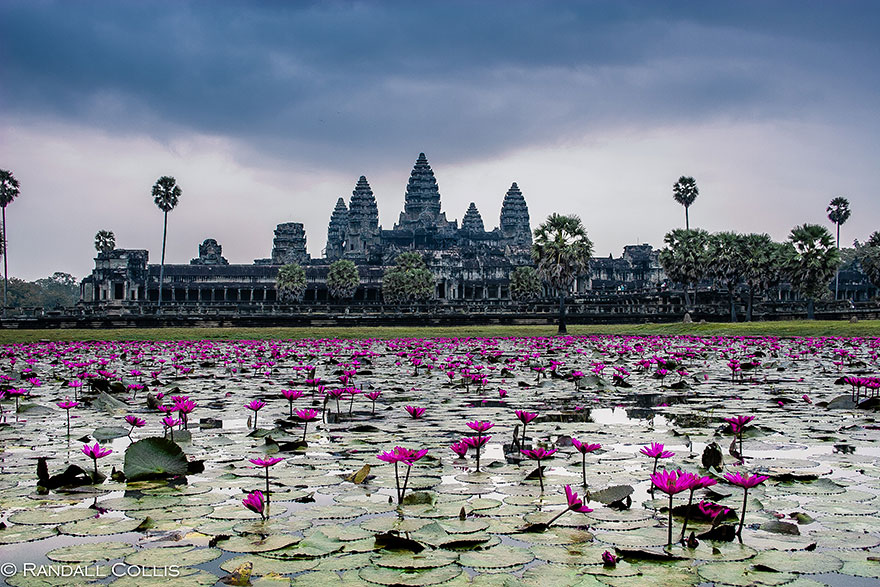
Image credits: Randall Collis
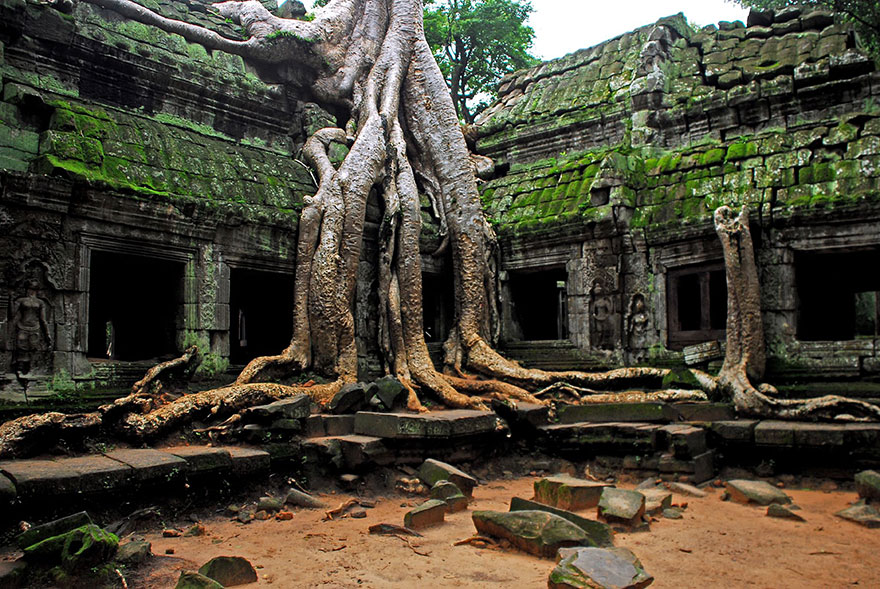
Image credits: lecercle
9. Yosemite Valley, USA
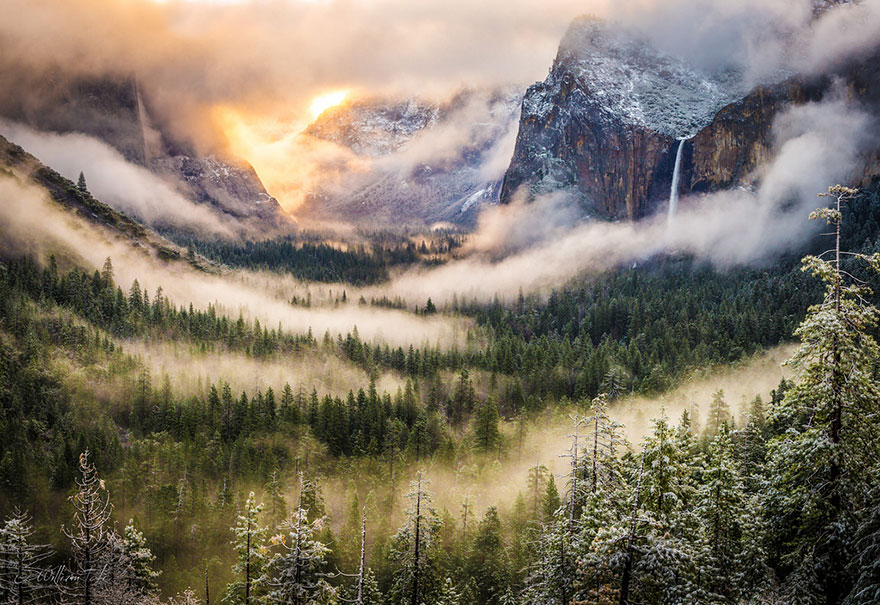
Image credits: subcmdr
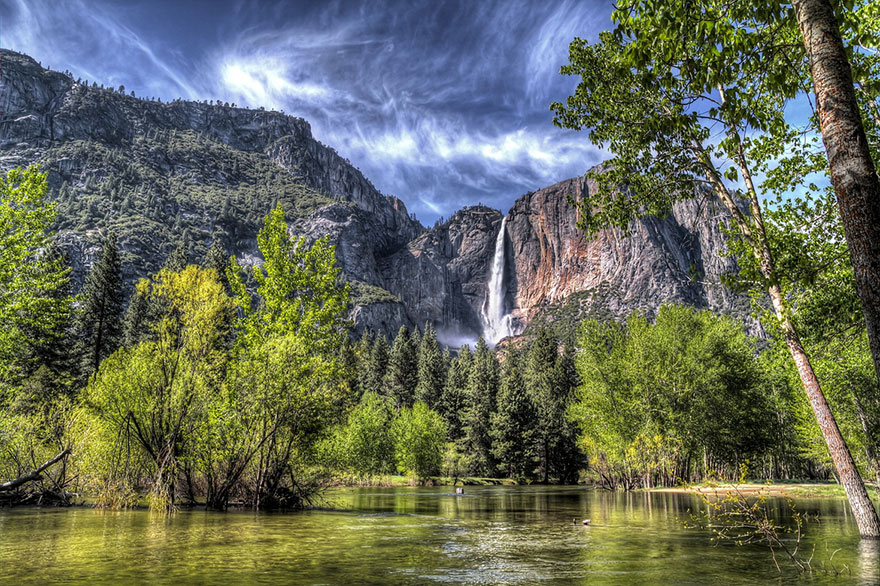
Image credits: Conrad Casper
10. Hitachi Seaside Park, Japan
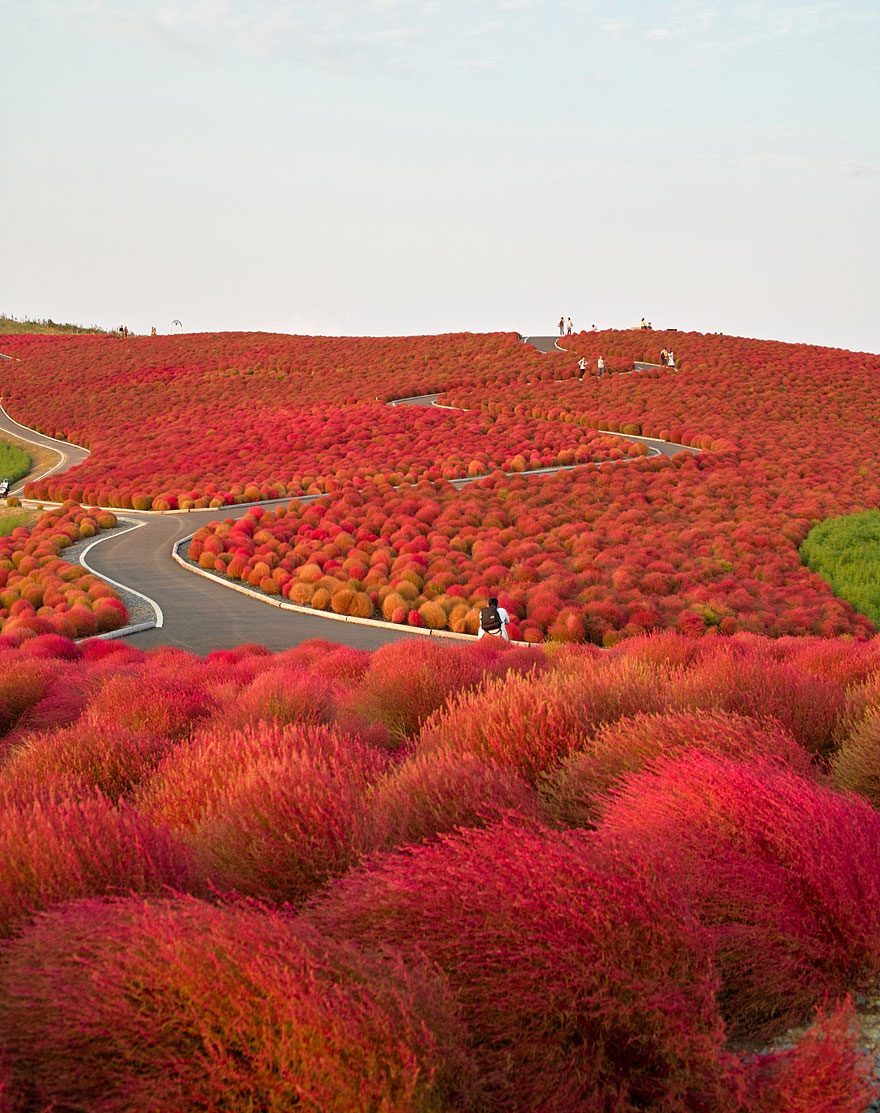
Image credits: nipomen2
11. Bamboo Forest, Japan
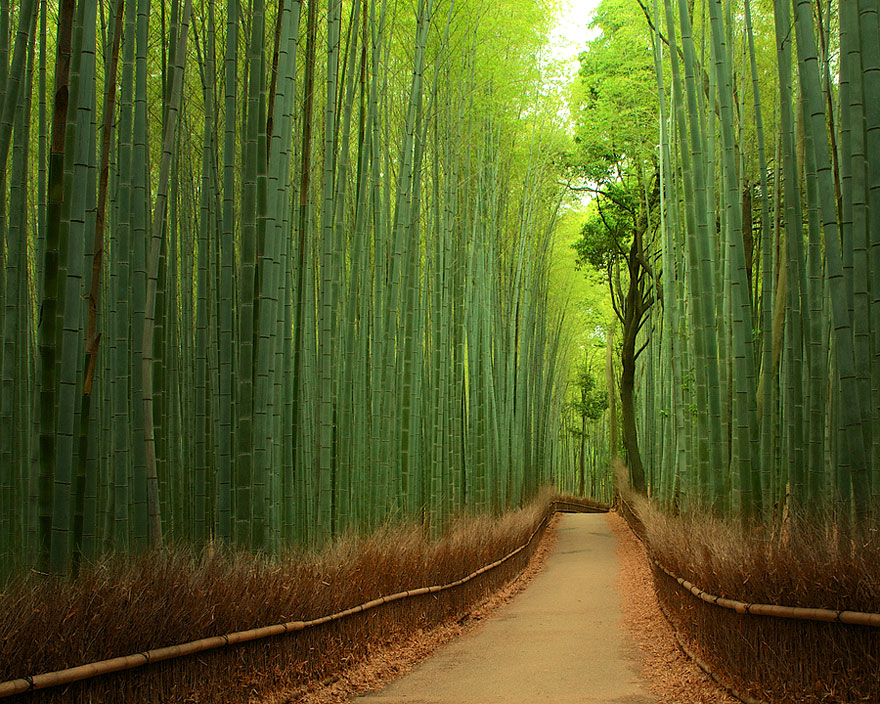
Image credits: Yuya Horikawa
12. Petra, Jordan
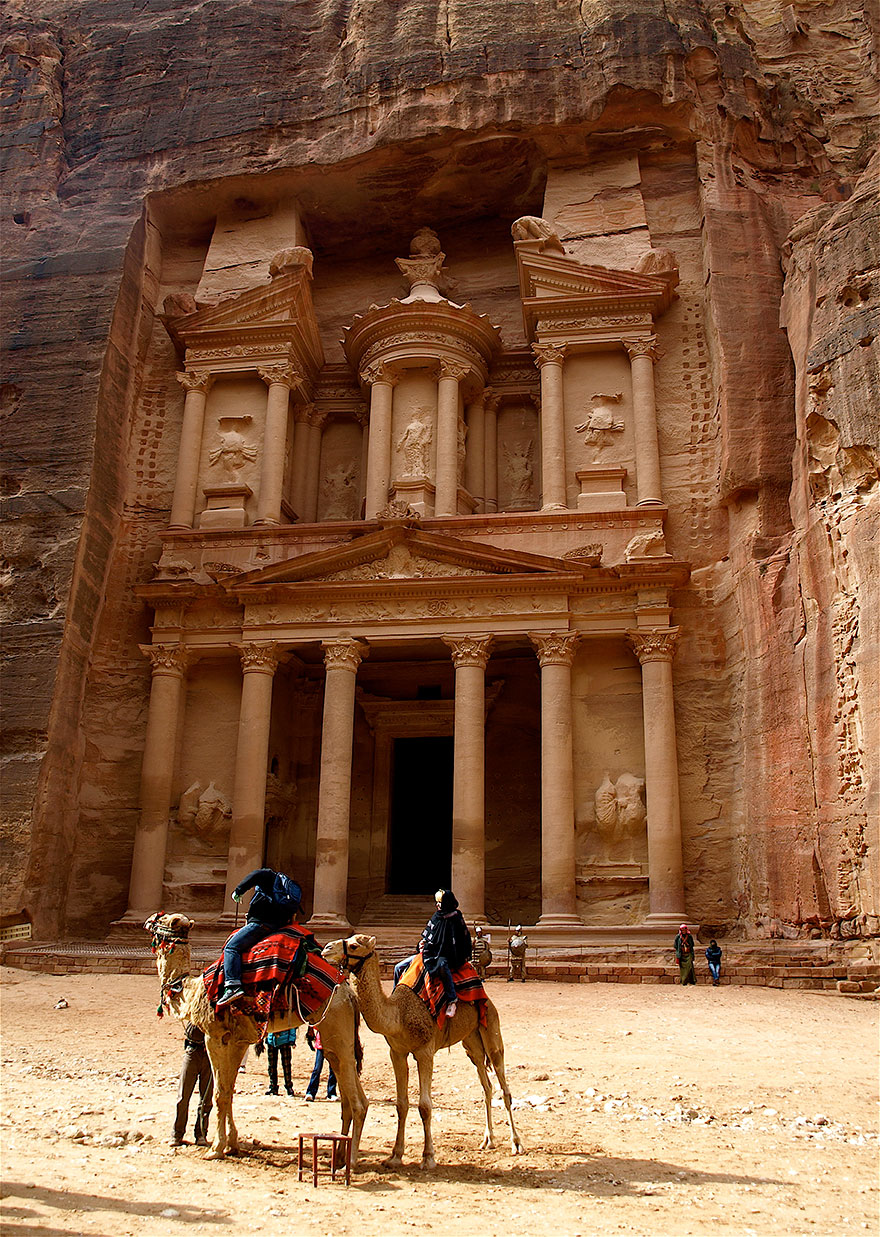
Image credits: Gloria Castro Salvador
13. Machu Picchu, Peru
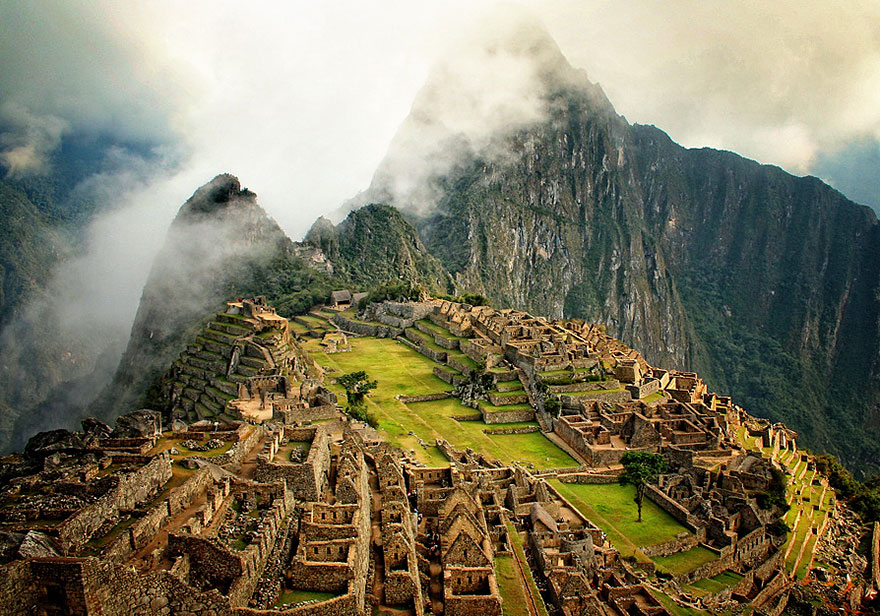
Image credits: Lubomir Koulev
14. Cave in Algarve, Portugal

Image credits: Bruno Carlos
15. Halong Bay, Vietnam
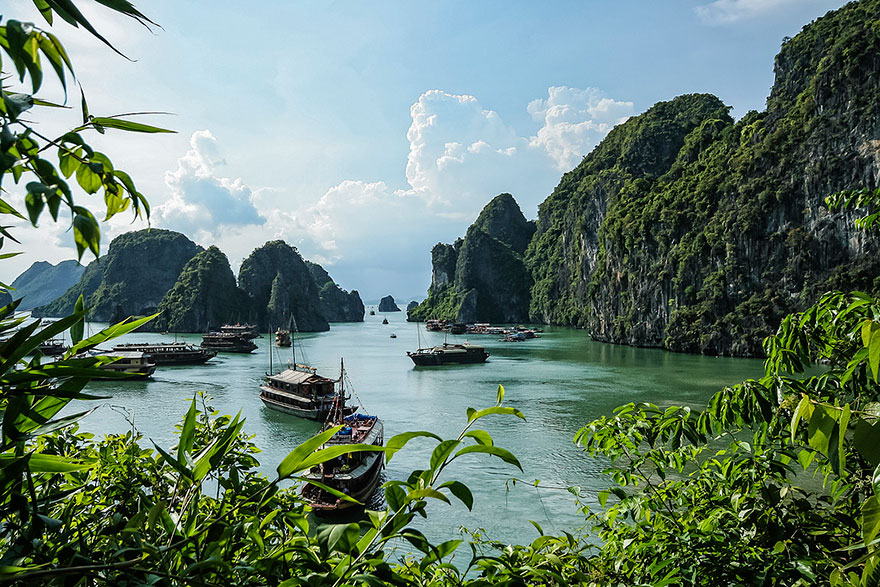
Image credits: Nic
16. Pamukkale, Turkey

Image credits: Ahmet Sahin
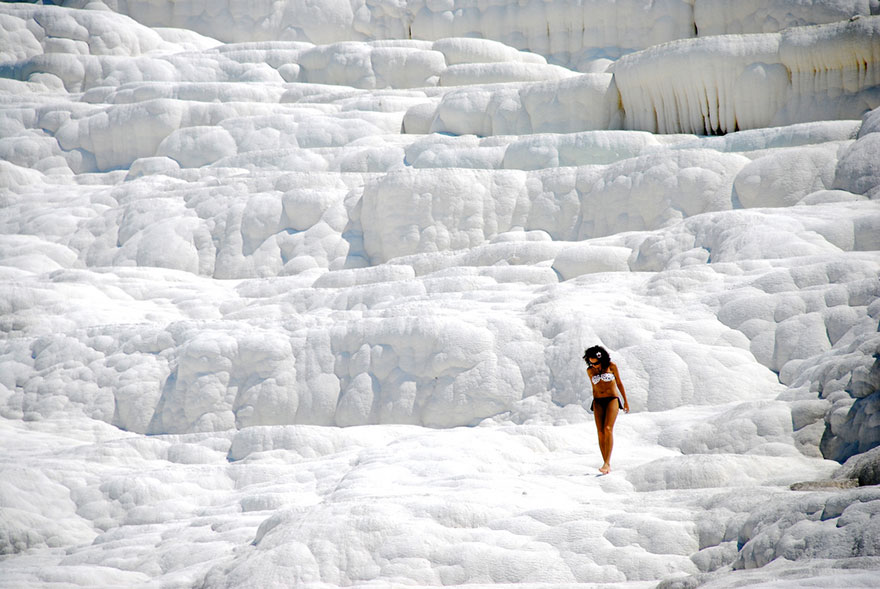
Image credits: riccio
17. Rice Terrace Fields in Mu Cang Chai, Vietnam
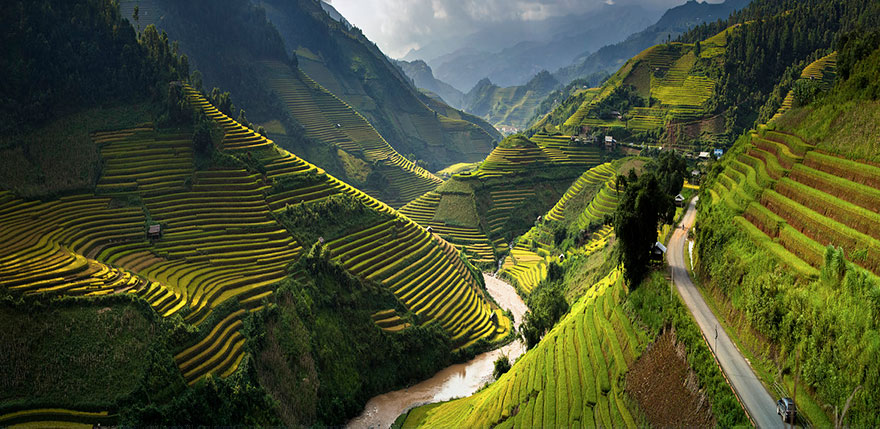
Image credits: Thang Soi
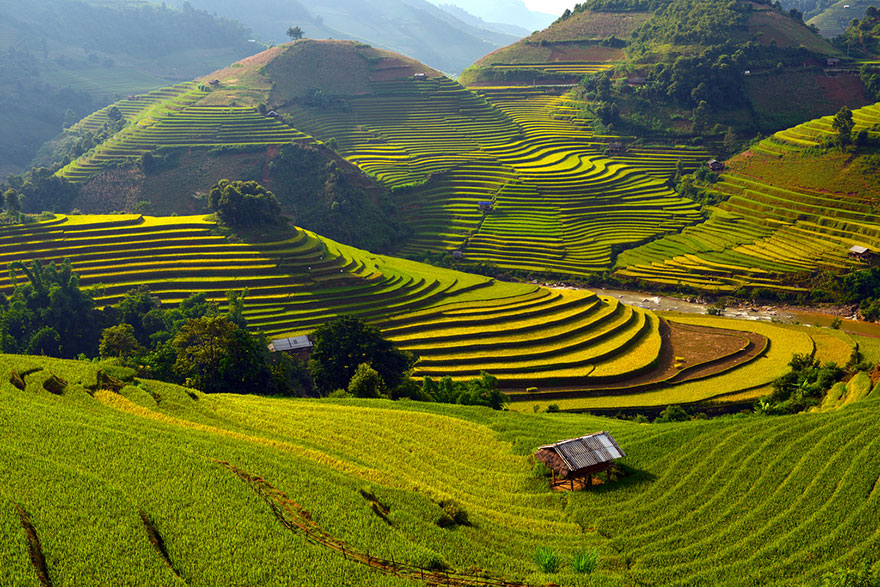
Image credits: Sarawut Intarob
18. M0nument Valley, USA

Image credits: Jouni Välkki
19. Naica Mine, Mexico
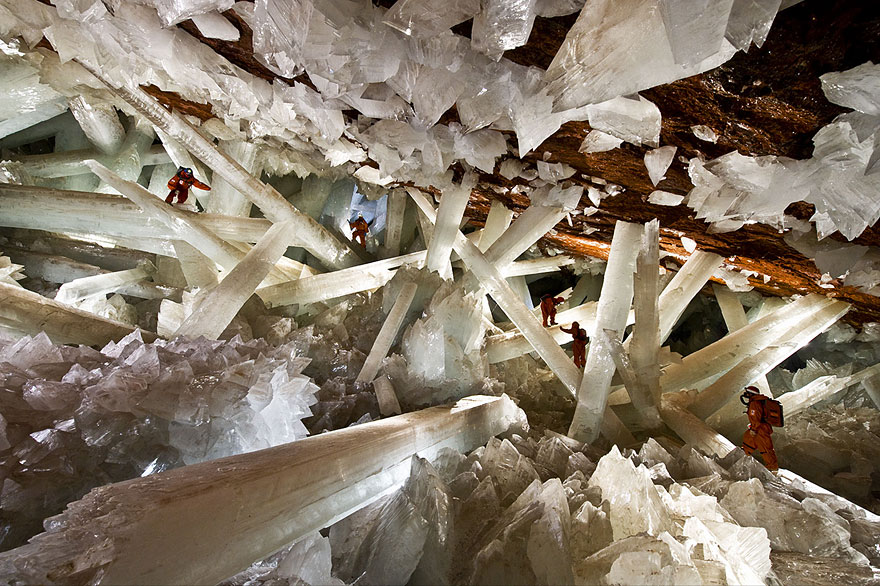
Image credits: nicole_denise
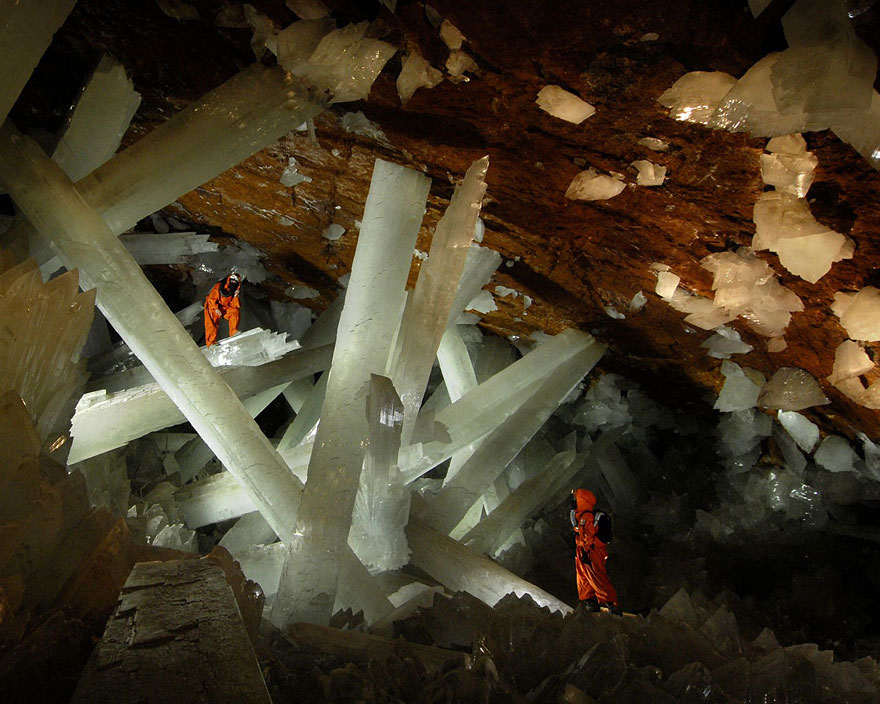
Image credits: nicole_denise
20. Hang Son Doong, Vietnam
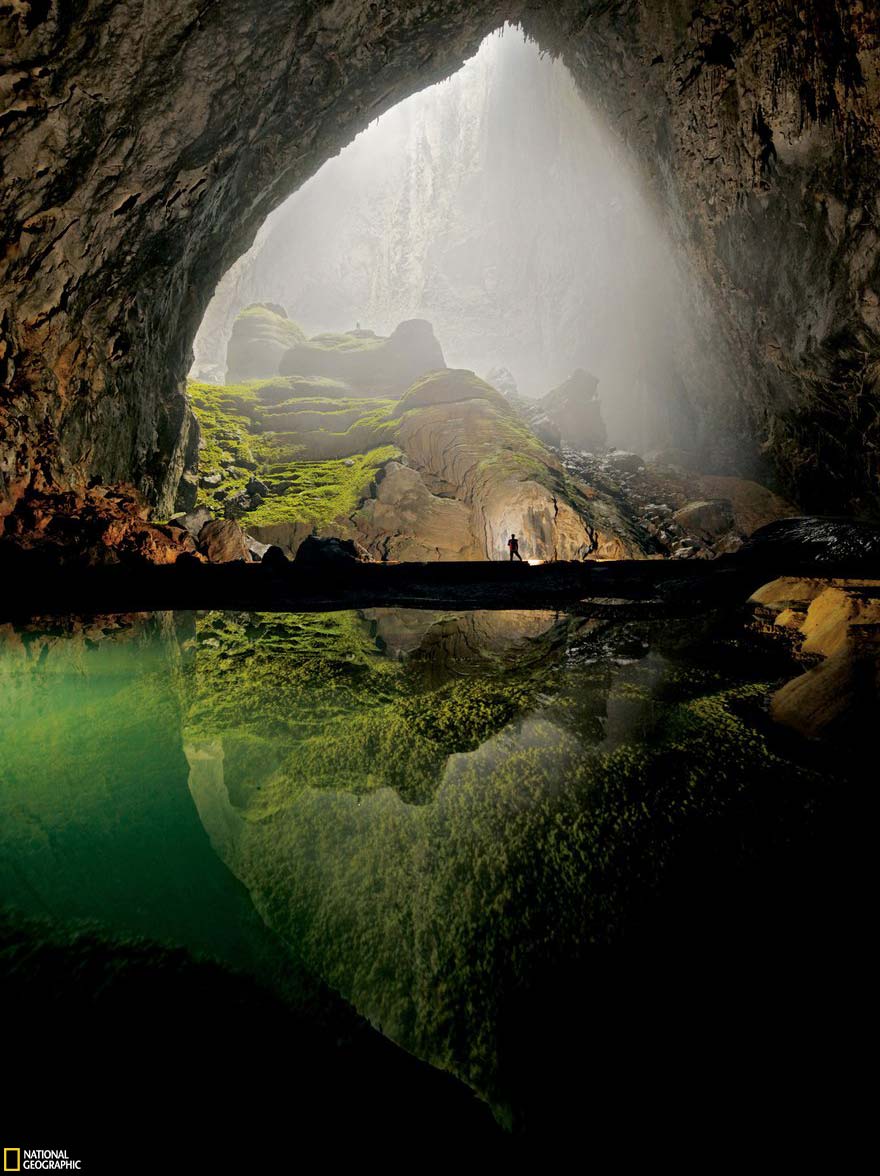
Image credits: National Geographic
21. Venice, Italy
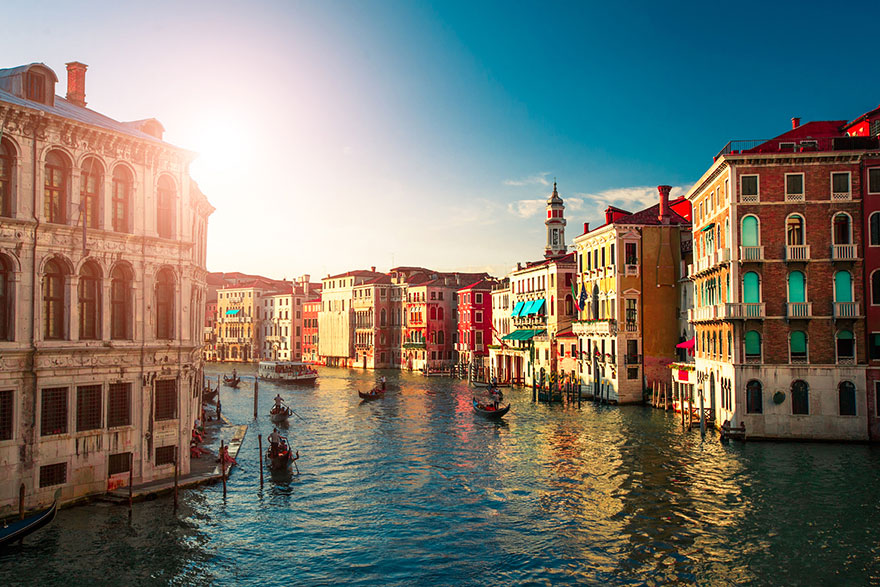
Image credits: Constantin Gololobov
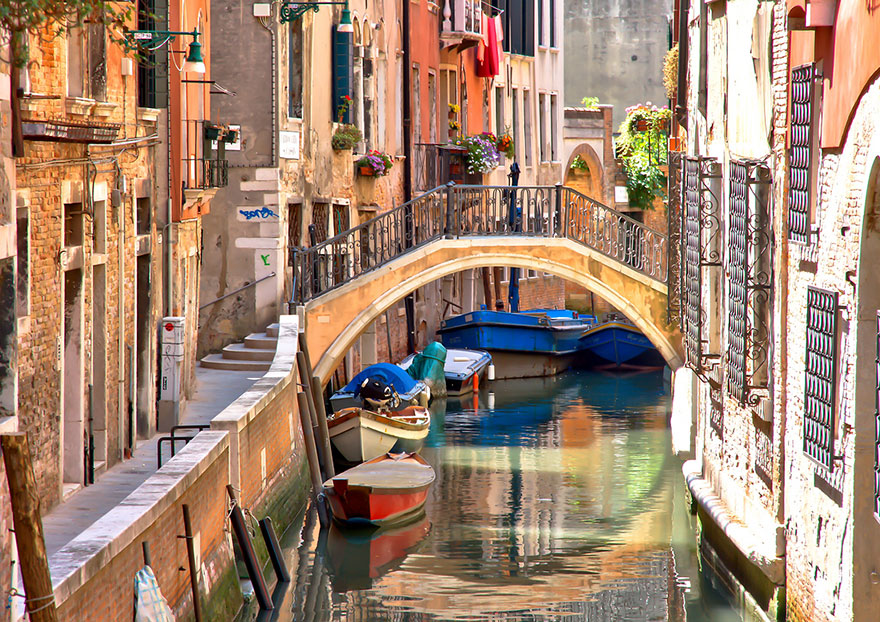
Image credits: Peter Young
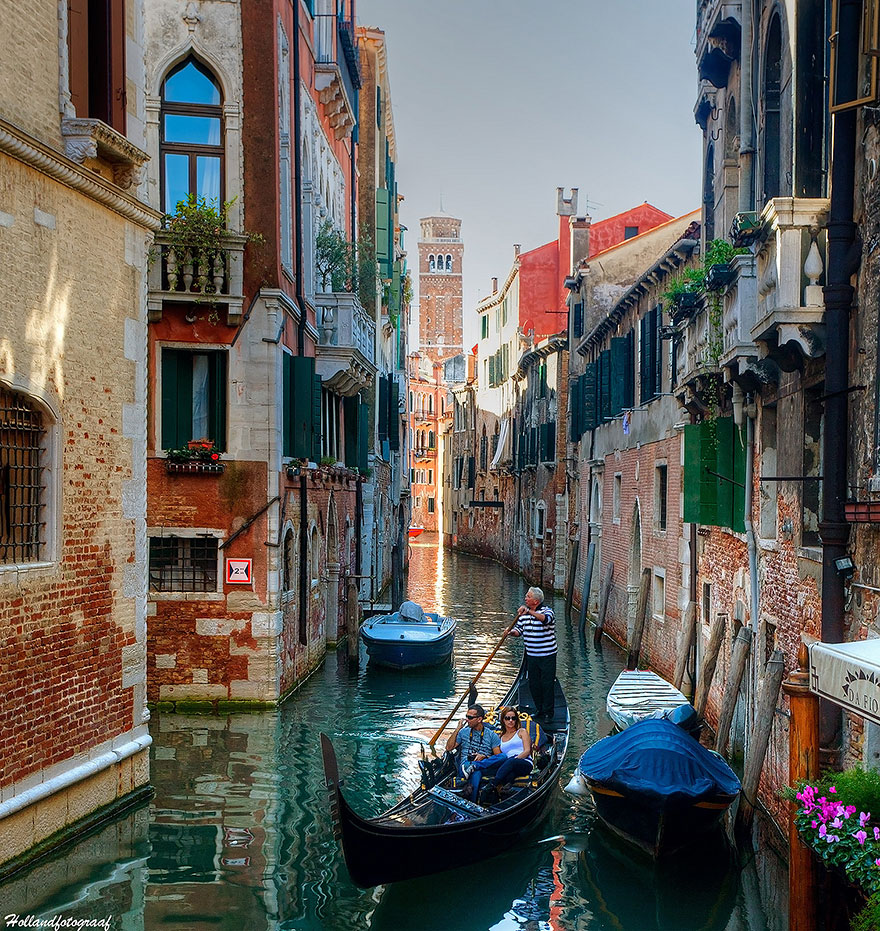
Image credits: holland fotograaf
22. Plitvice Lakes, Croatia
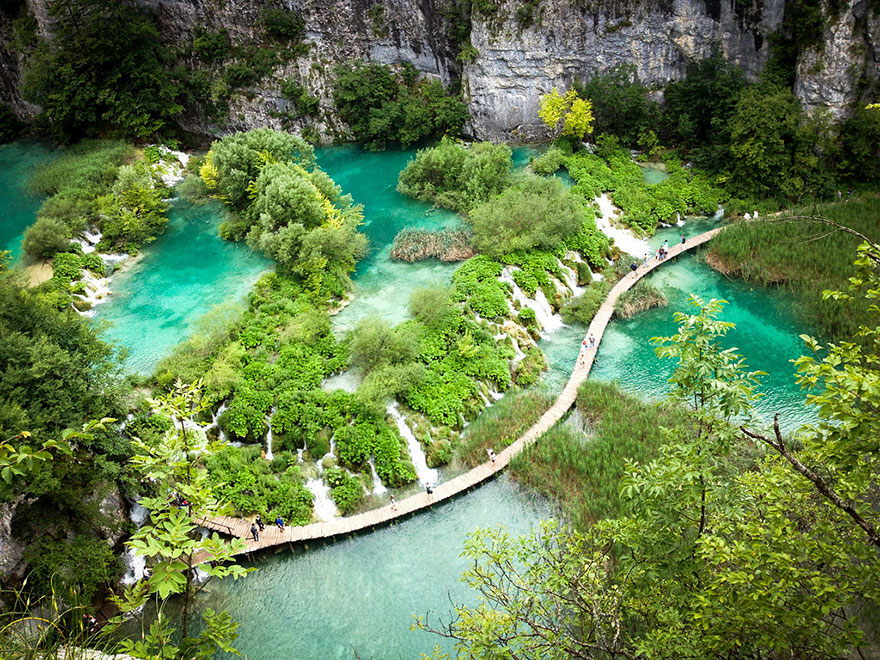
Image credits: Manu
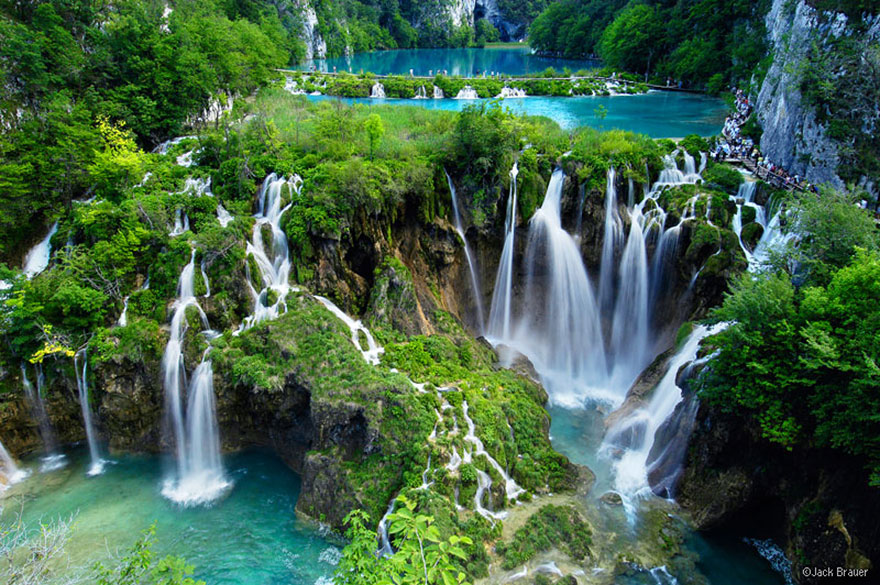
Image credits: Jack Brauer
23. Lençóis Maranhenses, Brazil
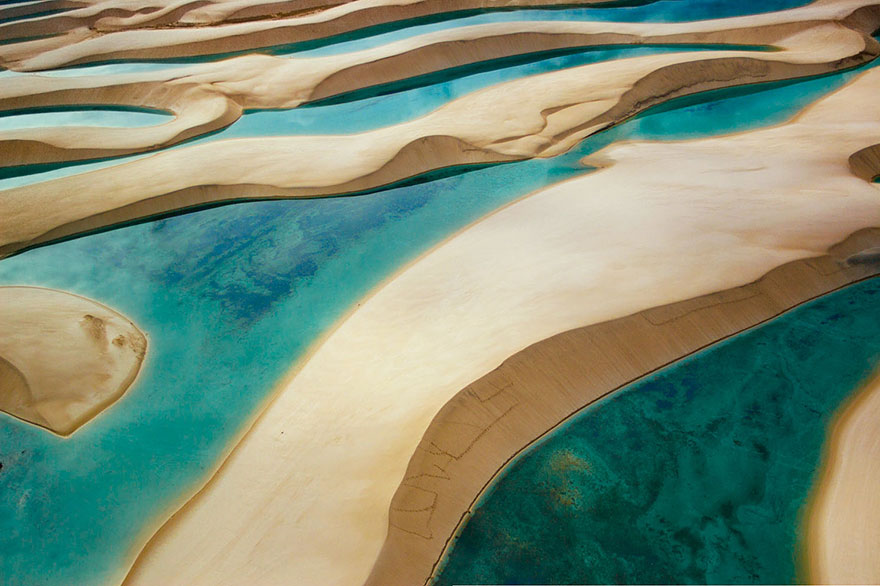
Image credits: brasilvip.net
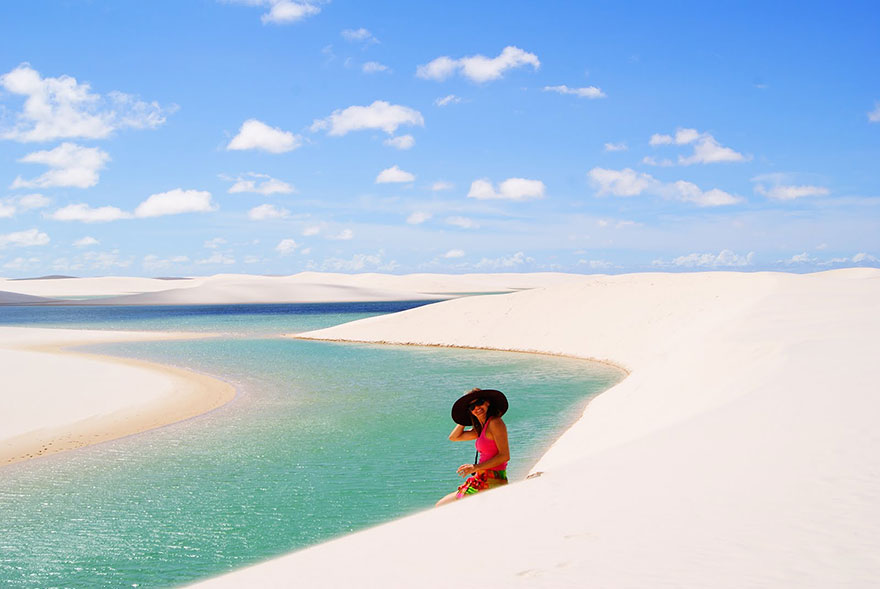
Image credits: brasilvip.net
24. Navagio Bay, Greece
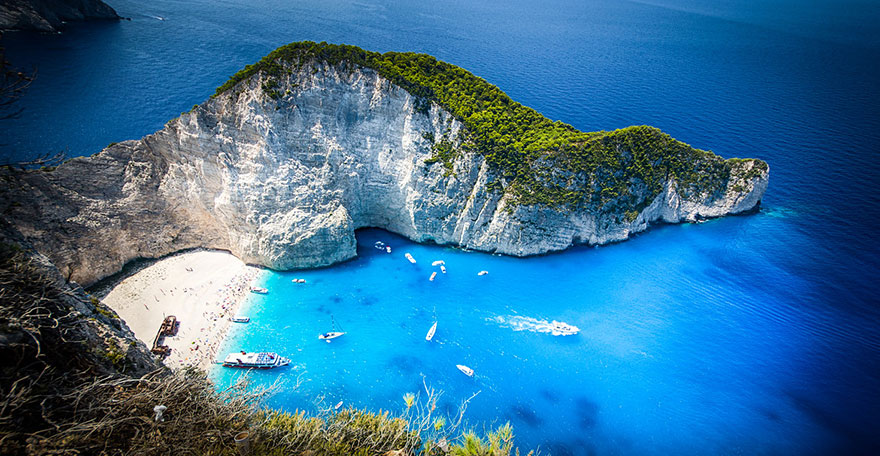
Image credits: Johan Björling
25. Provence, France
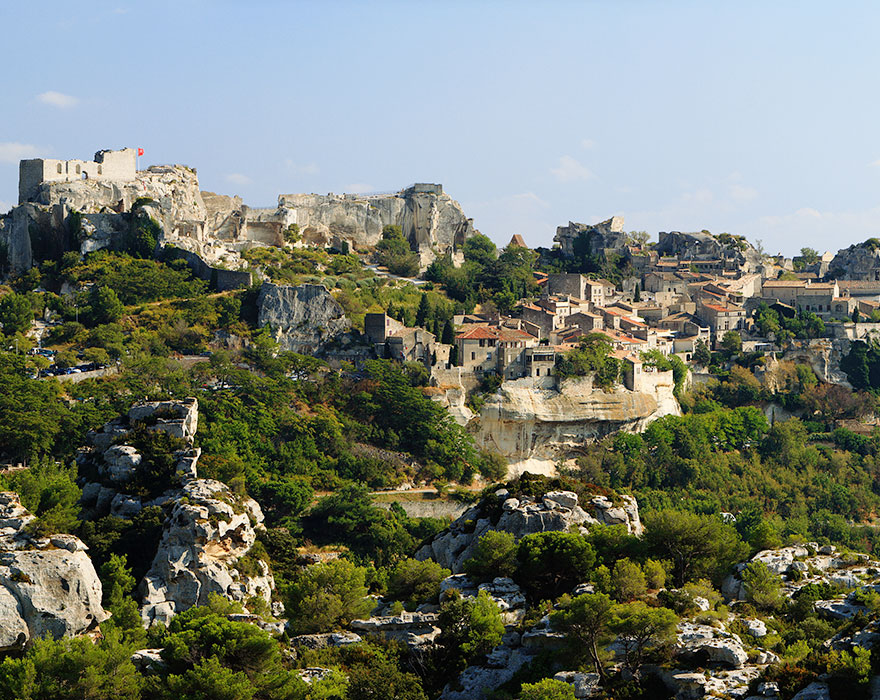
Image credits: Benh Lieu Song
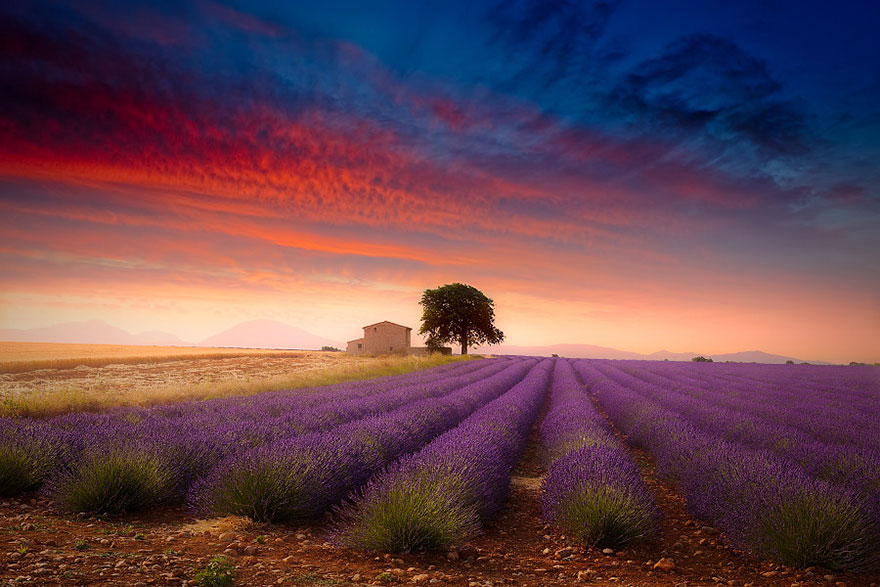
Image credits: Giovanni Allievi
26. Victoria Falls, Zambia/Zimbabwe

Image credits: Vittorio Chiampan
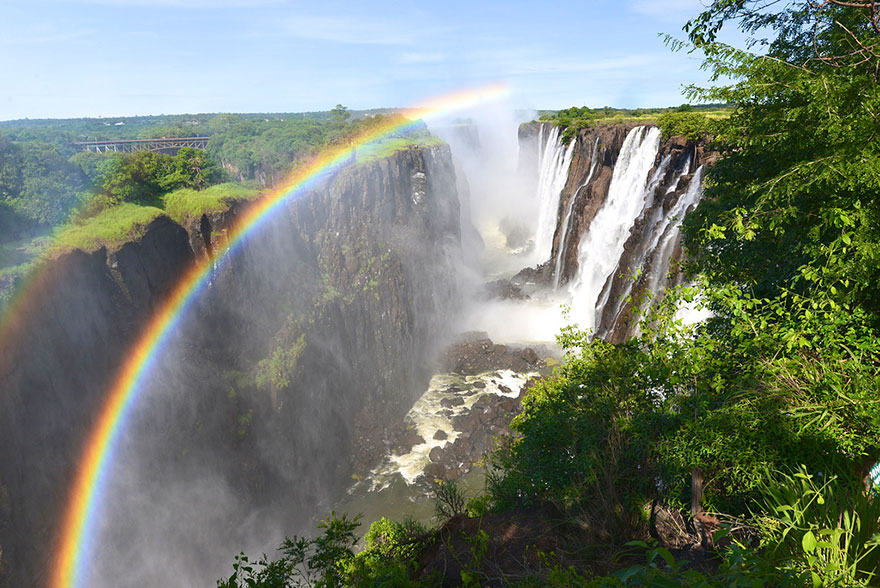
Image credits: Mark Smith
27. Bora Bora, French Polynesia
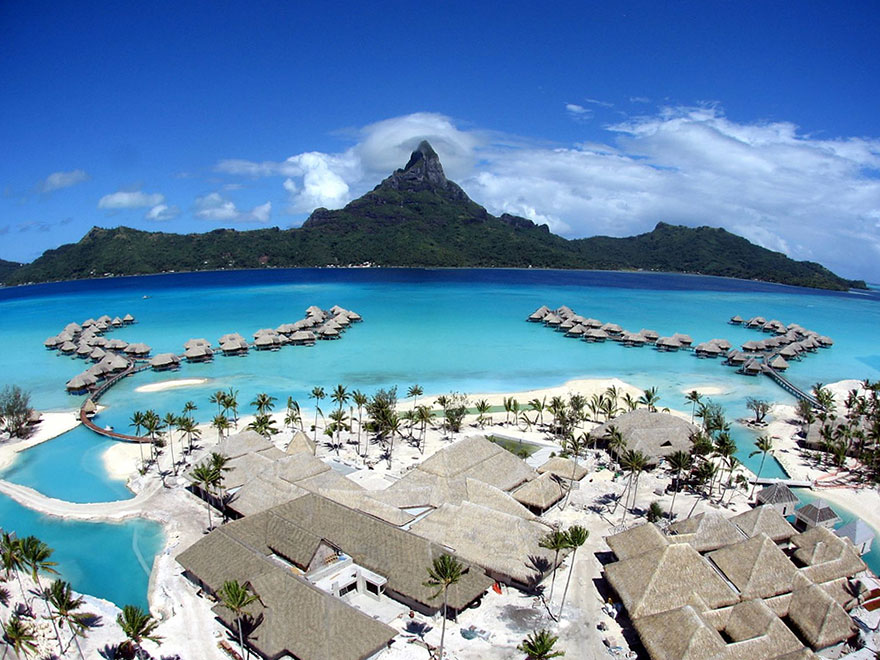
Image credits: Pierre Lesage
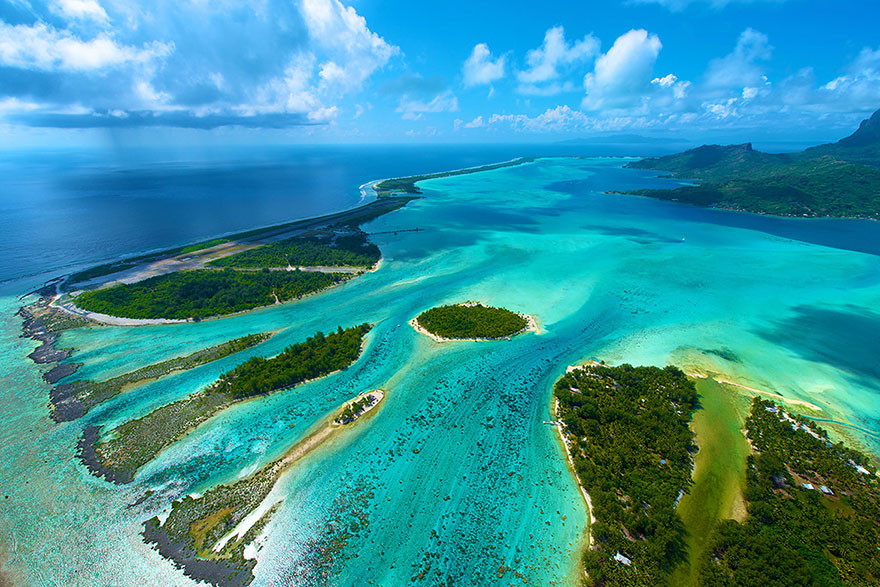
Image credits: David Kosmos Smith
28. Moraine Lake, Canada
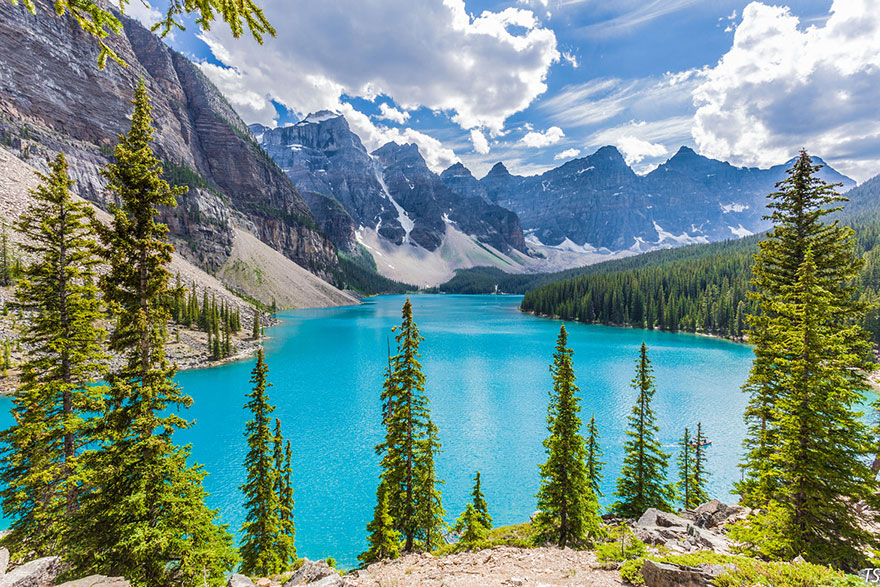
Image credits: Thomas Spinner
29. Tulip Fields in Netherlands
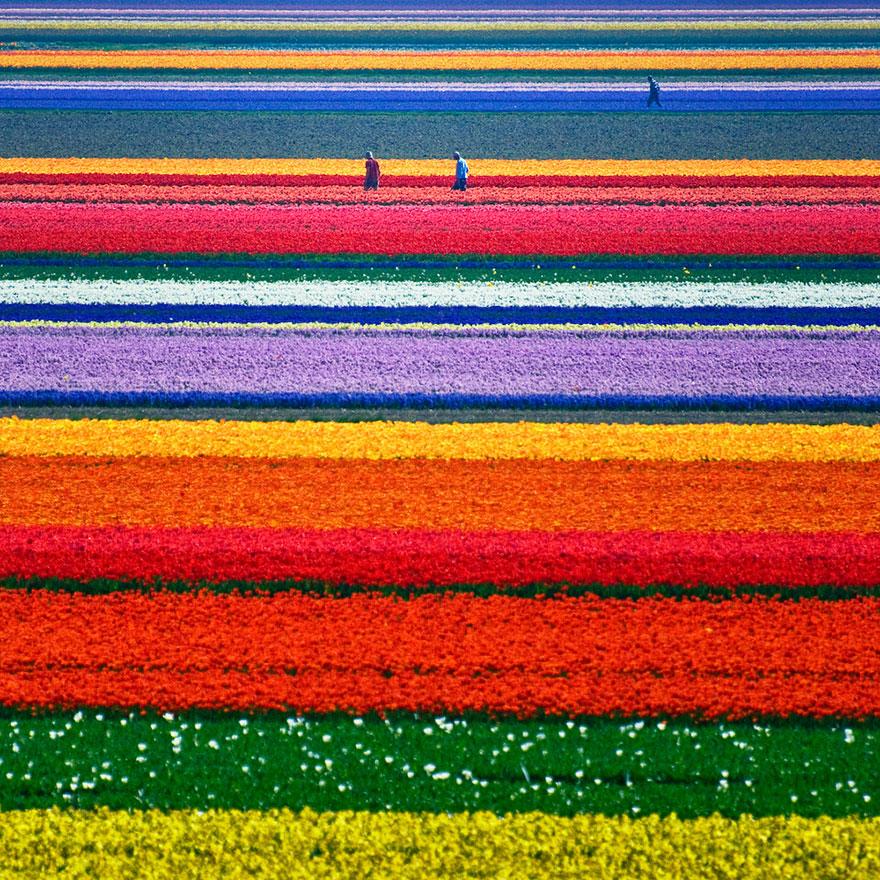
Image credits: Allard Schager
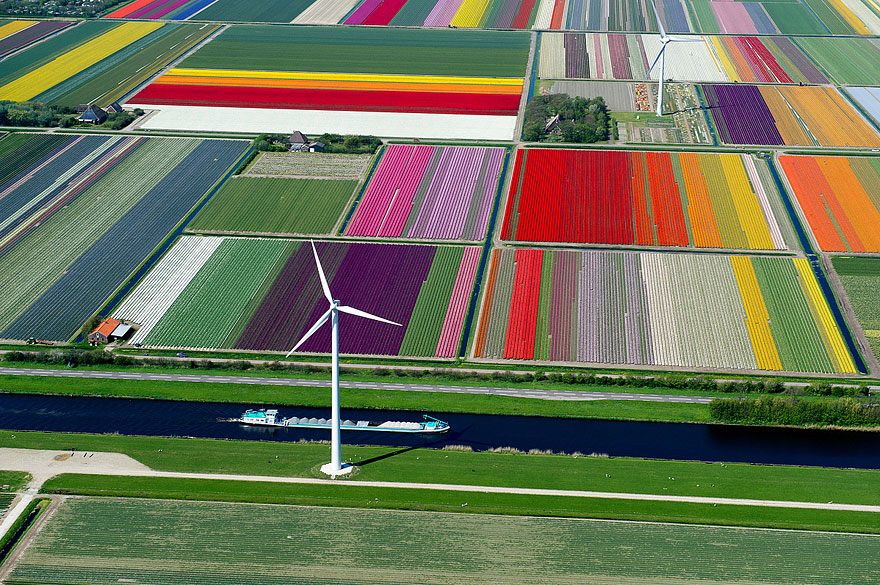
Image credits: Normann Szkop
30. Geiranger Fjord, Norway
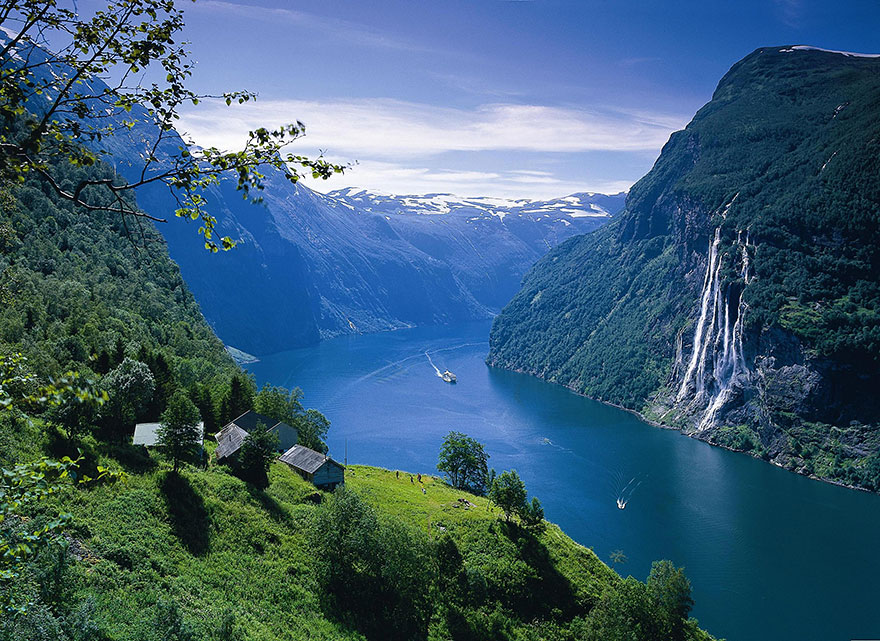
Image credits: norwegianfjordtravel.com
31. Mount Roraima, Venezuela/Brazil/Guyana
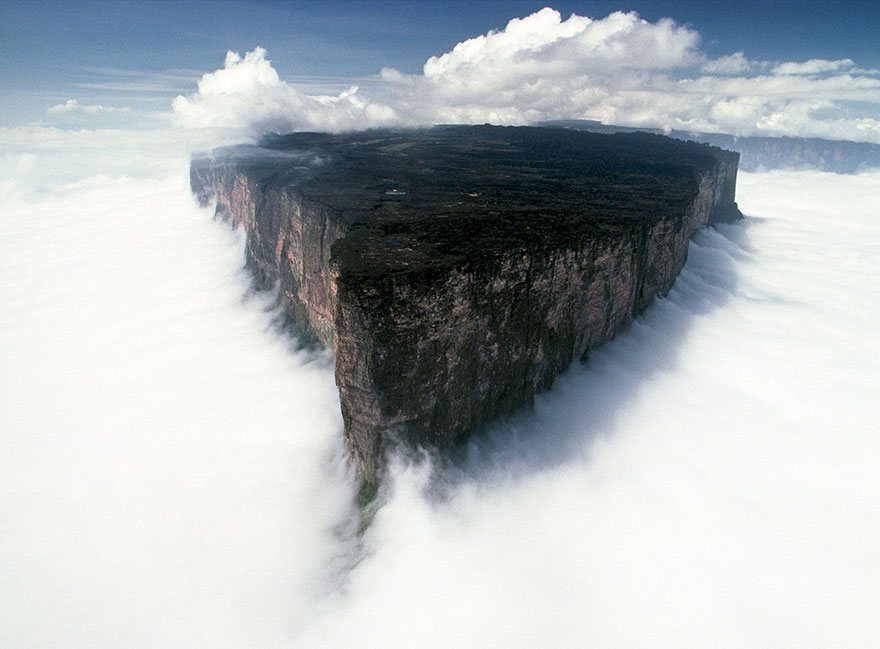
Image credits: imgur.com
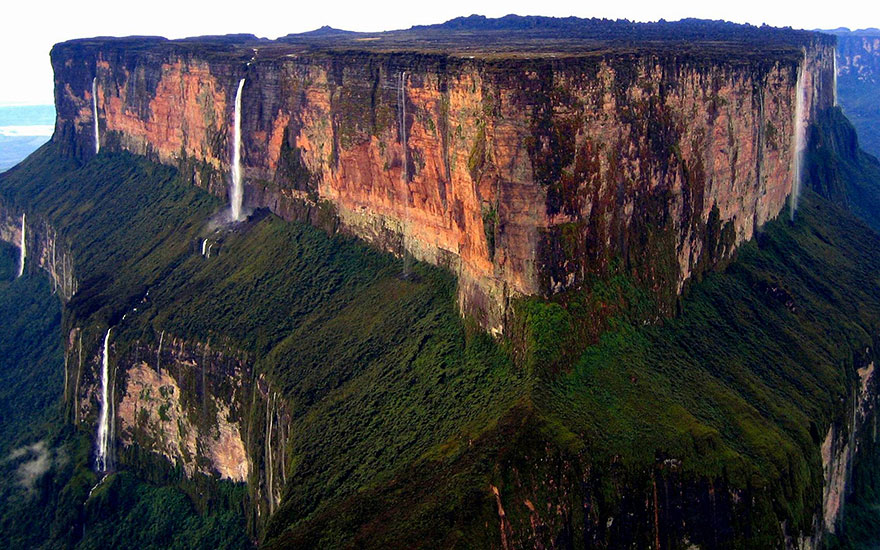
Image credits: greggoesglobal.com
32. Vatnajokull Glacier Cave, Iceland
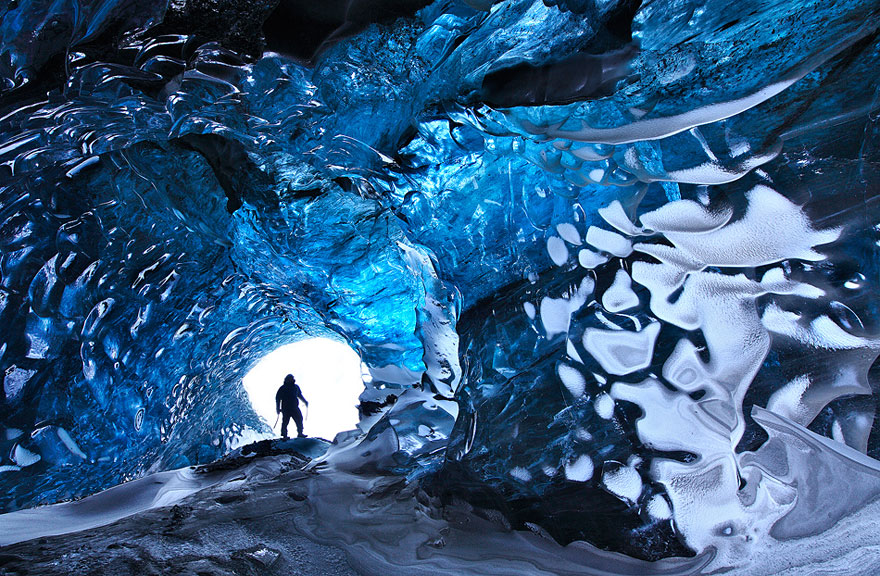
Image credits: orvaratli
33. Batu Caves, Malaysia
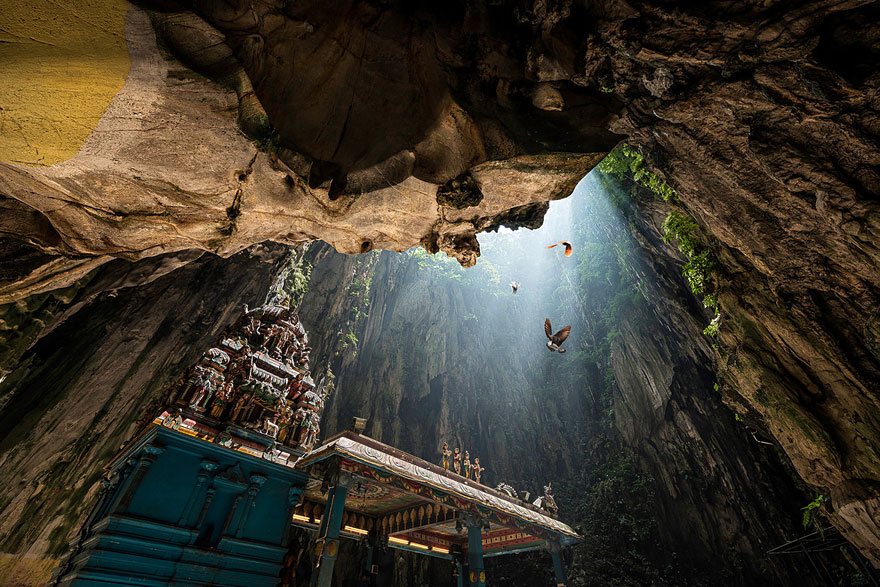
Image credits: Danny Xeero
34. Gásadalur, Faroe Islands
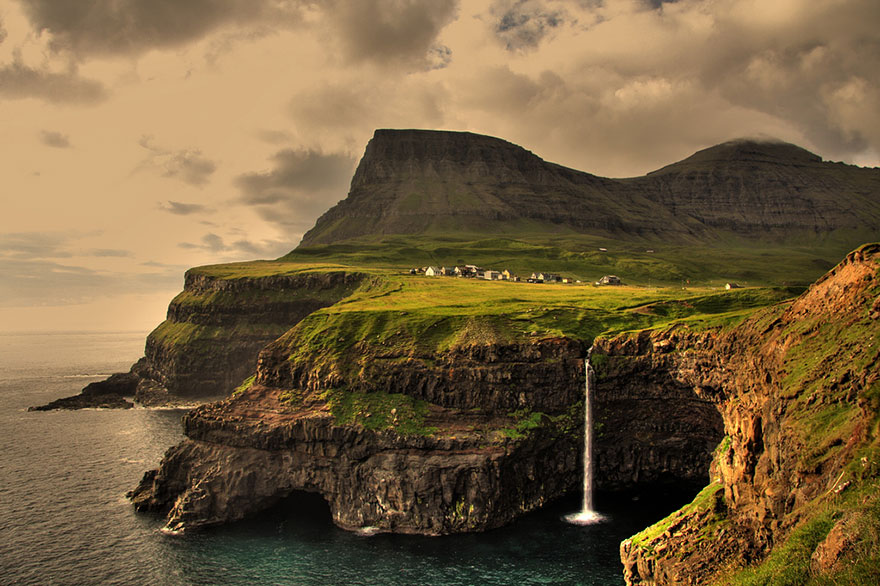
Image credits: Gareth Codd
35. Antelope Canyon, USA
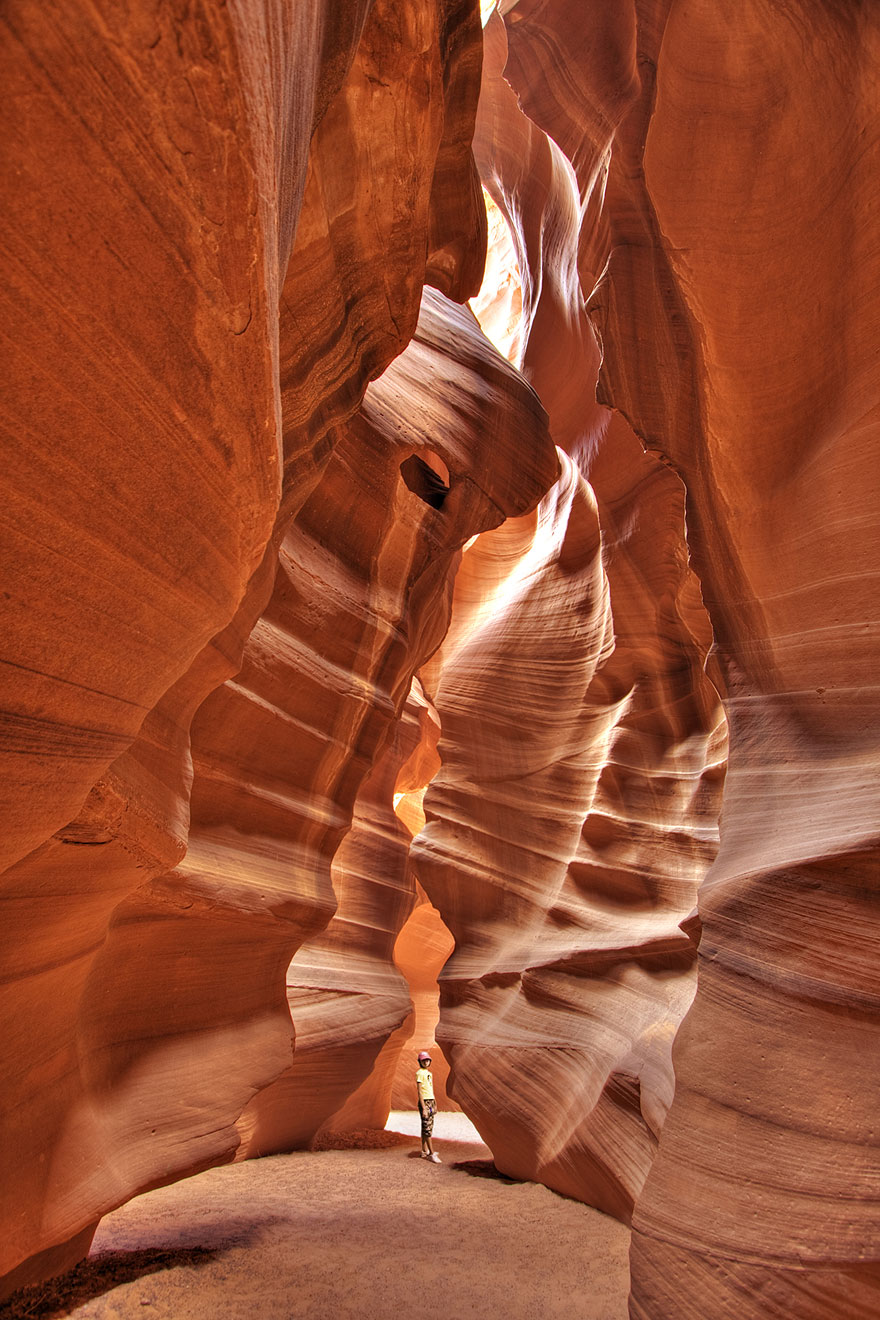
Image credits: CSMphotography
36. Iguazu Falls, Argentina/Brazil
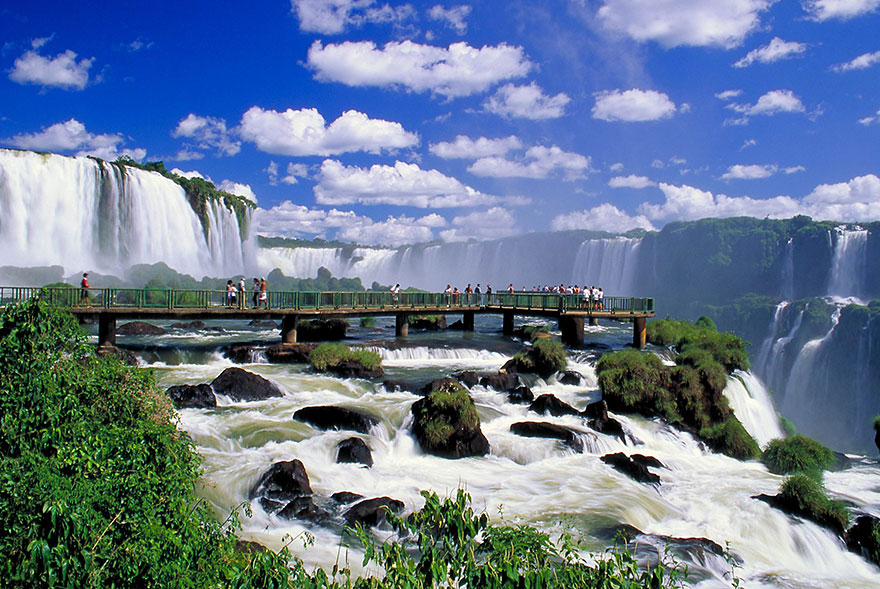
Image credits: vacationadvice101.com
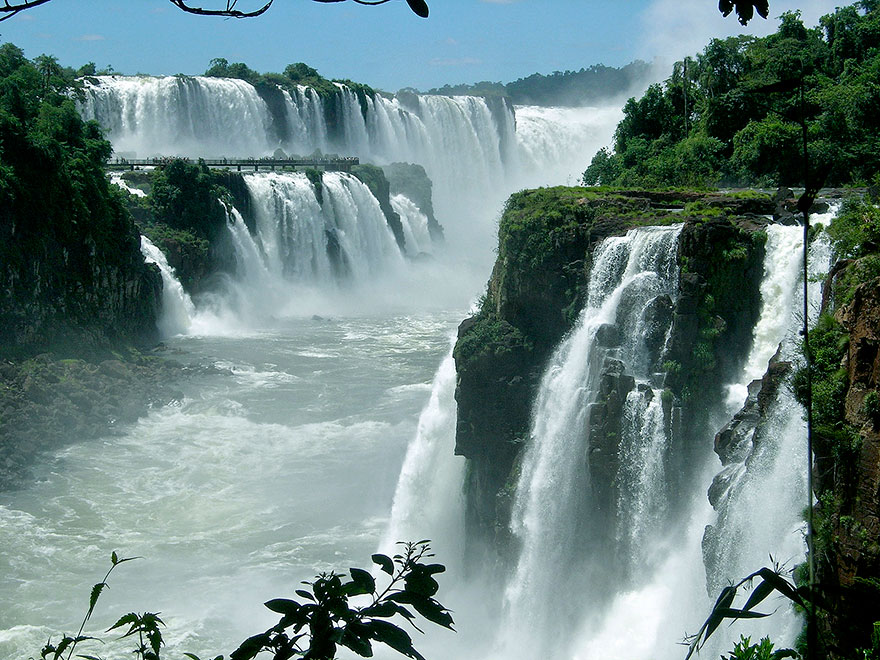
Image credits: leonlagben
37. Giza Pyramids, Egypt
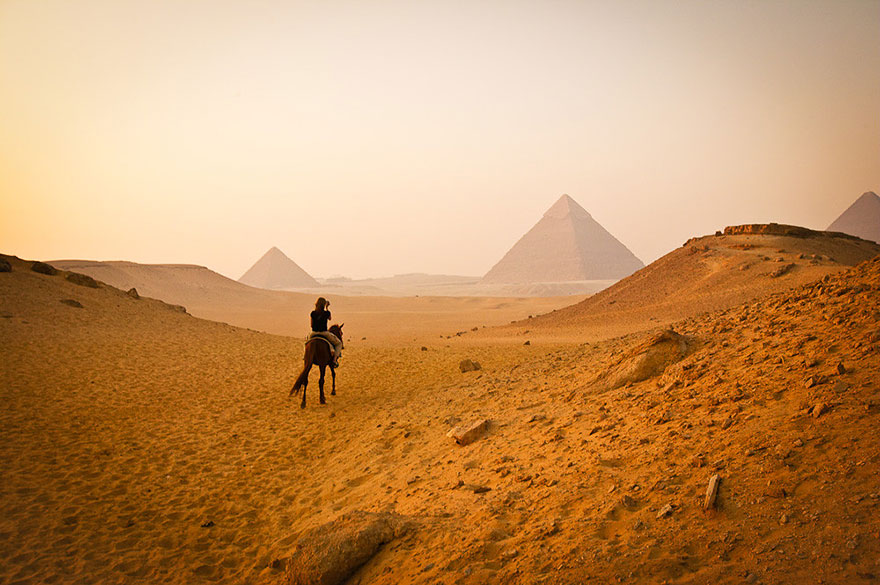
Image credits: Edward Ewet

Image credits: Dale Johnson
38. McWay Falls, USA

Image credits: Helena W
39. Cappadocia, Turkey
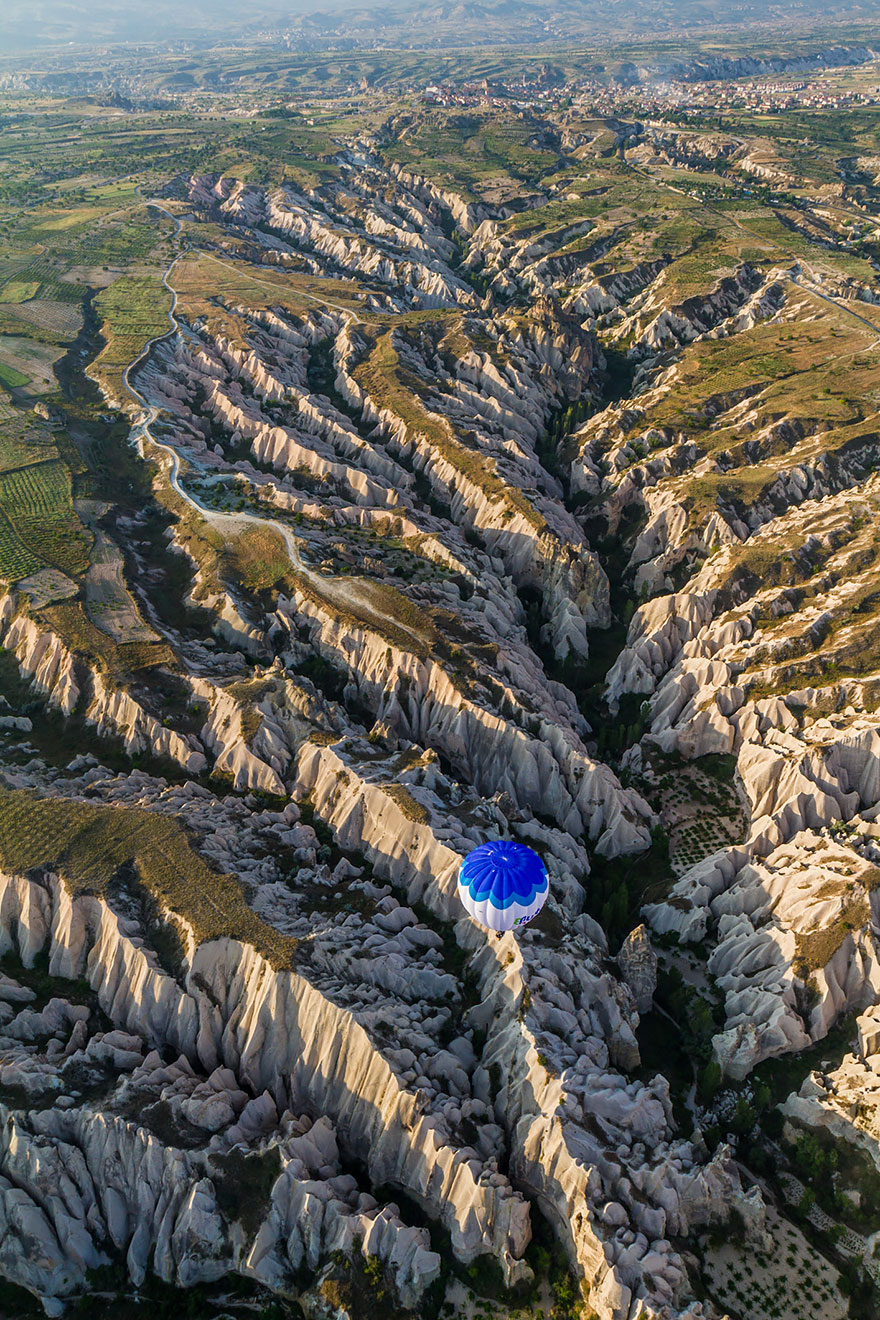
Image credits: Beng Lieu Song
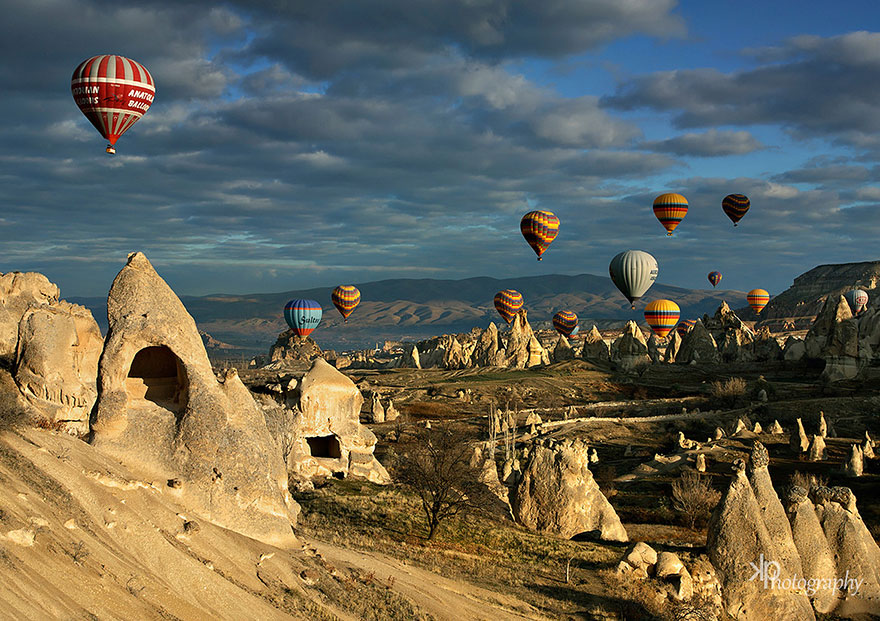
Image credits: Kani Polat
Hey, wait, there are only 39 places here! Can you suggest a 40th?

15 Of The Most Majestic Caves In The World
skocjan Caves (Slovenia)


Cave of Giant Crystals (Mexico)


Majlis al Jinn Cave (Oman)


Cave of the Ghost (Venezuela)


Waitomo Glowworm Cave (New Zealand)


Tremendous Cave System (Iran)


Eisriesenwelt Ice Caves (Austria)


Mammoth Cave (USA)


Dongzhong Cave (China)

Carlsbad Caverns (USA)


The Reed Flute Cave (China)


Cappadocia Cave City (Turkey)


Galos Salt Cave (Chicago)


Ice Caves (Antarctica)


Lechuguilla Cave (New Mexico)


Crystal Caves (Bermuda)


The Underwater Caves of The Riviera Maya (Mexico)


Underwater Caves (Fiji)


Cave of Fingal (Scotland)


Onondoga Cave (Missouri)


These stunning caves aren’t part of some fairy-tale world or horror movie – they can be found in some of the world’s most remote places in Asia, North America and Europe.
Some of these caves form when water seeps down through cracks in limestone rock. The limestone rock dissolves into the water bit by bit, forming cracks and openings. Over millions of years, these openings, and the limestone left behind by dripping water, can form the majestic caves you see here.
Other caves were formed over millions of years by being gradually worn away by lake or sea water.
If you’re thinking of rushing off to visit one of these caves, hold your horses. Although some of the caves are open for public, like Phraya Nakhon Cave in Thailand, the majority of them are only open to extreme adventurers who have to get their passes in advance. As you can see from the pictures below, the people who get the chance to explore these natural beauties are equipped with some special equipment.
Fortunately for us, almost all expeditions to the caves are joined by professional photographers. Their precious photo shoots allow us to learn about those mysterious places on Earth that are still untouched by humankind.
1. Son Doong Cave, Vietnam

Image credits: National Geographic

Image credits: National Geographic

Image credits: National Geographic
The Son Doong cave in Vietnam is the largest currently known cave in the world. It is filled with countless wonders including isolated ecosystems, weather systems and geological formations. For more information, check out our post about Son Doong.
2. Ice Cave Near The Mutnovsky Volcano, Russia

Image credits: Denis Budko

Image credits: Florian Wizorek

Image credits: Florian Wizorek
Ice caves like these form in the glaciers surrounding the Mutnovsky Volcano in Russia. Some of them are formed by vents that release volcanic heat and gases called fumaroles.
3. Naica Mine, Mexico

Image credits: nicole_denise

Image credits: nicole_denise
The Naica Mine caves in Mexico are home to some of the largest crystals ever seen. The Crystal Cave, where these crystals are located, is closed to the public because of its depth, heat and other issues. However, plenty of pictures have been taken to document this monumental crystal cavern.
4. Vatnajokull Glacier Cave, Iceland

Image credits: orvaratli

Image credits: Einar Runar Sigurdson

Image credits: skarpi
This cave is located in Iceland’s Vatnajokull Glacier, the largest glacier in Europe. Caves like these form due to melting glacial icewater, but they can be dangerous because glaciers are constantly breaking and changing.
5. Batu Caves, Malaysia

Image credits: Danny Xeero
The Batu Caves in Malaysia have been used by English and Chinese settlers as well as the indigenous Temuan people. The bat guano in the cave was mined for agricultural purposes, but now the cave is filled with statues and is open to visitors.
6. Mendenhall Glacier Cave, USA

Image credits: Kent Mearig
This ice cave is part of the Mendenhall Glacier near Juneau, Alaska. The spectacular cave was carved out of the glacier by melting icewater. Due to the ever-changing conditions at glaciers, it is unclear whether this cave will still be around for long.
7. Cave in Algarve, Portugal

Image credits: Bruno Carlos
The Algarve region in Portugal, where this cave is located, is prone to various seaside formations because of the rock face’s relative solubility in water. This specific cave near Lagos is accessible only by water.
8. Glowworms Cave, New Zealand

Image credits: waitomo.com

Image credits: waitomo.com

Image credits: waitomo.com
The Waitomo glowworm caves in New Zealand are home to a unique insect – the glowworm. This insect hangs glistening silken strands from the ceiling of the cave and glows to attract unsuspecting prey. To read more about this fascinating and unique ecosystem, check out our post about the Waitomo caves.
9. Tham Lod Cave, Thailand

Image credits: John Spies

Image credits: John Spies
The Nam Lang river runs through the Tham Lod cave in northern Thailand. The cave is filled with beautiful stalactites and stalagmites and is home to hundreds of thousands of Pacific swifts that have adapted to spend parts of their lives in caves.
10. Kyaut Sae Cave, Myanmar

Image credits: Leopard
Very little is known about this cave in Kyaut Se, Myanmar, other than that the inside has been fitted as a Buddhist temple.
11. Marble Caves, Patagonia

Image credits: Edison Zanatto

Image credits: kellywhite
The Marble Caves in Patagona are known for the spectacular reflections that the turquoise water casts on the white marble ceiling of the cave. They are also called the Marble Cathedral because of their beautiful and arching forms.
12. Antelope Canyon, USA

Image credits: wikipedia.org

Image credits: Greg Boratyn
Antelope Canyon in Arizona was carved out by thousands of years of persistent wind and flash floods, which is why its smooth walls look so smooth and fluid. During the desert’s monsoon season, dangerous flash floods can occur without warning from rains that have fallen miles away. These flash floods have taken the lives of quite a few unwary tourists.
13. Phraya Nakhon Cave, Thailand

Image credits: Georgi Iashvili

Image credits: Wasitpol Unchanakorrakit
The Phraya Nakhon Cave in Thailand was historically a popular visiting place for local kings because of the illumination provided by the collapsed roofs. The pavilion in the center was built for the visit of King Chulalongkorn in 1890.
14. Ellison’s Cave, USA

Image credits: secondglobe.com
This is the Fantastic Cave pit, part of Ellison’s Cave in Georgia, U.S.A. It is a popular attraction for pit cavers – those who enjoy rappelling down vertical subterranean drops.
15. Reed Flute Cave, China

Image credits: Peter Stewart

Image credits: Pasquale di Pilato
The Reed Flute Cave in Guangxi, China has been visited by tourists for at least 1200 years. The cave is home to a spectacular array of stalagmites and stalactites. It is named for the reeds that grow at its mouth, which can be made into flutes.

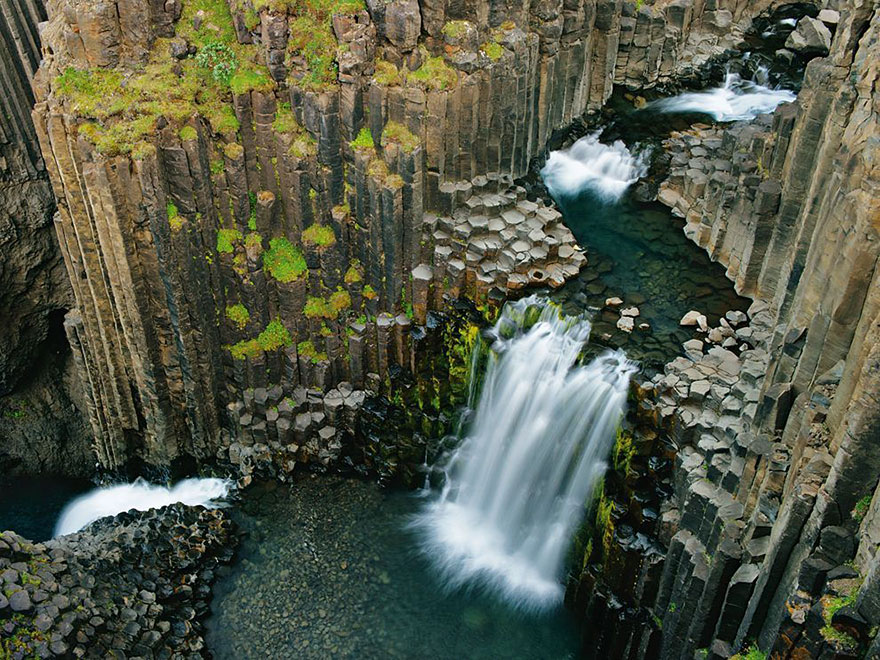
Không có nhận xét nào:
Đăng nhận xét